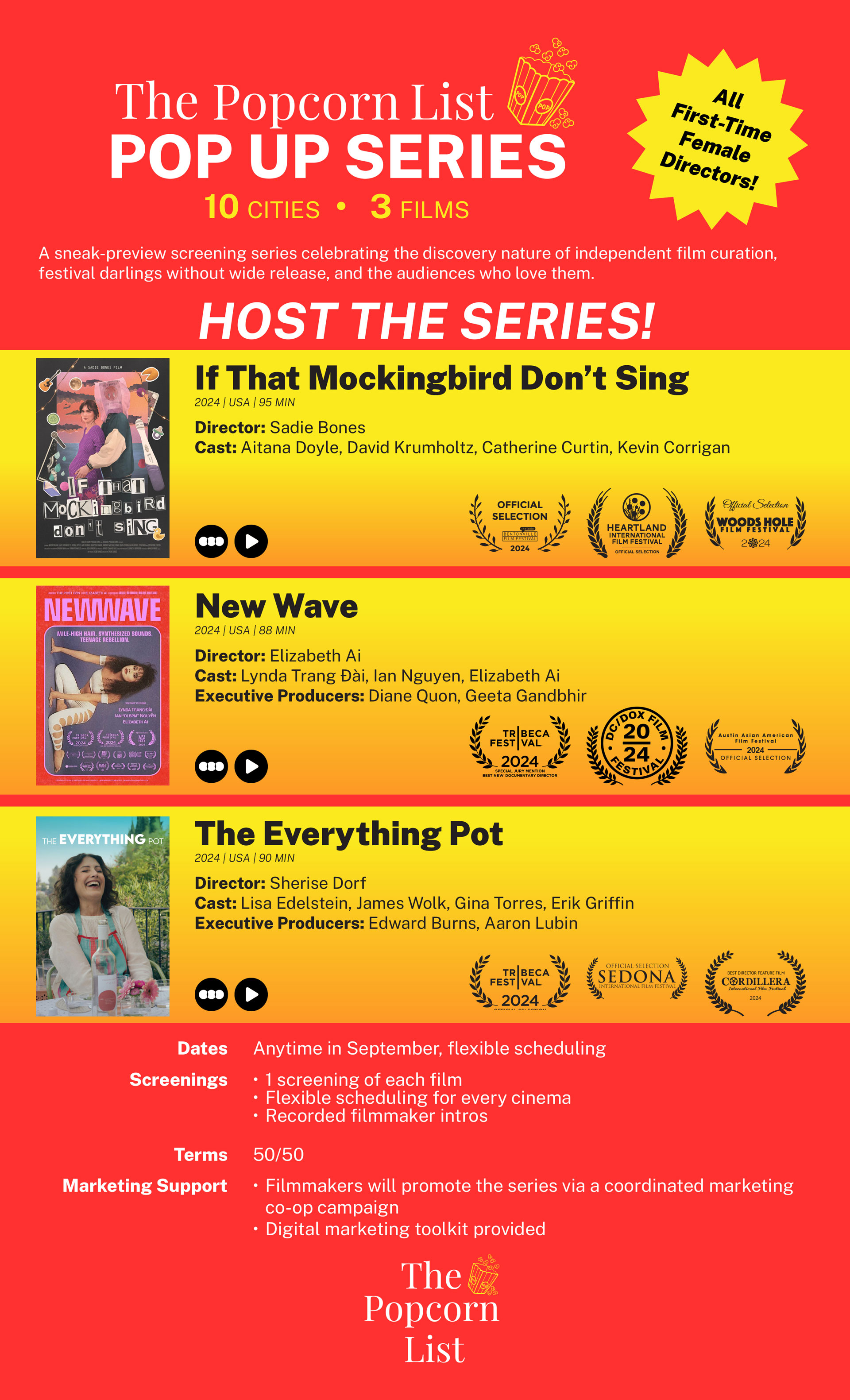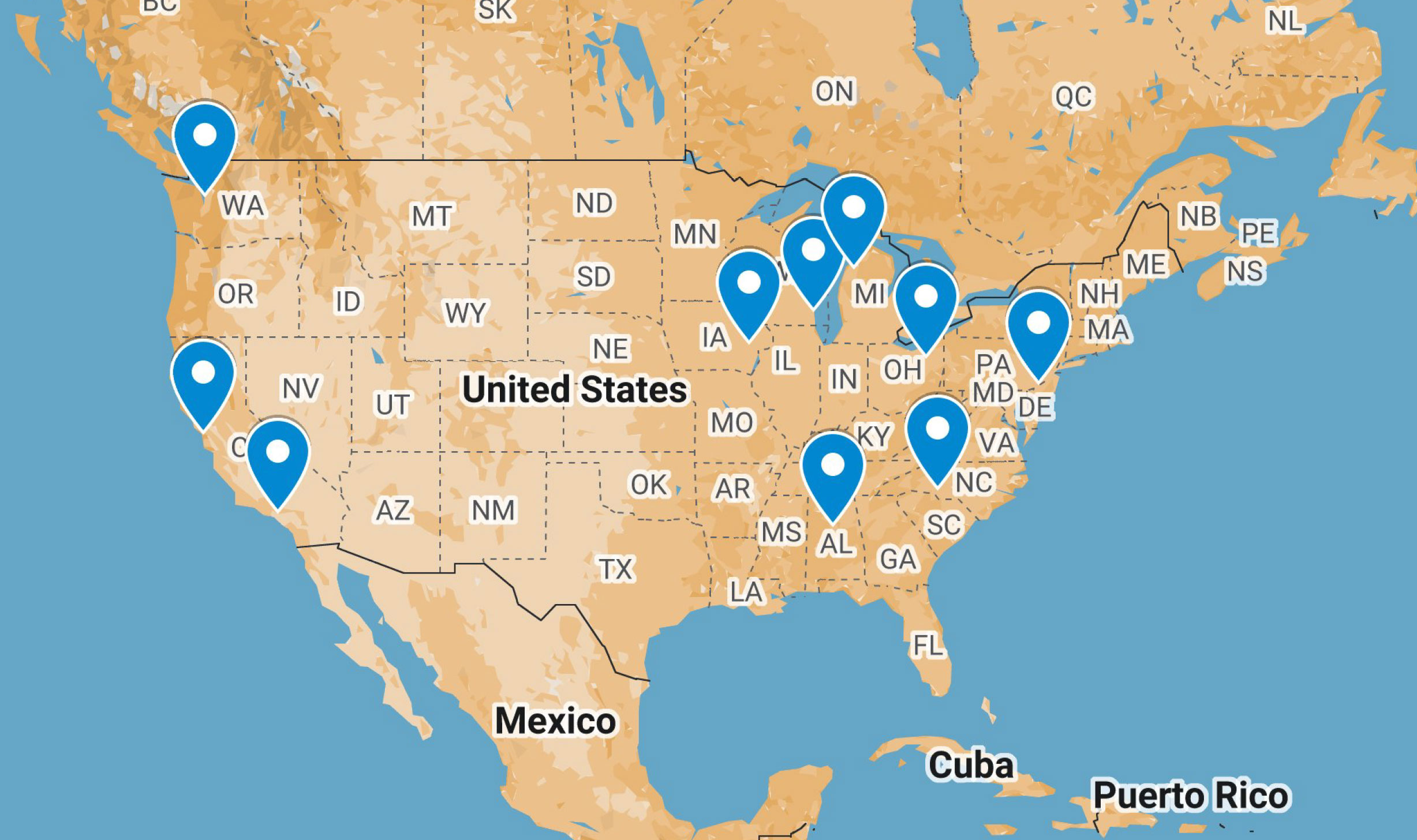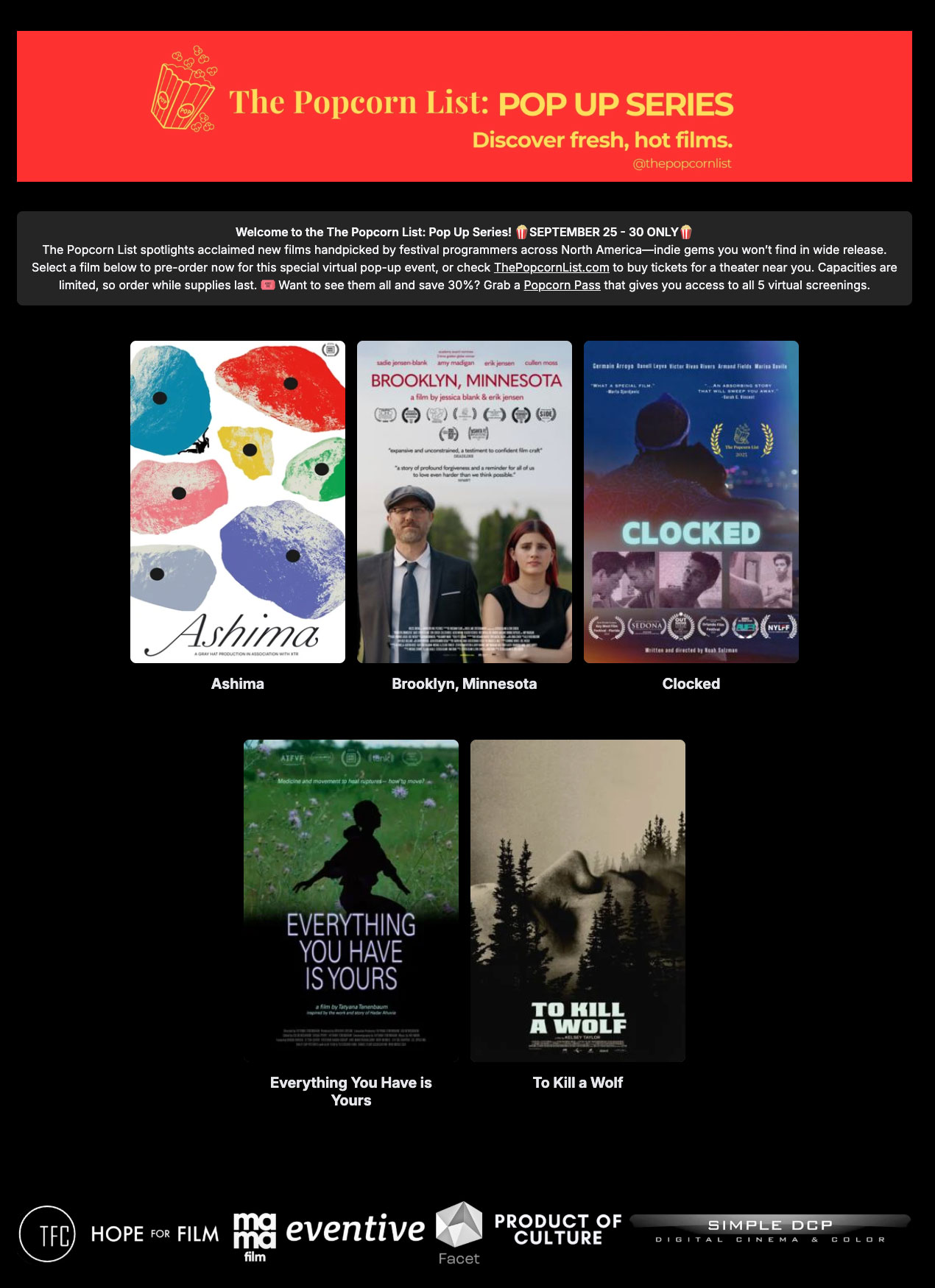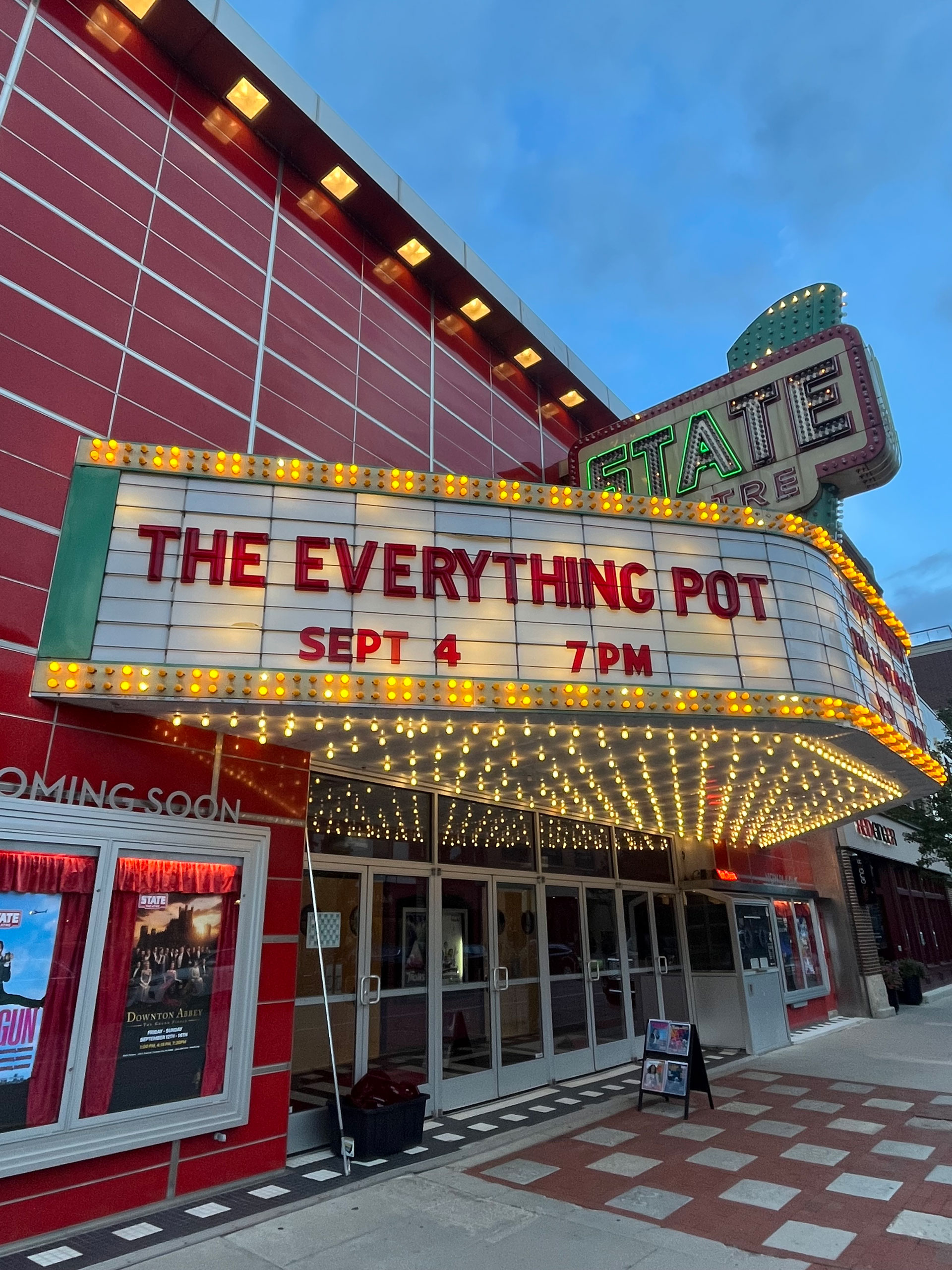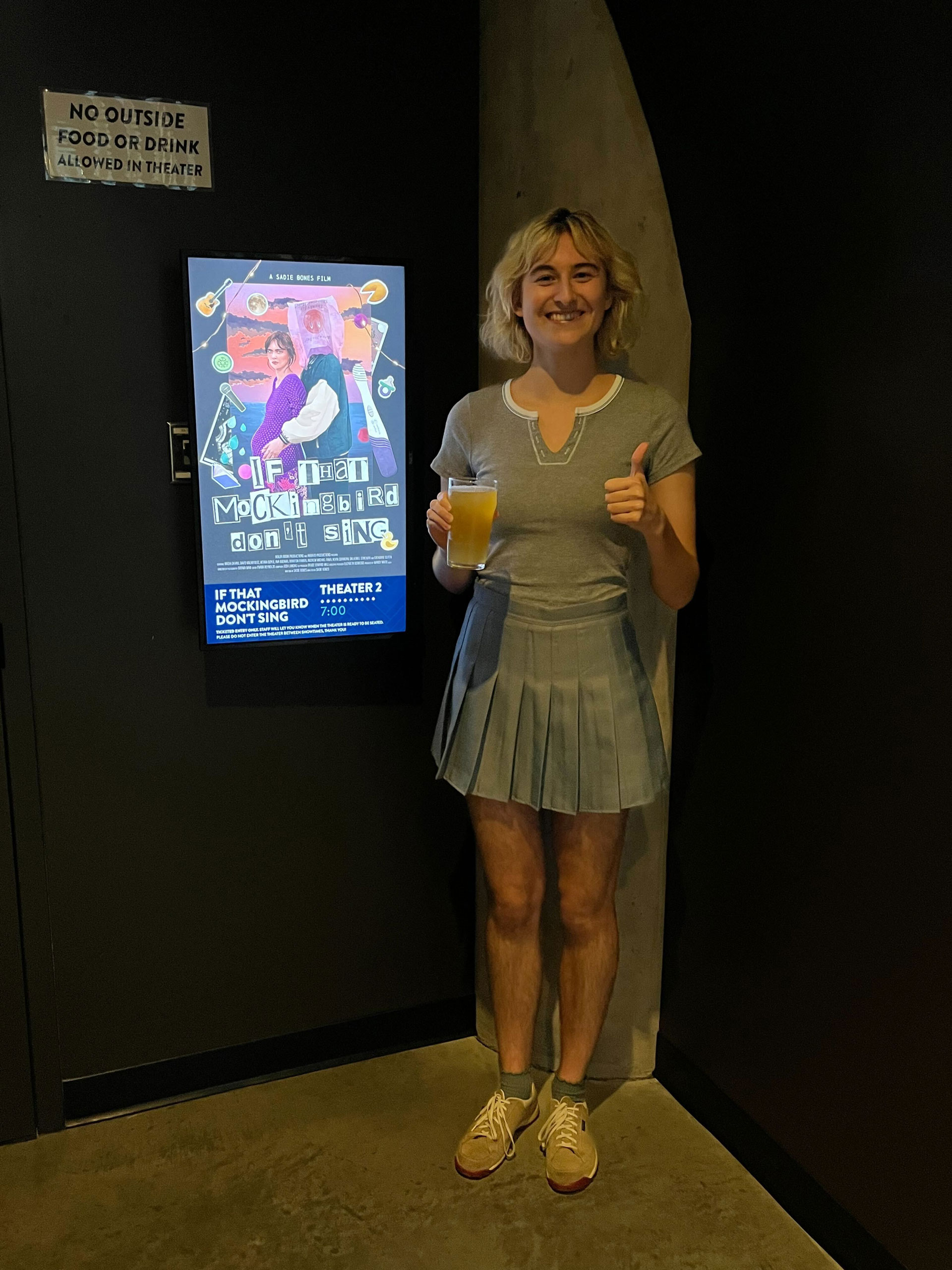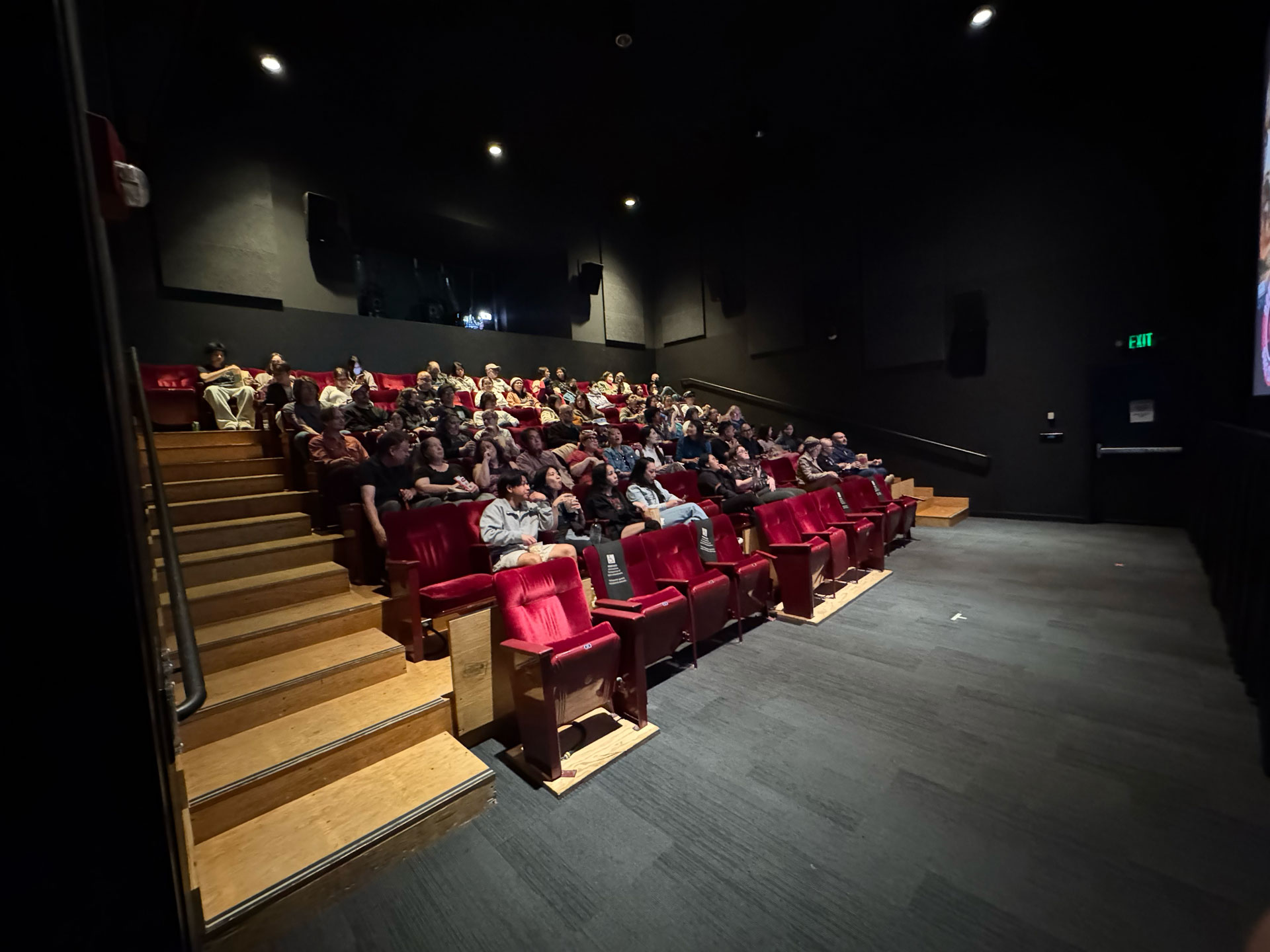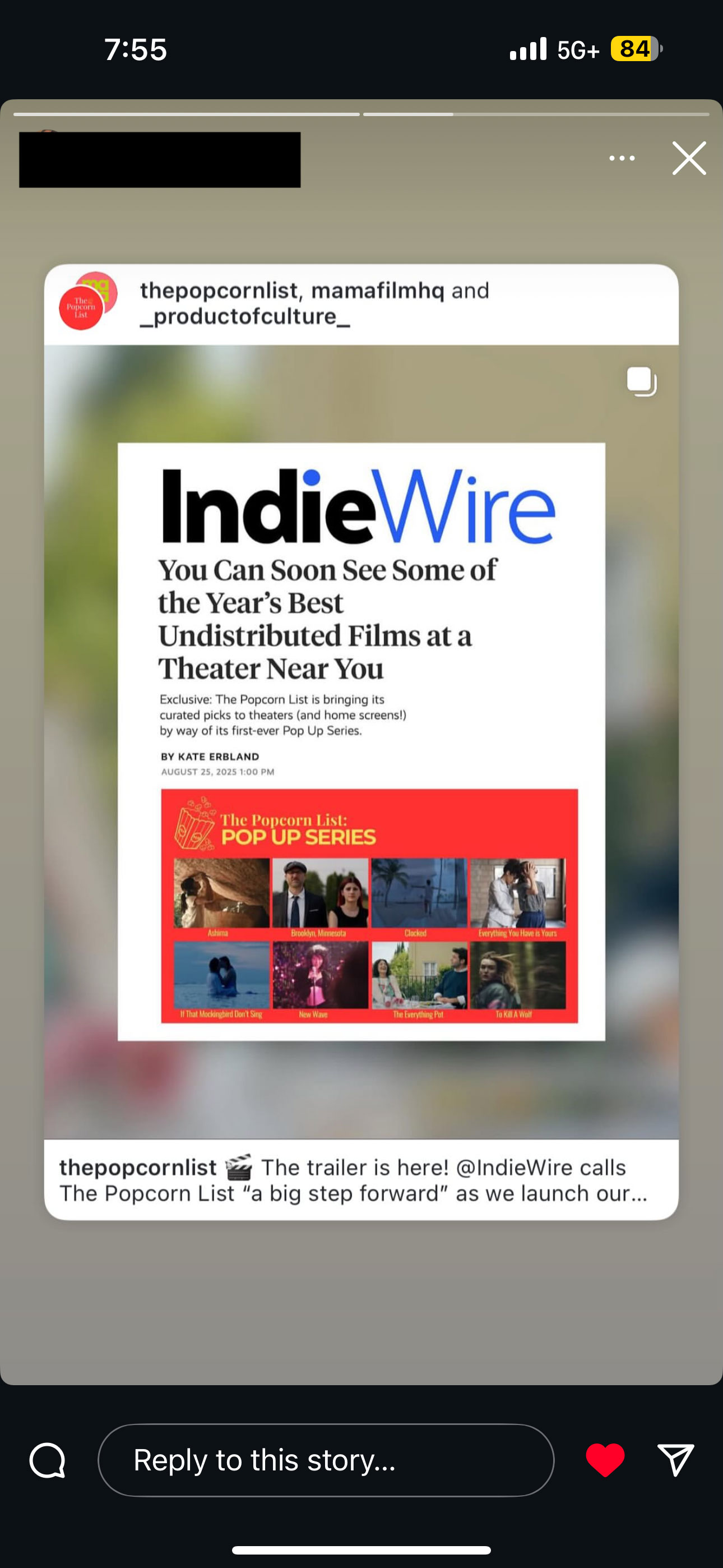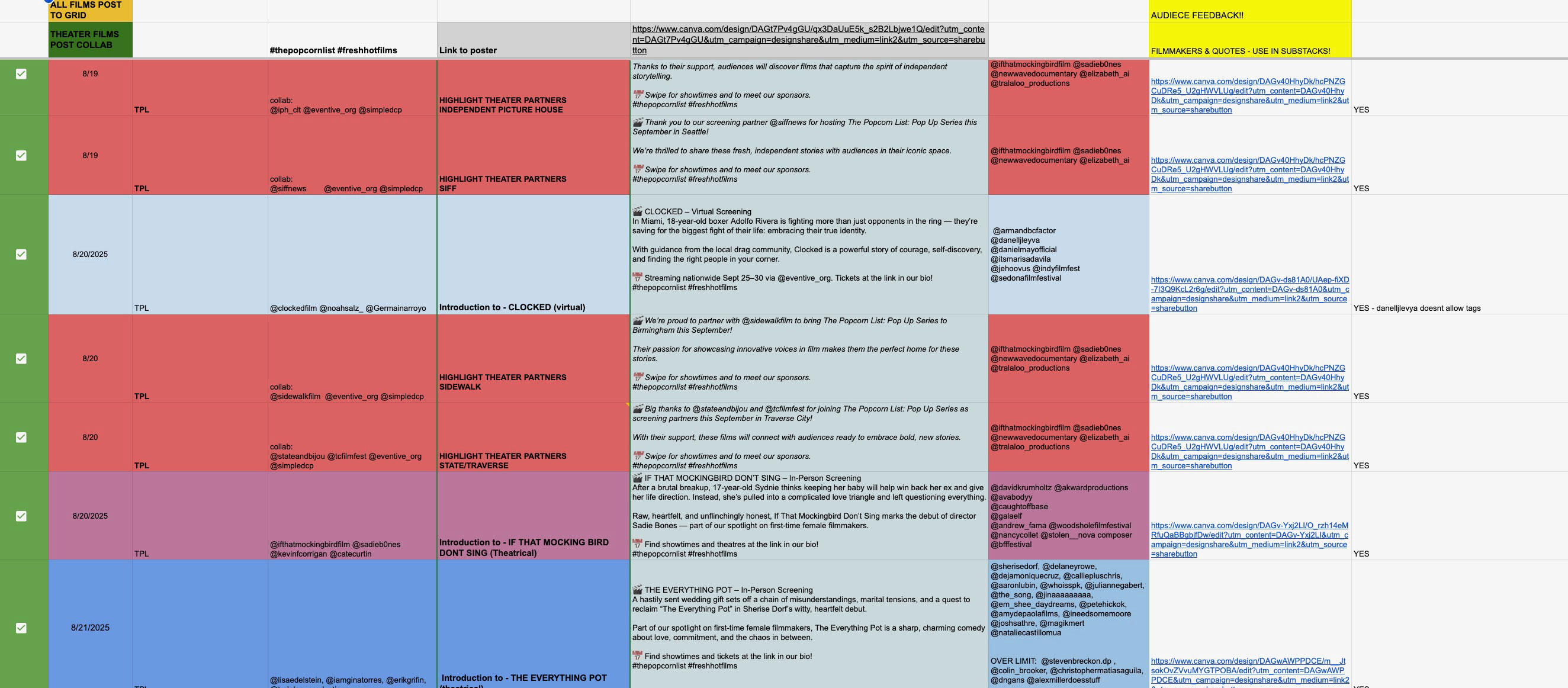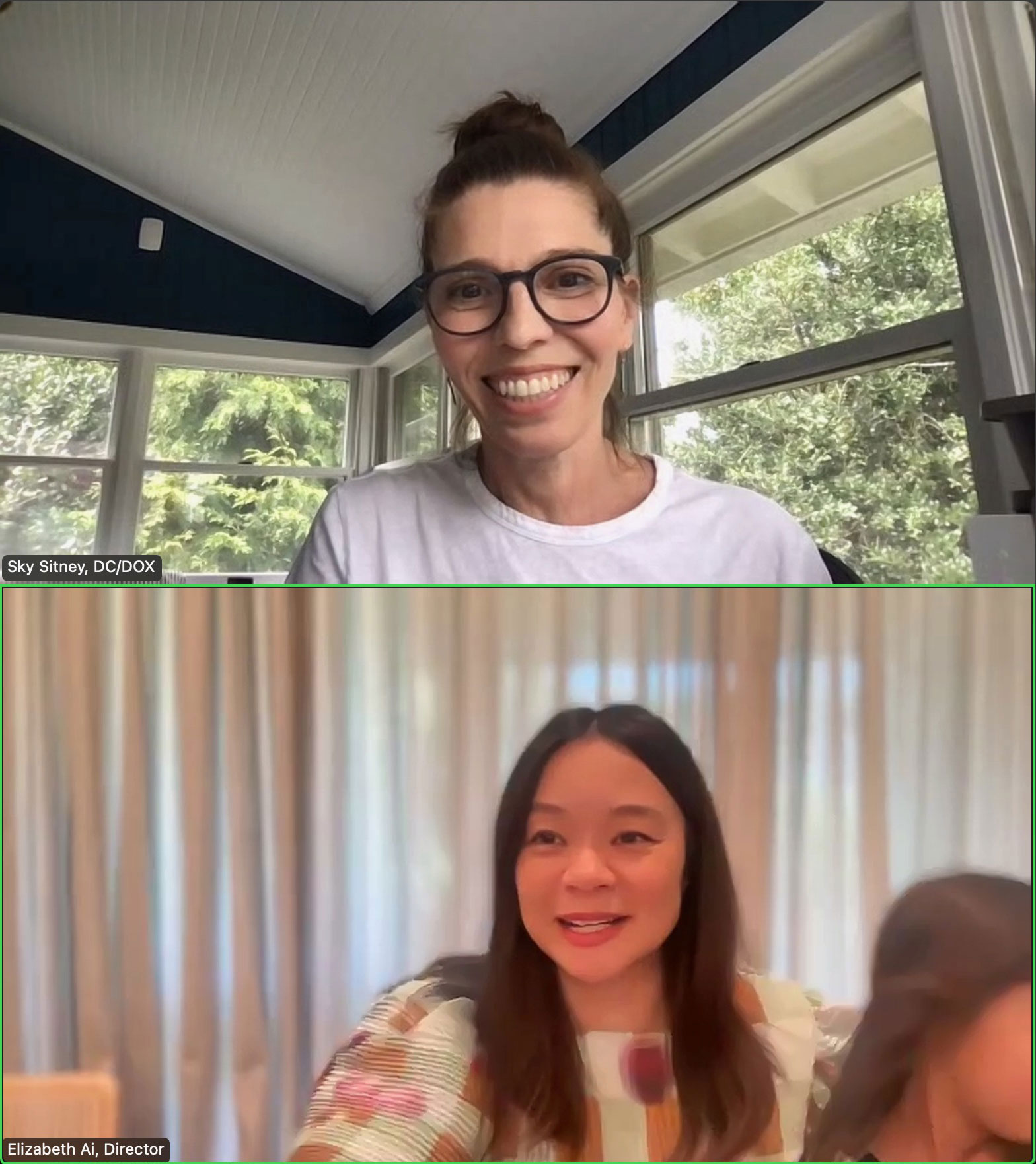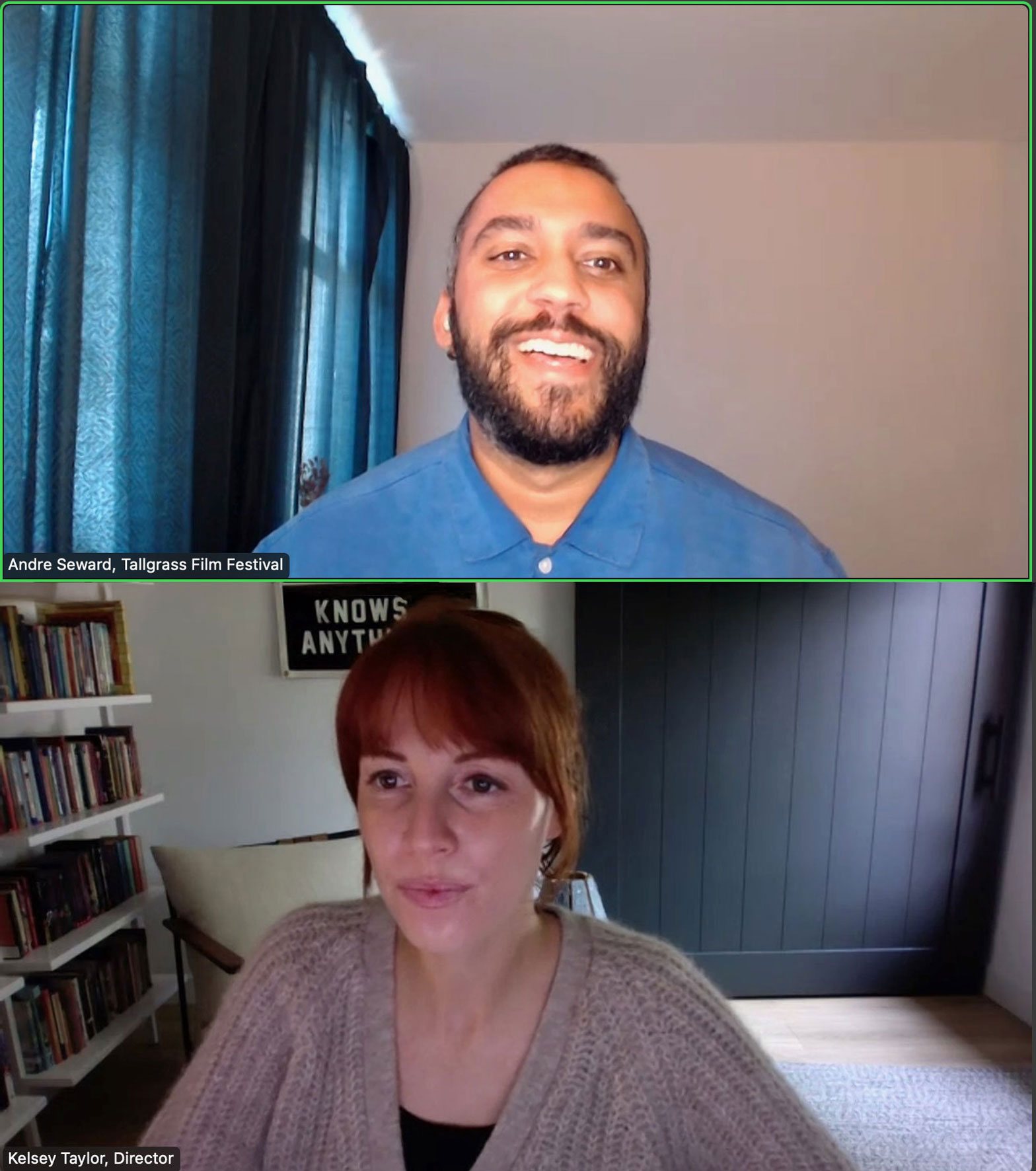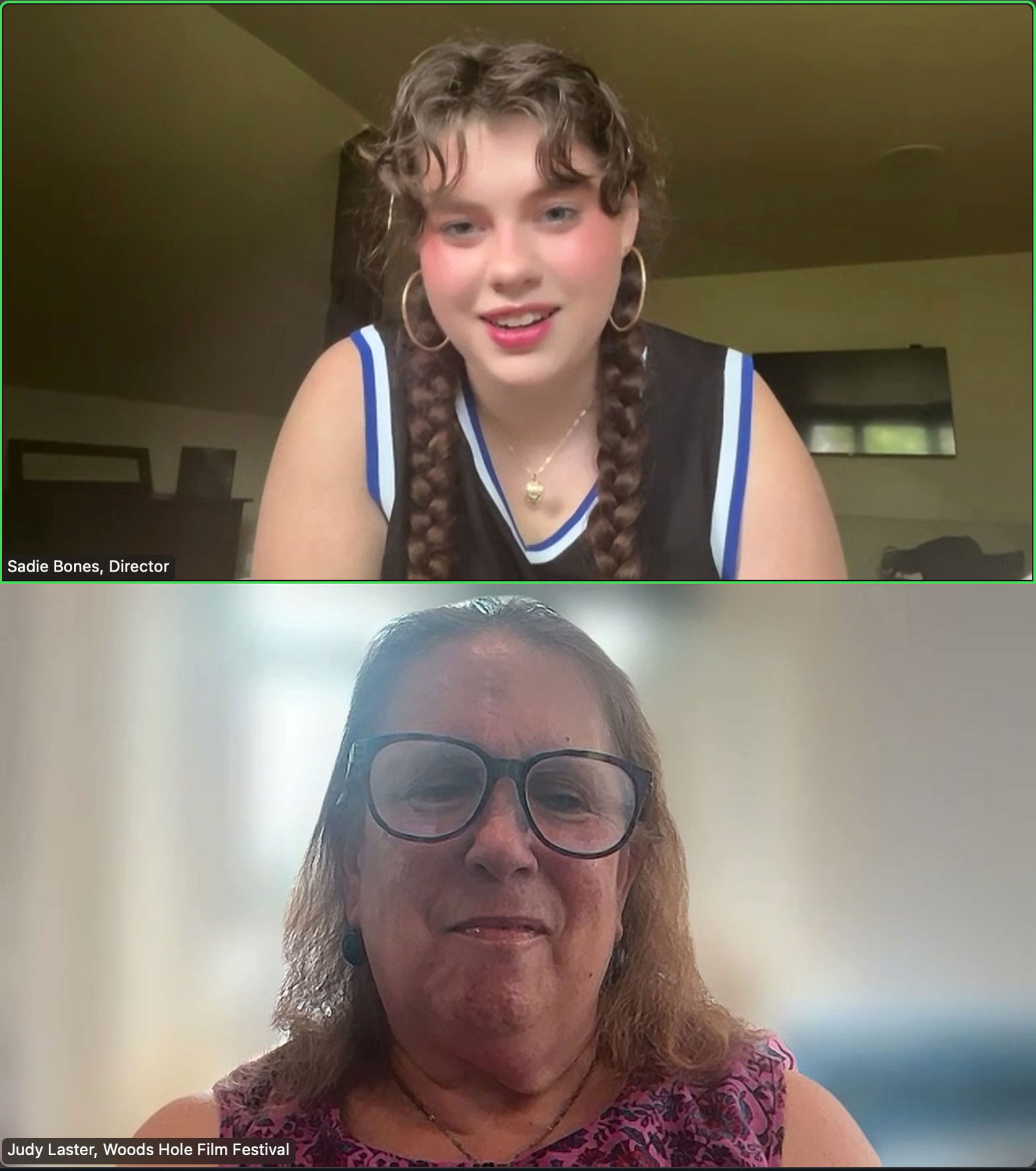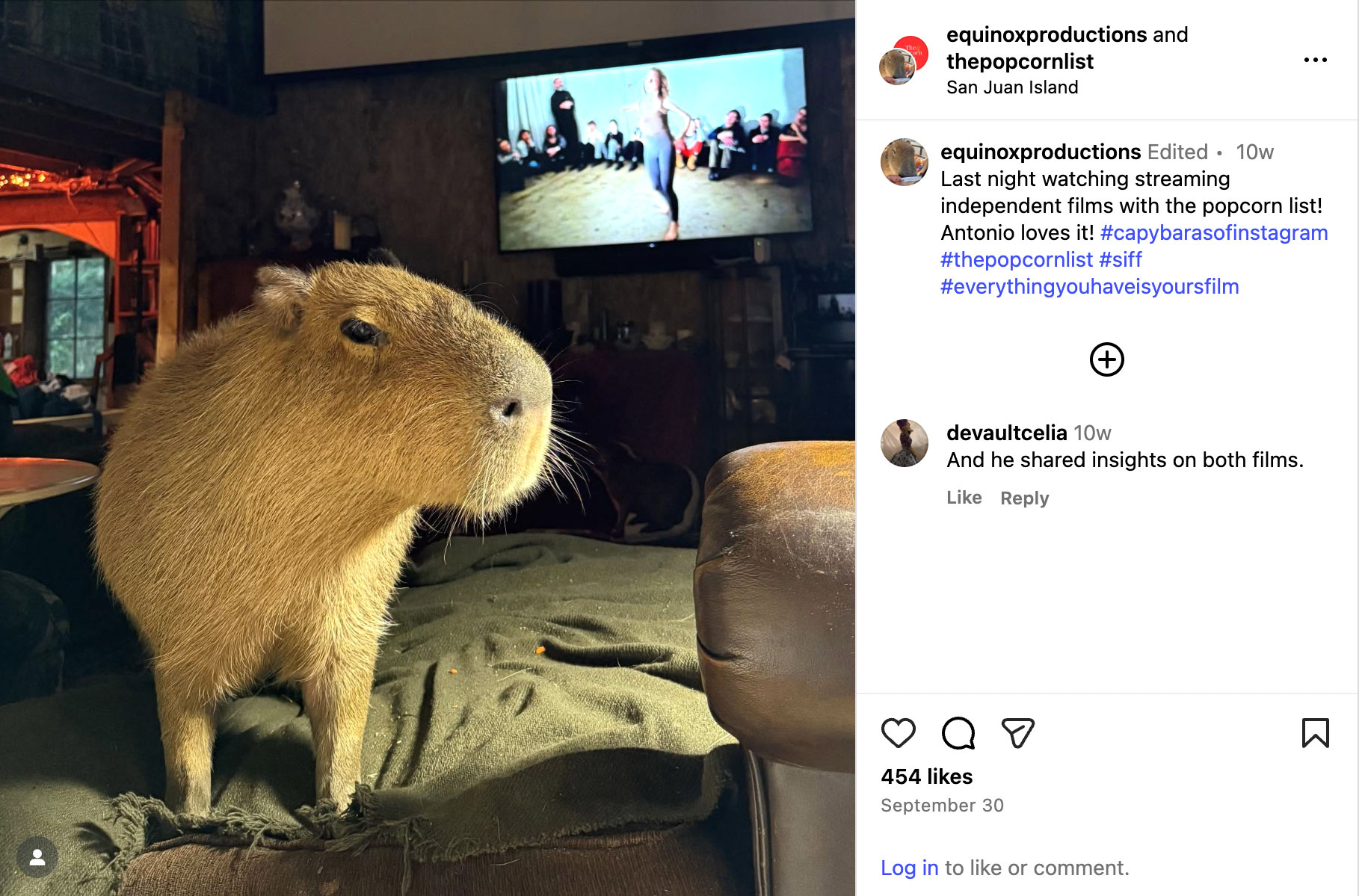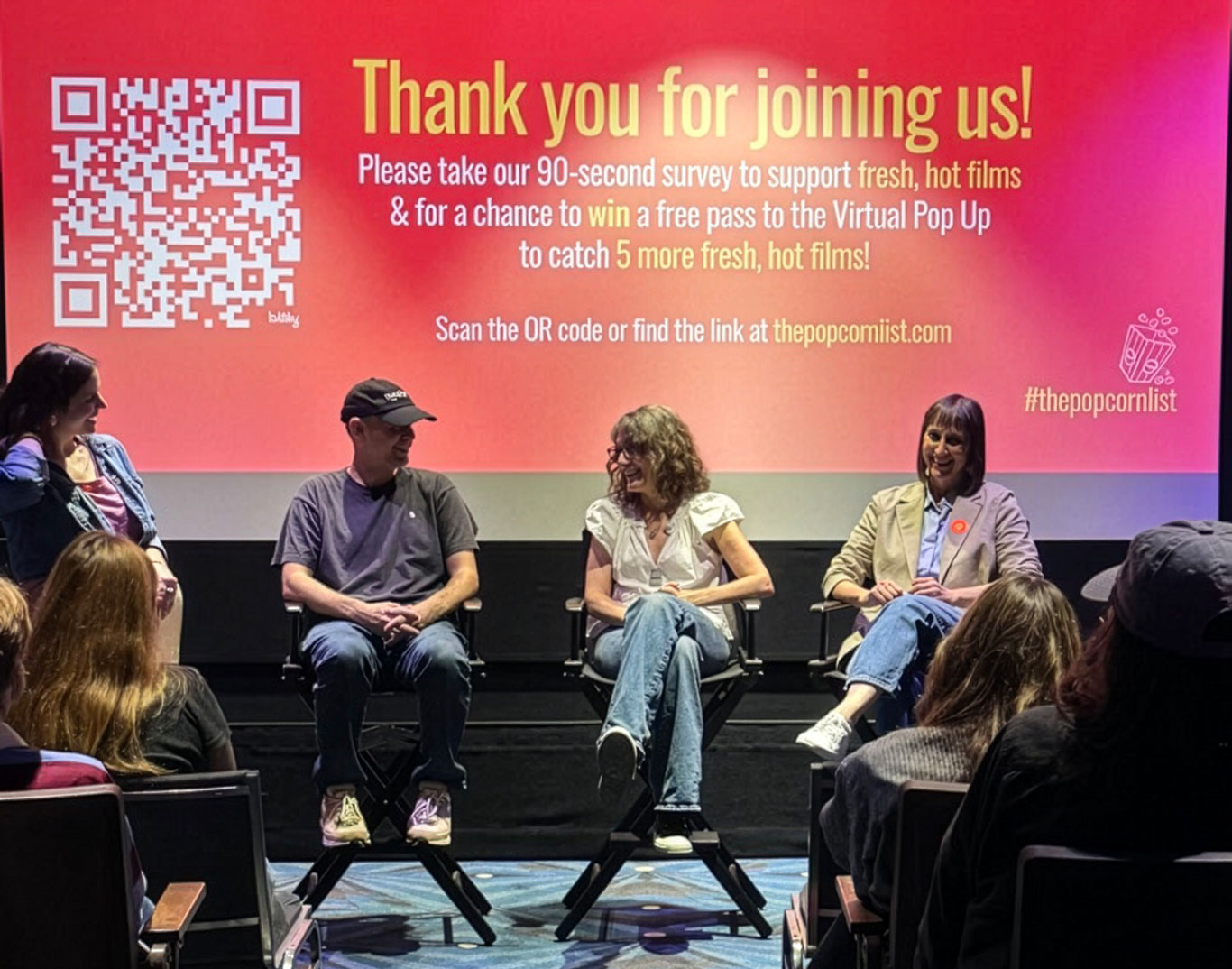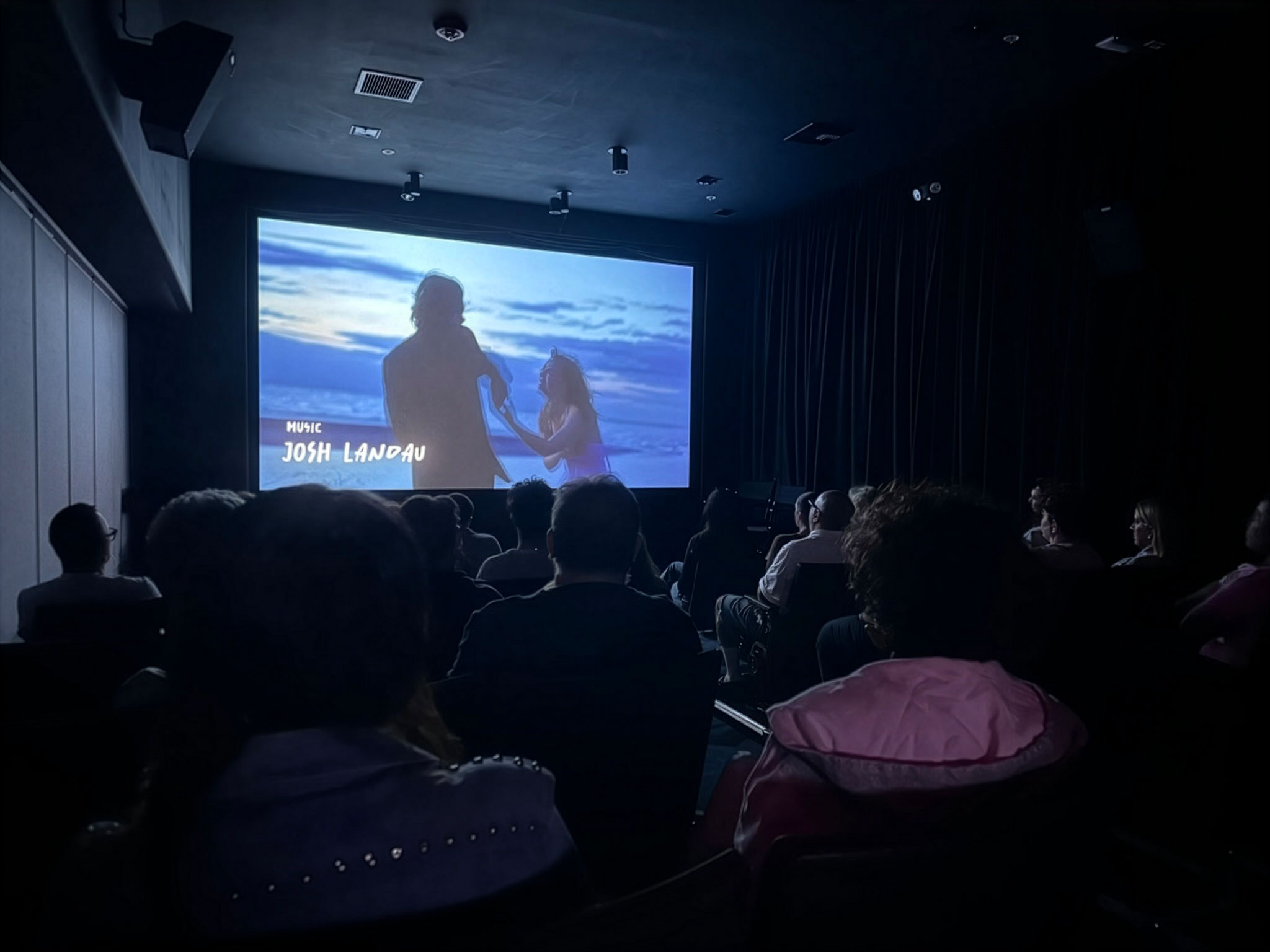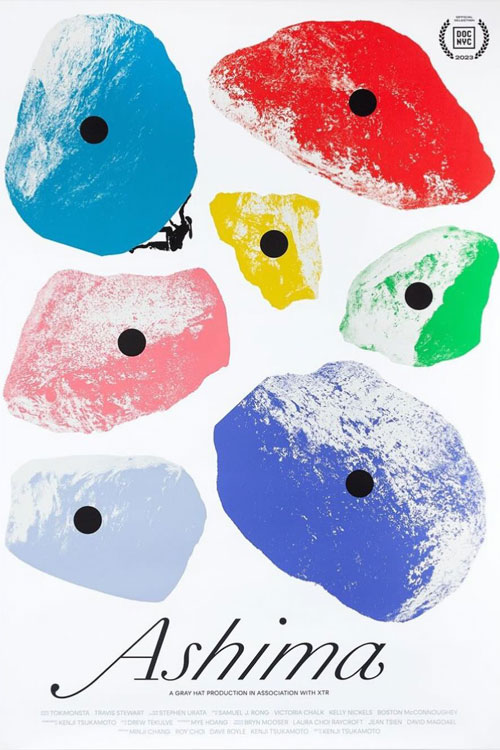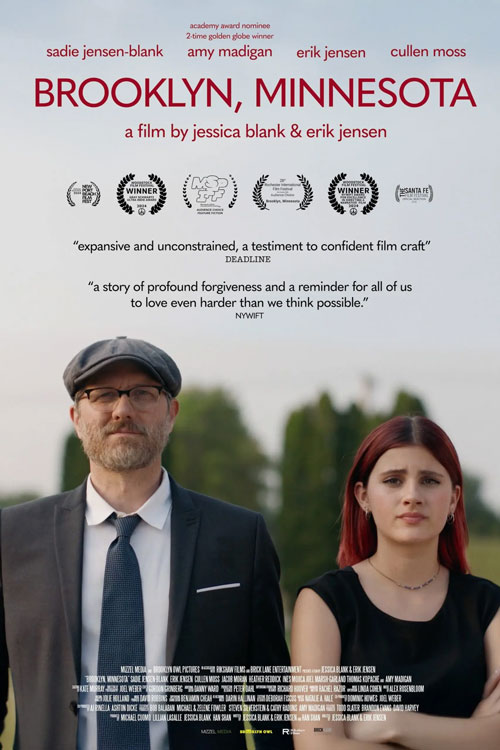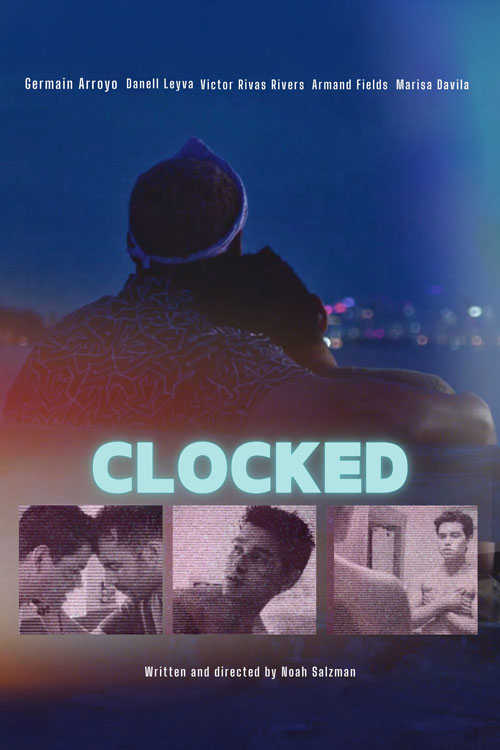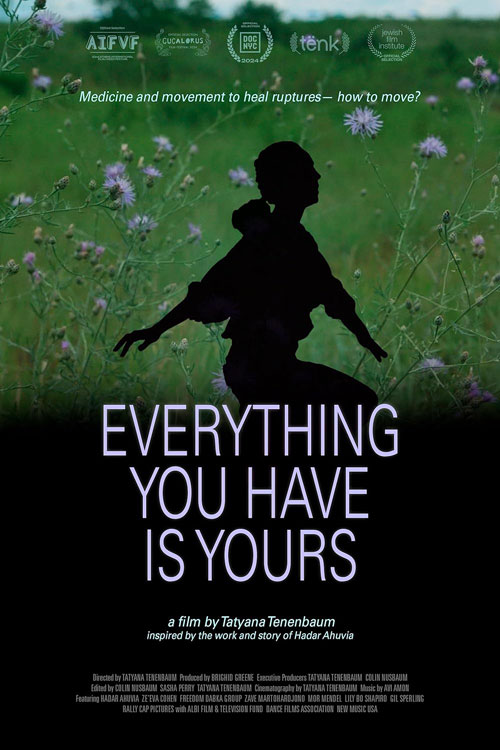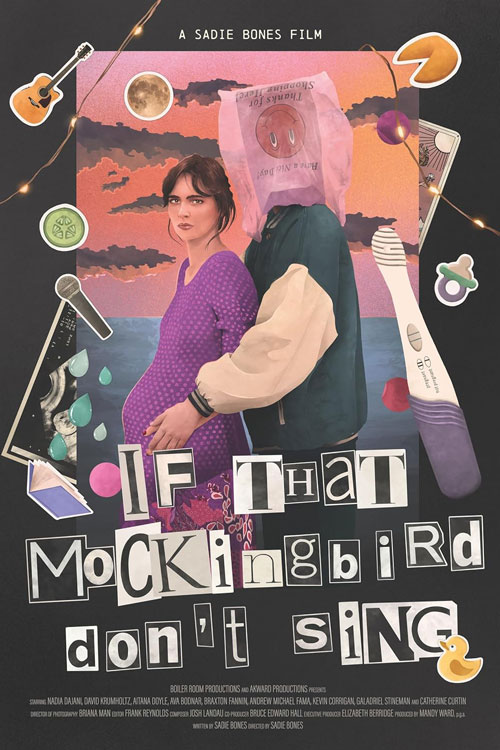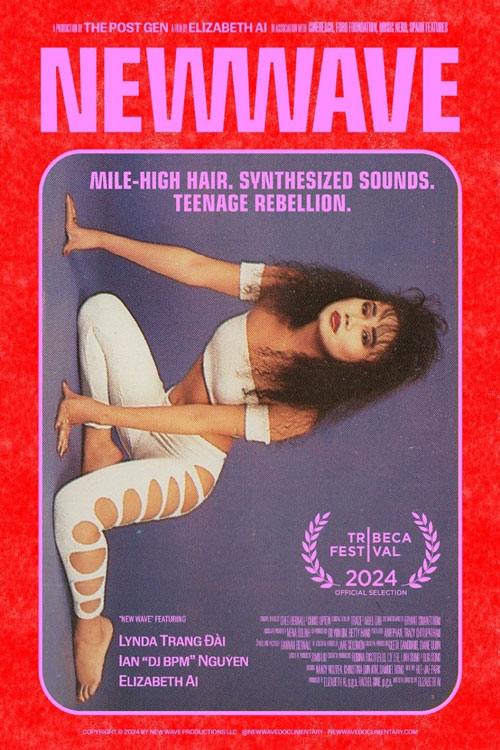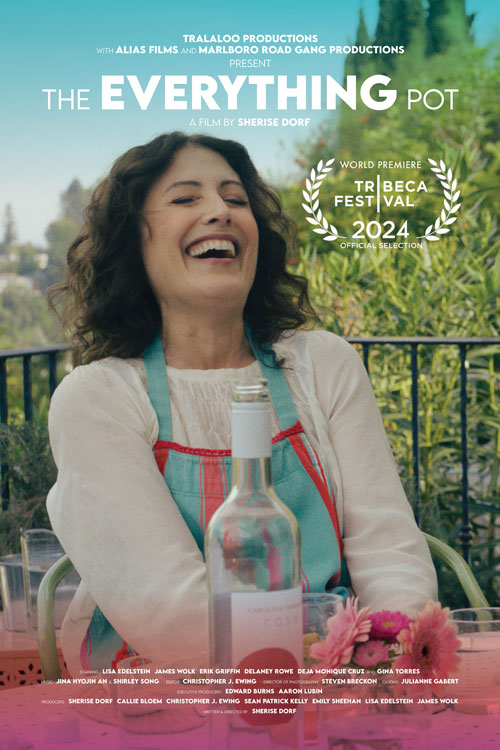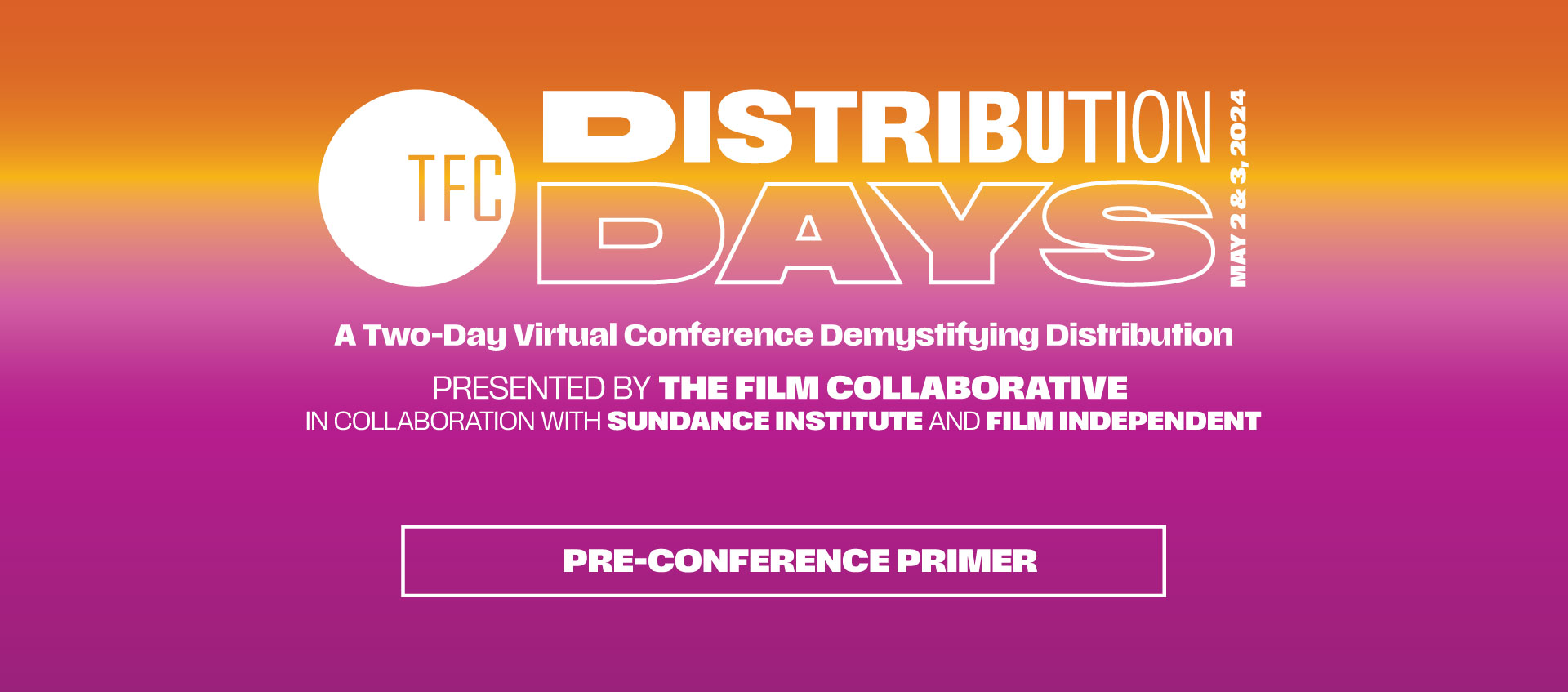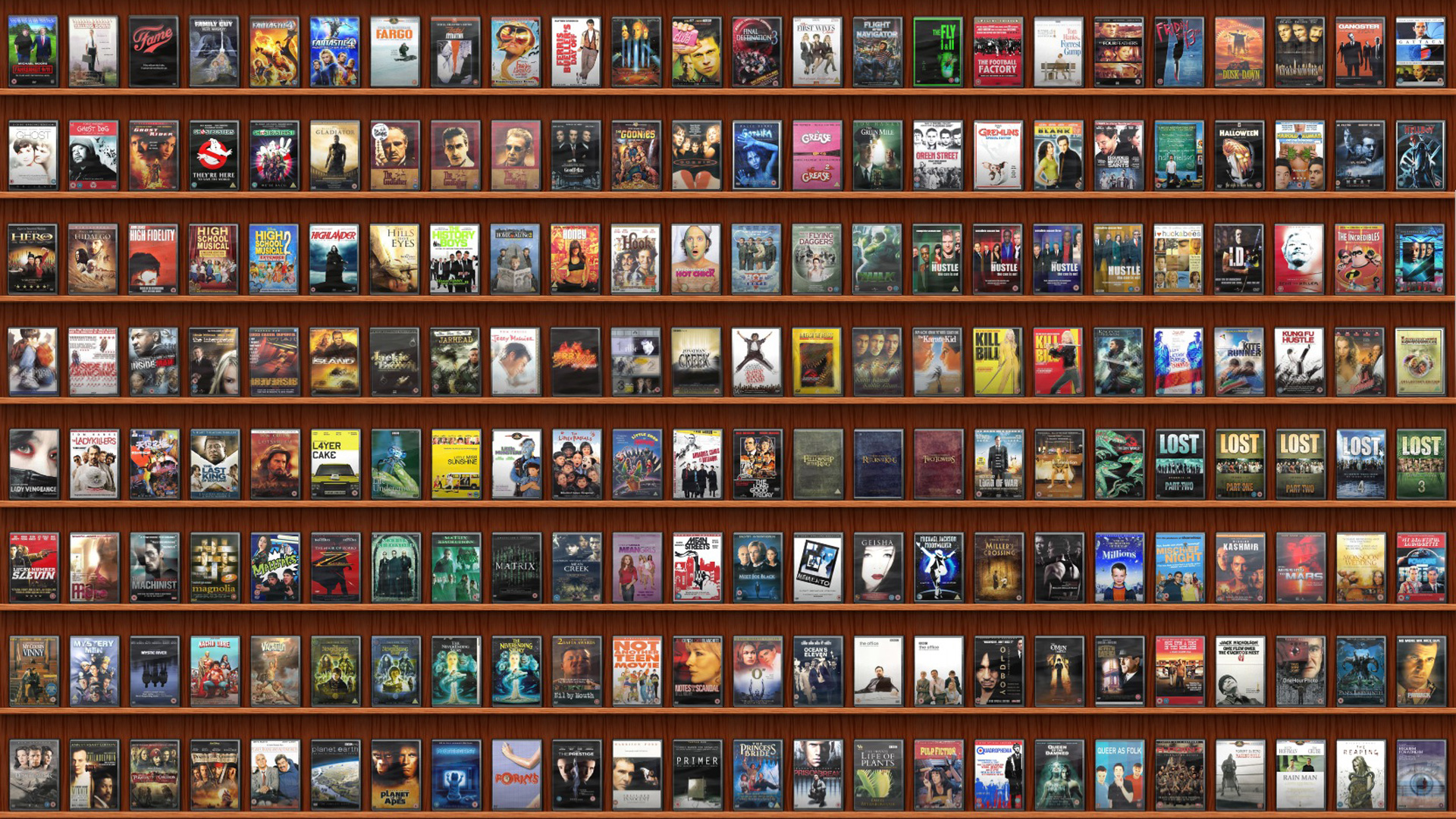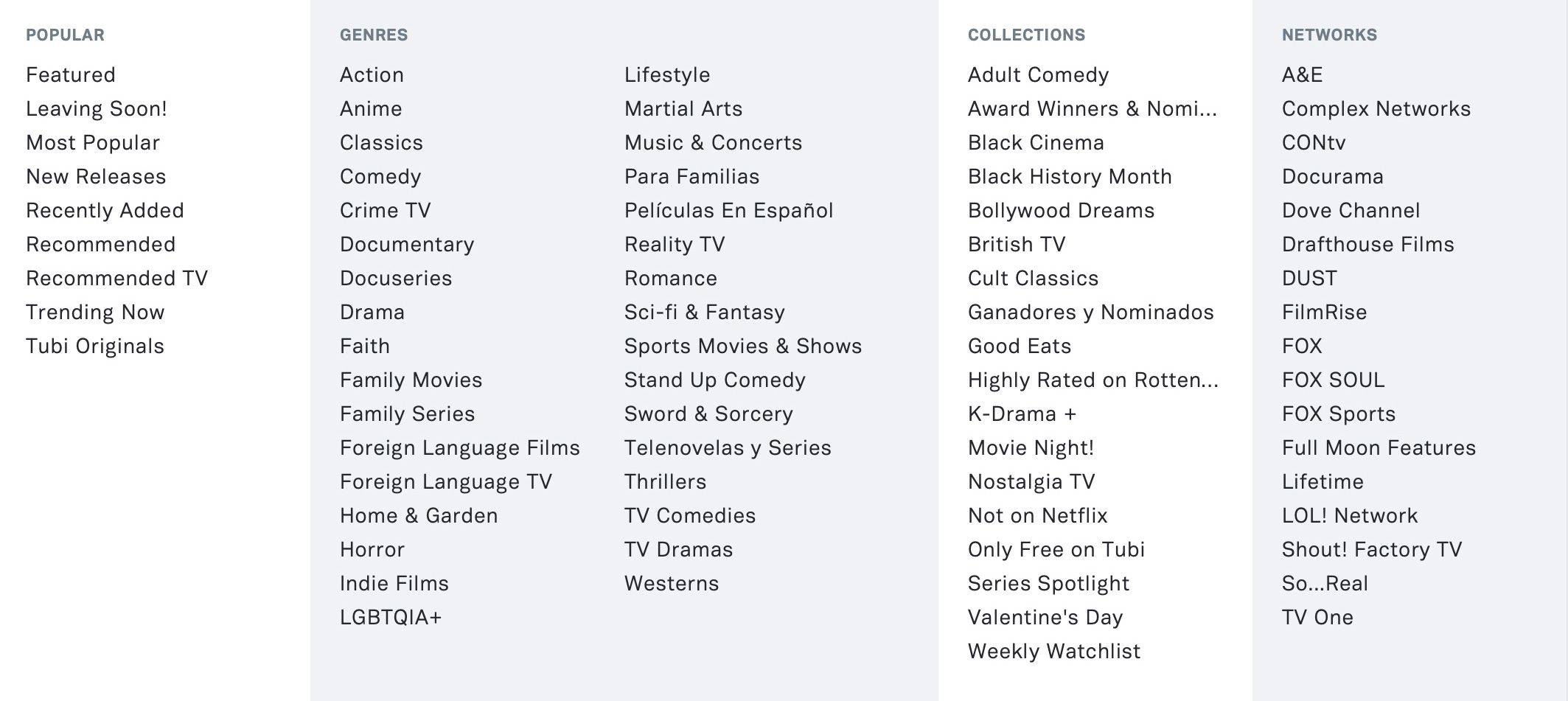
MAY 2025 UPDATE: A Practical Guide to Distributing Your Film Internationally: Who Else is Out There in the International Digital Space Beyond Just the Big Globals?
Mobile Phone Users: This page is best viewable by turning your phone horizontally (in landscape mode).
 Note: This article was originally published in May 2020, updated in March 2021, and again in May 2024. Needless to say, things have continued to evolve at lightning speed in the digital sector, so we’ve asked our dear friend and colleague Wendy Bernfeld, founder of Rights Stuff, not only to assist with updating various international platforms in the TFC’s Digital Distribution Guide, but also to summarize, in this blog post, key changes in the international landscape and buying platforms abroad.
Note: This article was originally published in May 2020, updated in March 2021, and again in May 2024. Needless to say, things have continued to evolve at lightning speed in the digital sector, so we’ve asked our dear friend and colleague Wendy Bernfeld, founder of Rights Stuff, not only to assist with updating various international platforms in the TFC’s Digital Distribution Guide, but also to summarize, in this blog post, key changes in the international landscape and buying platforms abroad.
Which platforms closed, or radically reduced their indie buying? Which have been bought or merged, changed their content genres, altered their business models (B2B, B2C), or expanded or curtailed the regions they operate in? And which new (interesting! credible/reputable!) platforms are out there with an appetite for indie films?
As before, she looks beyond just the Big Global players to the others abroad who compete or complement them, with emphasis on the SVOD windows.
(In the future we may also request her to update her TFC blog article on FAST/AVOD in Europe, but as that is a later window and not as immediately compelling for indies with only a few films and less than 8 years old, we concentrate in this article mainly on SVOD and hybrid platforms).
Wendy specializes in Library and Original Content acquisition/distribution and international strategy / deal advice for traditional media (film, TV, pay TV), digital media (Internet/IPTV, VOD, OTT/devices), and web/cross-platform programming. She is also active on various film festival / advisory boards, such as IDFA and TFC!
Follow her on LinkedIn: Wendy Bernfeld.
So, without further ado, here is Wendy’s update:
Wendy:
I’m not a classic distributor or sales agent that takes IP, but rather an independent digital sector consultant. I have roots as a lawyer and senior buyer / in-house executive in the traditional film/tv sector, first in Canada and then since the ’90s based in Europe, increasingly focused on digital sector and streamers internationally, with emphasis on EMEA (Europe, Middle East, and Africa).
Most of the time I’m a buyer / business development executive for platforms, often before they launch (curation, sourcing, acquisition, deals), or afterwards when they roll out into new regions, genres, and business models. The rest of the time I’m on the filmmakers’ side of the table, helping rightsholders / producers / sales agents / festivals deal with distribution platforms and alternatives going beyond the usual suspects.
A) Intro
1) What’s shifted the past few years
For a few years, we were in the heyday of the streamers having hearty appetites for buying indie films, including docs and series – particularly post-COVID and during/after the writers’ strike and production slowdowns. As production stalled, and competition among streamers increased, more streamers turned to acquisitions of ready-made (current and/or library titles) to round out their programming. Non-exclusive licensing allowed multiple deals and windows, as per my last article. The sweet spot for SVOD acquisitions, aside from premium/first-run, opened up for indie films 2-5 years old, especially from curated platforms overseas, and older titles (6+ years) could also find a home in SVODs and/or AVODs.
Last year (particularly), when the choices and costs became too much for both consumers and platforms (too many SVODs, “subscription fatigue”), along with economic challenges overall, the tide turned and streaming platforms began contracting, consolidating, reorganizing, and cutting back. But this also led to an uptick of other business models (AVOD, FAST, ad-supported “tiers,” and hybrid offerings). This trend has continued, spreading further overseas. However, in this article we will focus more on the SVOD licensing opportunities still out there, with an emphasis on arthouse/indie film/festival titles, docs, and niche/genre features.
2) Approach
As before—and now more than ever—it is important, in my view, to look beyond mere traditional and “Big Global” platform buyers (Tier 1 types) to their head-on international competitors, such as telecom, cable, and pay/TV OTT services (Tier 2 types) and then to the complementary thematic or niche sites (Tier 3 types): those who also buy or fund but are lesser known and attend markets/festivals less frequently.
More recently, the free-with-ads sector, originally AVOD (Tier 4), strengthened with the addition of free linear FAST channels and combined AVOD/FAST offerings, first in the U.S. and now abroad. As mentioned before, I won’t go into this tier in too much detail, but I will give a brief update, because it may affect your deals in other tiers.
If traditional buyers or Big Globals have not led to a “Holy Grail”-type of deal for you (or you feel the film has other goals/audiences), then the Tier 2 and 3 types abroad can be a worthy pursuit, at least for those willing to dedicate time and attention to it.
Best results arise from:
- Researching the target platforms
- “Matchmaking” your film (realistically to those on their site, and/or their type of audience, kind of like online dating!)
- Doing short, personalized, tailored outreaches, not Mail Chimp-style mass mailings
i.e., contextualizing your film to their platform, so as to help do the buyers job for them
This can be either DIY (since most of these platforms will deal direct) and/or with your sales reps or agents, in a hybrid manner, to help cover all the bases in this industry-wide time of blurred windows, rights, and international audiences. 100% of zero is zero!
3) Who Are They? Snapshot the VOD/OTT Streamers
You can cross-reference the platforms below with the broader Digital Distribution Guide (updated regularly) for further info on regions, business models, and links to company sites. In this article, I focus on a key sampling of the platforms and developments since the last blog.
Types:
-
Tier 1: Mainstream “Big Global” types
i.e., global (or on their way to global)
- For example, Netflix, Amazon, HBO / Warner Brothers Discovery / Max / HBO Max, AppleTV+, Disney+/Hulu, as well as other studio-backed entrants, such as Peacock, Paramount+ (in SVOD) and its Pluto.tv (in AVOD/FAST), and finally, other mainstream AVOD/FAST platforms such as Tubi, Roku, SamsungTV+, LG, YouTubeTV, and Rakuten (based in EU).
- These types are often most sought after, but as before, such deals (if/when offered) will correspondingly impact the revenues, rights, windows, holdbacks, promotion, marketing, access to audience data etc. So, one always has to balance one’s goals with the offer (money, impact, marketing, etc.)
- If such a deal is not forthcoming, or not the right one for you, then – don’t stop there!
- In this article, I’ll focus more on Tier 2 and 3 players.
- For example, Netflix, Amazon, HBO / Warner Brothers Discovery / Max / HBO Max, AppleTV+, Disney+/Hulu, as well as other studio-backed entrants, such as Peacock, Paramount+ (in SVOD) and its Pluto.tv (in AVOD/FAST), and finally, other mainstream AVOD/FAST platforms such as Tubi, Roku, SamsungTV+, LG, YouTubeTV, and Rakuten (based in EU).
-
Tier 2: Mainstream Competitors to Big Globals
i.e., EMEA/International multi-regional or local VODs (via telecom, cable, OTT, pay/TVs), who strive to be head on competitors (buying and funding/co-funding, though not globally.)
-
- Examples include Canal+, Crave, Sky, M-Net/Multichoice/ShowMax, Stan and Sky Showtime (Comcast / Paramount Global joint venture based in EU).
Keep in mind that aside from competing with Tier 1 types, Tier 2s also have competitors in their own regions, so you can canvas them (if non-exclusive) and/or cobble together various other deals with other Tier 2 & 3 players in different regions.
- In all Tier 1, 2, and 3 deals, windowing and holdbacks are to be balanced against traditional. Some Tier2s want to be first window, while others, and most Tier3s, are content to come in non-exclusively.
- That said, if you only do a non-exclusive deal, you’ve effectively given the platform exclusivity for the price of a non-exclusive deal.
-
-
Tier 3: Complementary Thematic
i.e., many curated niche or micro niche VODs, drilling down into a specific genre, theme, or target audience. These services are lower-priced and position themselves as “stackable” add-ons for households.
-
- Examples include services dedicated entirely to art house, docs, diaspora, horror, LGBTQ+, such as Filmin, MUBI, Curiosity Stream, Britbox, Shudder, OUTtv, etc.
As above, each of these thematic types often have 5-10 competitors, with varying programming and deal offers, so one can do multiple non-exclusive deals in this sector too (unless paid very well for exclusivity).
- There are technically thousands of VODs in Europe alone, but we tend to focus on the 50 or so that are that are a good editorial fit, and ideally paying proper flat license fees or some other forms of reasonable returns (minimum guarantee / rev share).
-
-
Tier 4: AVOD/FAST Channels abroad
More AVOD/FAST channels are proliferating from mainstream to niche, including not only via global SmartTV platforms and studio-backed groups, but also those launched by big IP owners.
- Of more interest for indies, these are curated channels focused on buying movies, docs, shorts, and niche genre films.
- In 2025, more are expanding through UK and Europe (which can be the subject of a future update to my earlier blog on FAST/AVOD) but that is not the subject of this article, as they are usually rev share based for volume deals on older titles, and not buying individual titles from U.S. indies (with some exceptions, including if going through aggregators).
- One interesting 2025 read, on movies in FAST channels—including Pluto (with 12 movie channels), Samsung (with 17), Rakuten (with 30 movie channels), Chili, etc.—can be found via Marion Ranchet’s recent article in her publication Streaming Made Easy. But in brief, as above, indie docs and narrow niche titles (as opposed to commerical films) are relatively under-represented in FAST and with limited monetization.
Luckily, the overall practical advice, tips and takeaways set forth in the earlier articles—on how to approach licensing, monetization, windowing—still apply today, and I’ve repeated them at the very end of this article, just with more layers to take into consideration, methodically. But first let’s step back and summarize the changes in the market, film buying platforms, and business models since the last blog, and also table some new platforms for you to consider. Other info and platforms are in the Digital Distribution Guide.
B) CHANGES IN THE SECTOR
1) Business Models, Rights, Windows:
- Earlier COVID innovations in TVOD (such as Premium VOD, Festivals Online/Hybrid) did continue to some extent, and in some cases are still ongoing, but Virtual Cinema has largely phased out.
- AVOD vs FAST
- In brief, FAST is exhibition on Free, Ad-supported Streaming TV (usually SmartTVs/OTT devices), and programs are scheduled linearly, supported by ad revenue share, but not viewed “on demand,” (unless coupled with AVOD rights/capability).
If a FAST platform asks FAST rights from you for a rev share, look to see if it also offers its viewers fast forward and rewind capabilities, as that is more properly an AVOD right (on demand) and indies, where possible, should strive to be paid for both rights, from the viewpoint of monetization/dealmaking, instead of lumping them together.
In late 2024-25, some FAST platforms have evolved to offering a flat license fee for licensing, instead of rev share. Rev shares in FAST tend to be obtuse in calculations and with inconsistent methods of reporting between the different platforms, so in one sense it is handy that they offer flat license fees. However, with flat fees, one loses any insight into data/viewership/audience.
- In brief, FAST is exhibition on Free, Ad-supported Streaming TV (usually SmartTVs/OTT devices), and programs are scheduled linearly, supported by ad revenue share, but not viewed “on demand,” (unless coupled with AVOD rights/capability).
- SVOD with Ad-supported tiers:
- Some services, such as Netflix, Disney+, Sky Showtime, and HBO Max, offer SVOD at various priced tiers: one ad-free subscription, and then other cheaper subscriptions with ads.
- This is not to be confused with regular AVOD rights or windows (like YouTube) where viewers watch free and on-demand without any subscription, while filmmakers share in ad revenues.
Indies should be alert when dealmaking that they are still within an SVOD window/right. Watch out for holdbacks against AVOD/FAST, if applicable.
2) PLATFORM changes – and other new buyers
A) TIER 1 TYPES
All are increasingly focused (in EU markets) on content produced/co-produced originally from EU, due to quotas (formal and informal), and regulatory, political, and cultural pressures. This means they have relatively less bandwidth operationally in 2025 for volumes of pure U.S. indie material, after factoring in their inventory and pipeline of MPA studio output deals, deals with local distributors, and local EU indies; however, there is still some room.
-

- Added linear version experiments (e.g. in France) but has not yet added FAST.
- Instead, added ad-supported tier(s) (not AVOD) in most regions (three tiers: Standard, Standard with Ads, Premium)—but note this is still SVOD in rights terms. It further cracked down on password sharing to enhance revenues.
- Initially stepped up indie feature film buying and Netflix Originals in 2021 (but reduced in 2023, a trend continuing to date, along with sad layoffs in the higher end art/indie feature film and docs staffing)
- Started limited theatrical distribution, finally open to occasional theatrical prior window (limited and selective) but is still mainly an SVOD first-run service.
- Stepped up licensing its own Netflix Originals to third-party competitors/networks. (Some other streamers (MAX, Viaplay) have followed this move)
- Also in late 2024, and ongoing in 2025, Netflix further increased its buying of new and library films and series from third parties, usually from other SVOD platforms or major/mini-major studios, so there’s still relatively less from indies. There are some exceptions where buying particularly for a region (such as Canada), or for a specific theme (e.g. indigenous docs like Yintah)—but not for global buying. Their film heads now, when buying, are reported as preferring films that are “more about the audience and less about ‘auteurs’.”
- Moved into other genres/formats (gaming, interactive experimentation), but then stopped interactive in later 2024-25. It has more steadily moved into mainstream reality, true crime, and an increased emphasis on foreign (non-US) indie series and film to support its expansion abroad.
- Diminished Africa content focus (after initial push) to concentrate more on EU.
Still in 2025, it is not always a one-stop-shop for global-style big $ license deals, and instead increasingly buying for specific (e.g. English Language) regions. This can be a double-edged sword, and as per the prior blog, one must balance the desire for ease/single deal with monetization, audience, marketing, data etc. and producer goals (impact? revenues? future pipeline?).
- Also, a deal that is US-only Netflix can limit the attractiveness for buyers from other competing platforms (in some cases) where they want more key regions, while tier 2/3 players can consider it an asset.
-
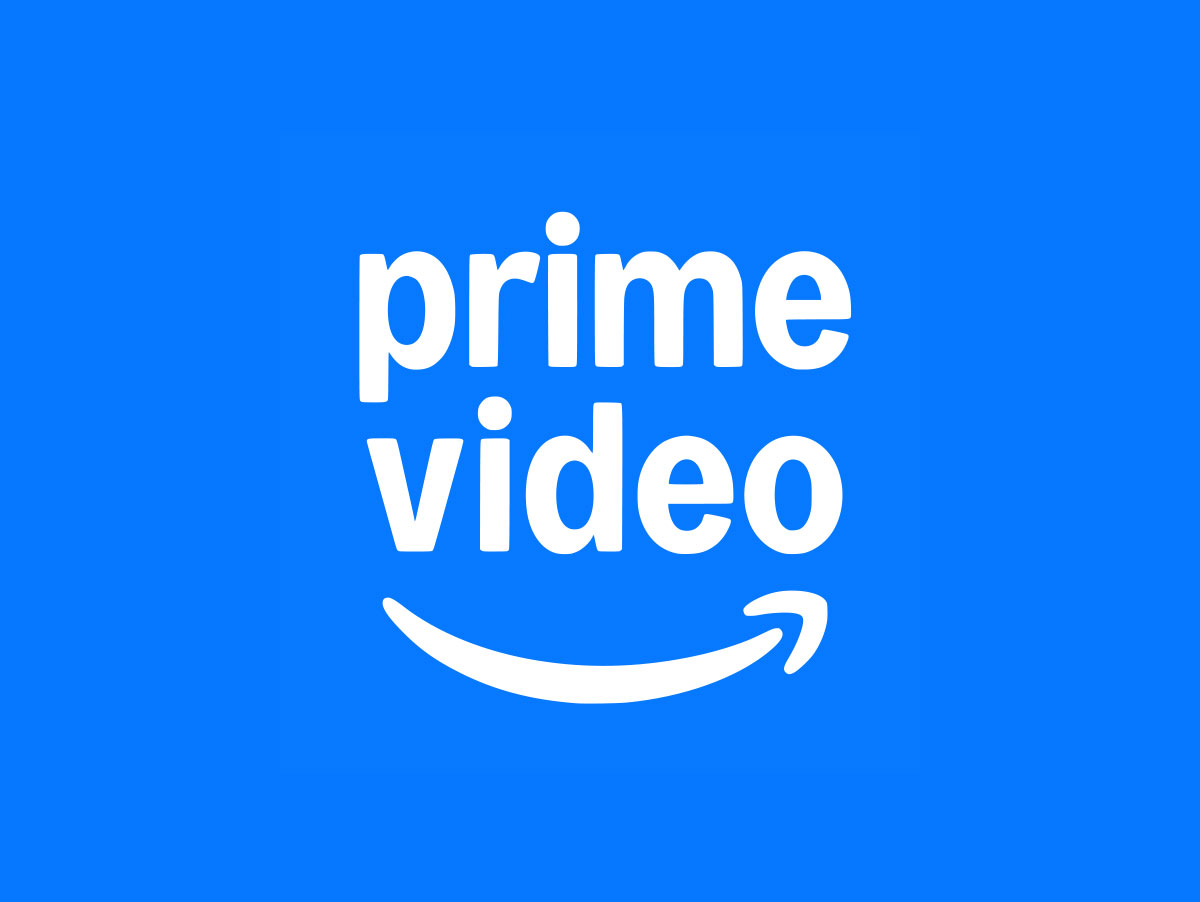
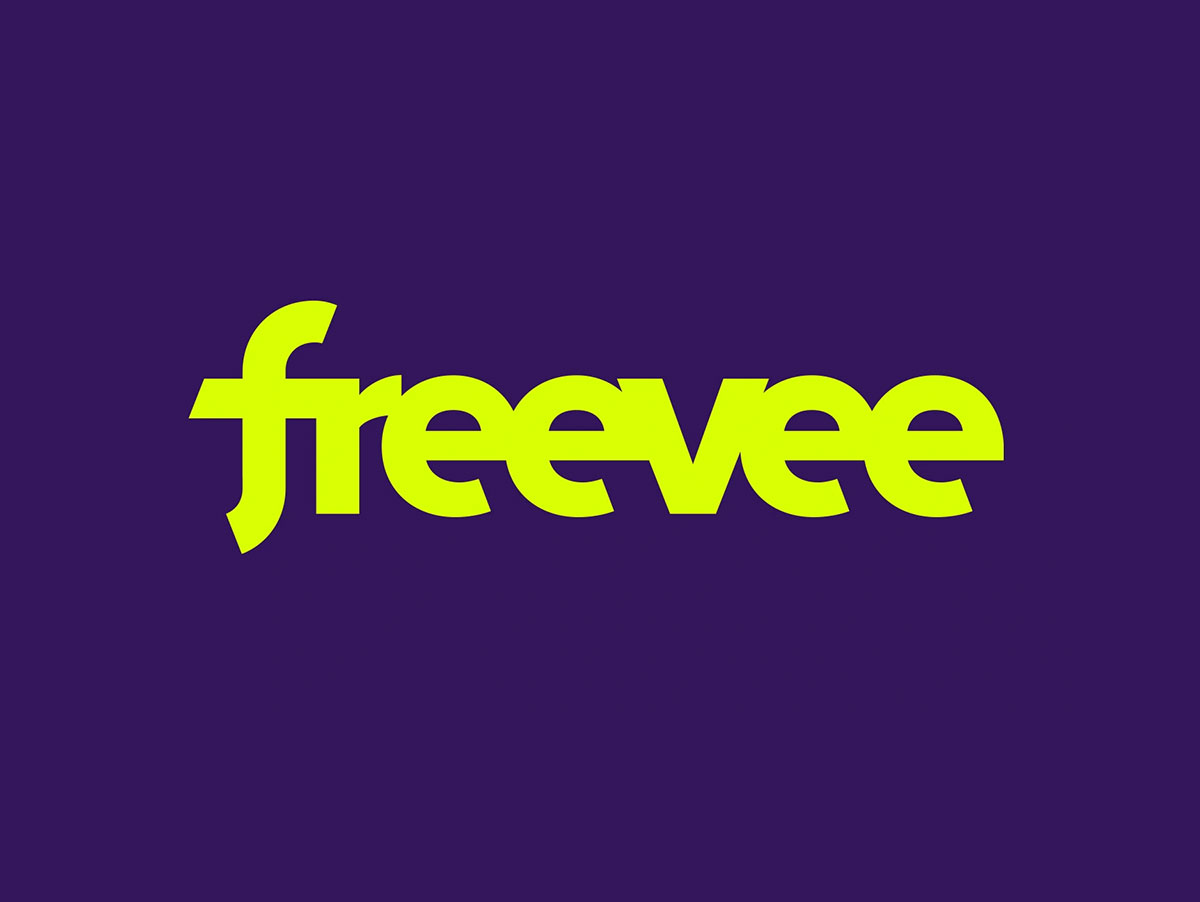
- IMDB.tv had first renamed its AVOD service “Freevee”, in U.S. and UK, and was not yet across EU. FREEVEE since closed in late 2024 as the service content migrated to within PRIME, in regions the U.S., United Kingdom, Austria, and Germany.
Licensing to any AVOD still allows multiple other AVOD licenses, also abroad, however ensure the SVOD route has been canvassed first, to not accidentally cut out the prior window for Prime or other competing SVODs (subject to a compelling deal as in some cases as in the prior blog AVOD can be a bigger revenue generator than small SVODs. Again, depends on goals of filmmaker).
- Prime Video Direct dropped self-upload capability for docs and shorts, except for TVOD/EST
- Still buying indie films selectively, with room for a limited theatrical window. but more emphasis on series, very rare docs except reality style
- Increased carriage of other SVOD’s (including niche thematics) on its platform via add-ons internationally
This means a deal an indie may have done earlier with a specific SVOD (for example with Docubay or Mubi), can end up on Amazon Prime, where it is carried to wider audiences. This can create more reach, but not necessarily more money for you, depending on the type of deal struck (consider implications if the deal is rev share vs. flat fee, or with “bump-ups,” for example).
- IMDB.tv had first renamed its AVOD service “Freevee”, in U.S. and UK, and was not yet across EU. FREEVEE since closed in late 2024 as the service content migrated to within PRIME, in regions the U.S., United Kingdom, Austria, and Germany.
-
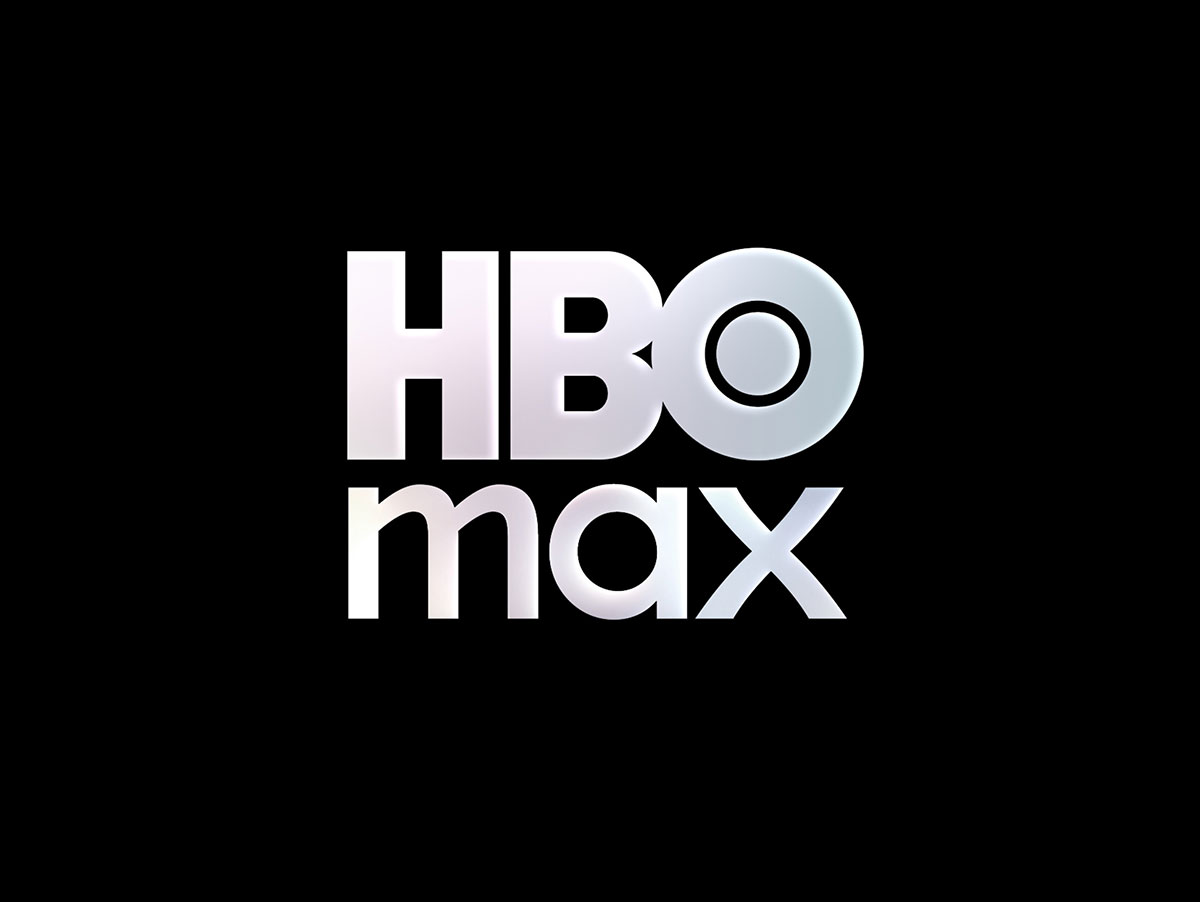
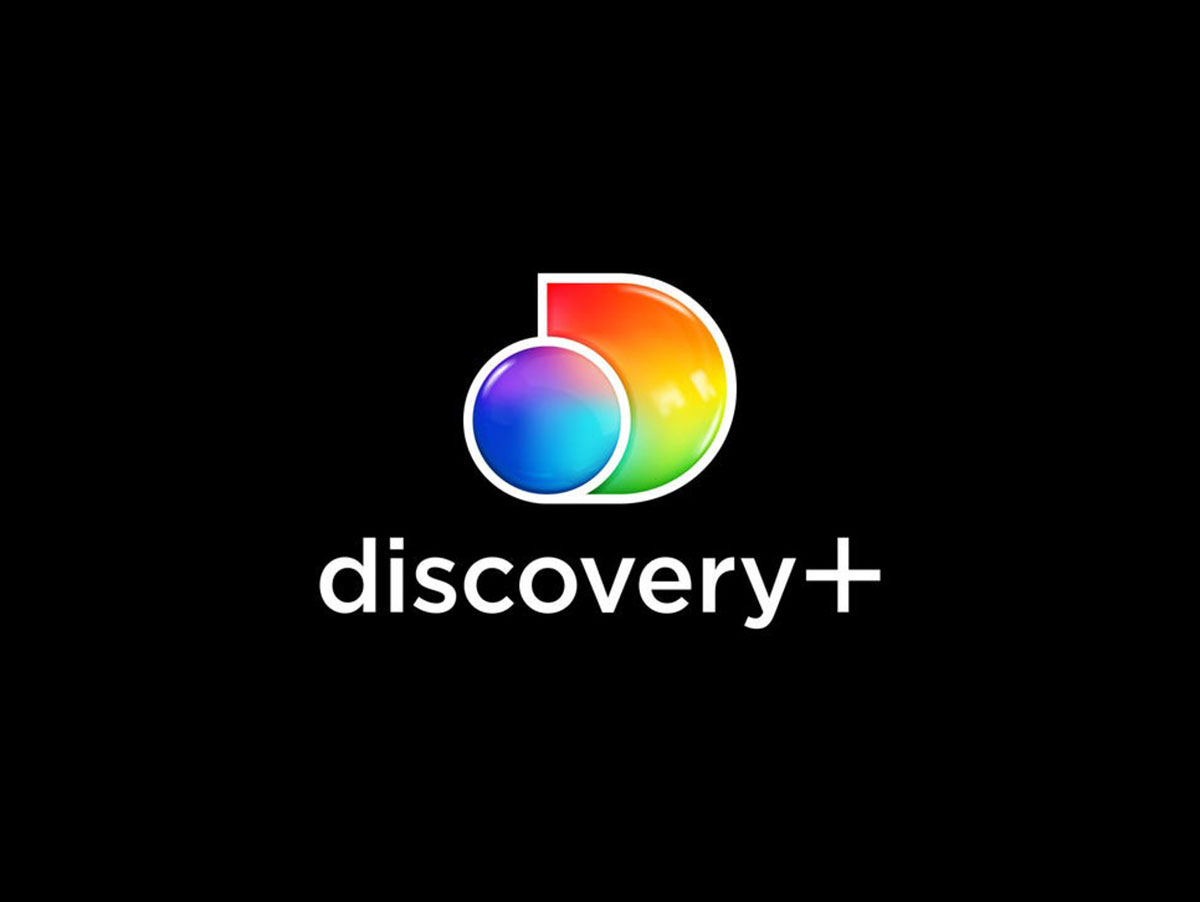
- Wildly expanded then contracted in the past few years, via mergers (WarnerBrosDiscovery), rebrands, and various re-orgs, including the bloodbath in the indie doc/feature buying and funding sector, both in the U.S. and EU.
- HBO Max in U.S. and rolling out to more regions in EU and international markets through summer 2024-26.
- Territories are near global, and include as of 2025: Portugal, Spain, Andorra, France, Mexico, Nordics (Denmark, Norway, Sweden, Finland), Benelux (Belgium and Netherlands), CEE and Baltics (e.g., Poland, Hungary, Bosnia and Herzegovina, Bulgaria, Croatia, Czech Republic, Moldova, Montenegro, North Macedonia, Romania, Serbia, Slovakia, Slovenia, Türkiye, as well as Australia, New Zealand, Latin America / Caribbean (39 countries) and various countries in Asia (Hong Kong, Indonesia, Malaysia, Philippines, Singapore, Taiwan, and Thailand)
- HBO Max now has 3 tiers: Premium, Basic with Ads, and Standard. All are still SVOD but at different pricing when ads and other features are included.
Buying indie films and/or docs can happen out of U.S. HQ and sometimes via separate buyers still in the international regions (EU, CEE, Benelux, Nordic). It’s not a fully consolidated picture yet, don’t give up, particularly if your theme translates culturally abroad.
- Discovery+ Service (different programming) continues, replacing d-play as OTT SVOD in UK/IE, Germany, Austria, Italy, Brazil, Canada, Netherlands, Nordics, India, Spain
- Despite HBO Max merger with Discovery Plus, Discovery+ remains still its own streaming service with separate plans, i.e. premium ad free, and ‘ad-lite’ (cheaper). Its content is also available on HBO Max.
-
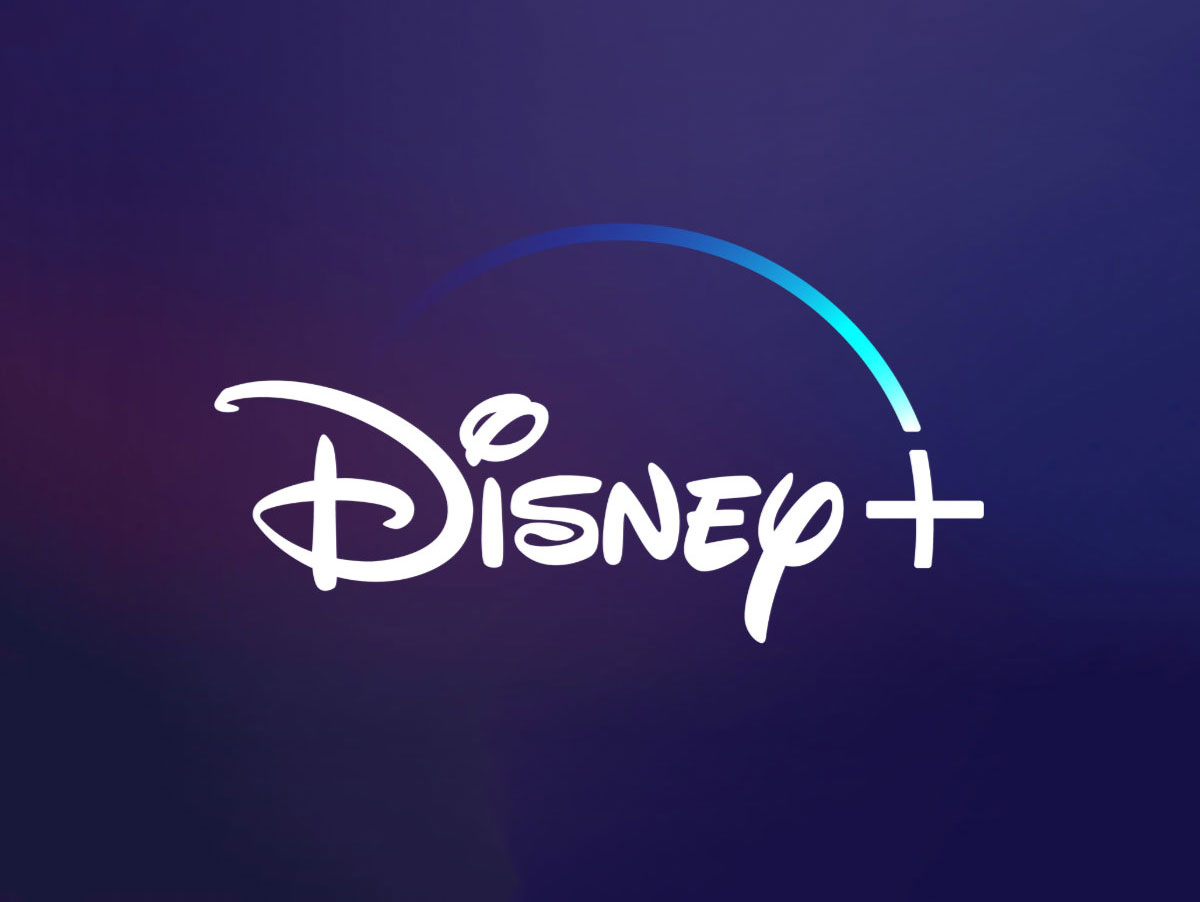
- DISNEY+ expanded wider within Americas, EMEA, Indo-Pacific regions but still no separate Hulu brand site in Europe. Programming is subsumed selectively within the broader Disney+ umbrella and STAR sites.
- As with the other mainstreamers, Disney+ added various ad supported tiers as well, including in EU/international.
B) TIER 2 TYPES
-

- Viaplay had been at its high-point in earlier years; very attractive to indies (including U.S. indies) for buying and funding, as it was rolling out and spreading in regions beyond Nordic and Benelux, to CEE (Central and Eastern Europe, GAS, UK, and N. America. It was also heavily funding or coproducing 80+ Viaplay Originals per year and buying (mainly series but some English/American and local indie films and high profile docs)
- However, in late 2023, Viaplay widely contracted; shutting down expansion, closing most regions, shutting down projects in development/production stages, staff reorgs, and overall changing focus.
- CANAL+ GROUP in 2025 has a significant ownership position.
- NOTE: Today, Viaplay still remains a Tier 2 competitor in Nordic, (buying and funding mainly locally) and a complementary service in Benelux (local and sports emphasis).
- But in North America, Viaplay has become a Tier 3 thematic/niche (“Best of Nordics”) SVOD called Viaplay Select, and is carried as an add-on, such as via Amazon.
- They’re increasingly selling their Originals to other streamers afterwards.
This means U.S. indies selling film/docs should approach Nordic HQ, rather than the U.S./Canada service.
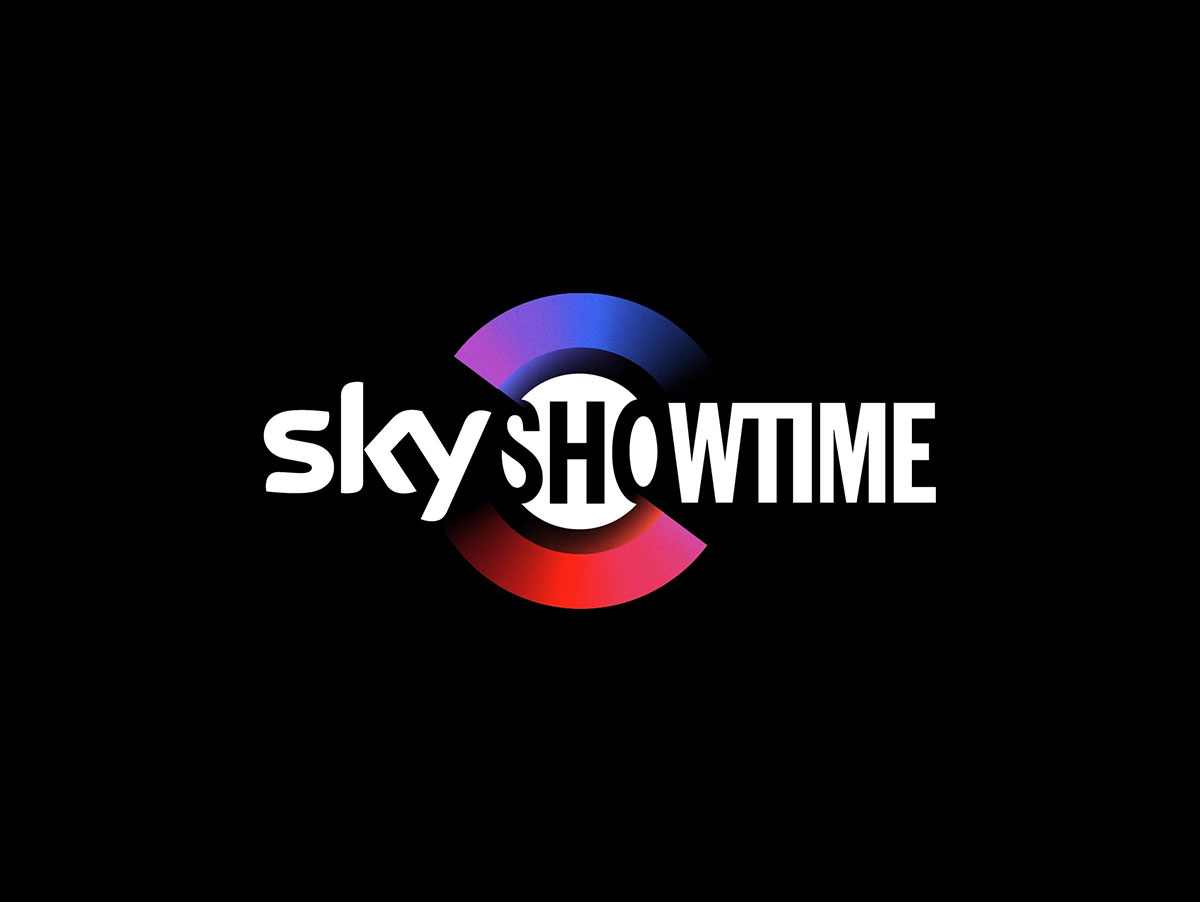
- This Paramount/Comcast JV launched in 22+ EU regions (those that are not UK, Italy, or Germany, so as not to compete with sister company SKY).
- Initially began with its own well-stocked catalogs from JV partners, (NBCU, Peacock, Paramount, Showtime, etc., so it was not buying from indies
- More recently started acquiring series and films from select higher-end indies, albeit either more commercial in nature or increasingly from EU sources (however, still buying very limited docs), sometimes buying for all regions, other times purely local flavor.
- Current emphasis is EU titles (Originals and acquisitions) for EU, but high-profile English buying can selectively come via UK office.
- In April 2024, just began an ad supported SVOD tier as well.
- Limited docs; nonfiction runs usually to reality tv, true crime, celebrities, and that sort, i.e. relatively more commercial in nature. So there are limited opportunities for single title doc individual filmmakers licensing from U.S. as the country of origin—for example, a hardhitting doc on politics, climate, social issues etc. That said, coproductions have more potential.
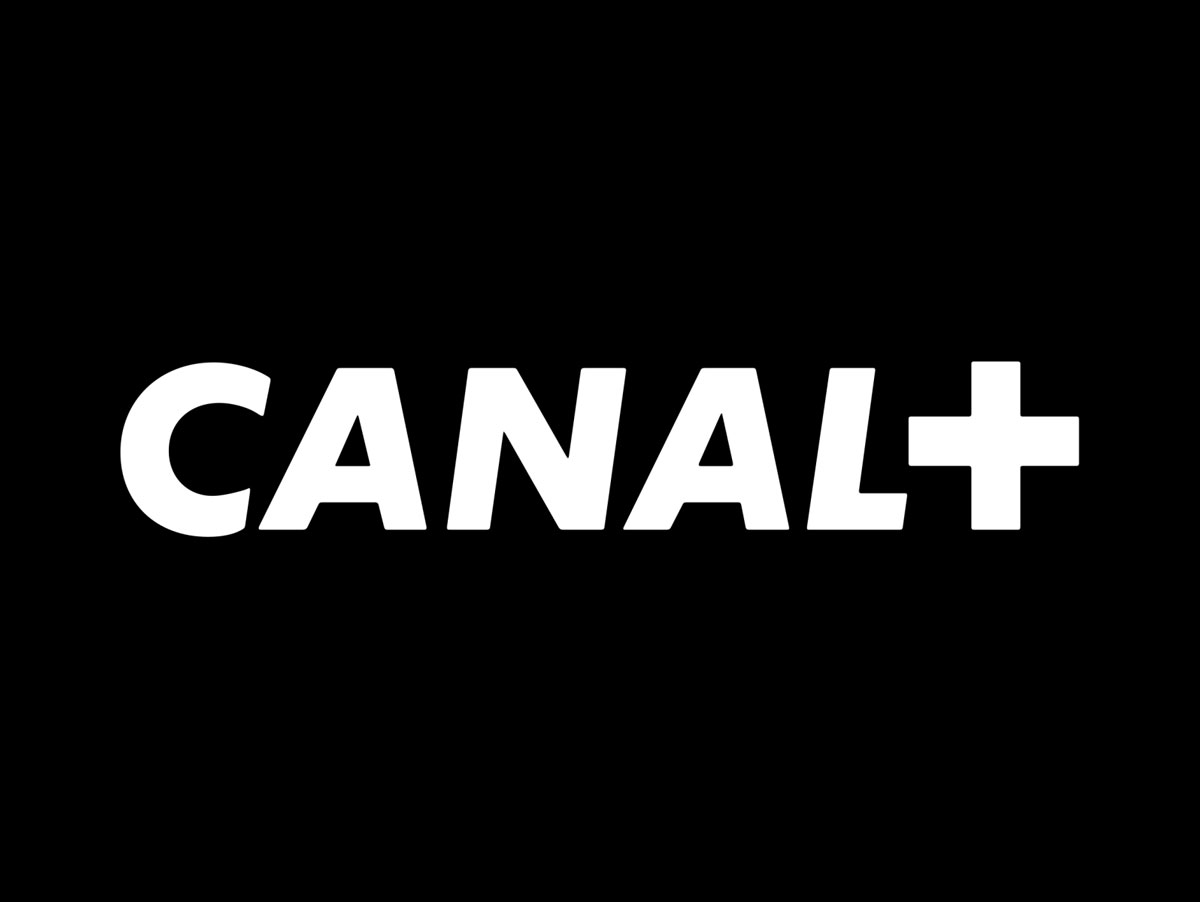
CANAL+ / Canal+ International / Canal+ Group
- After initial contractions a few years ago (including their shut down of SVOD and other VOD operations in favor of their core Pay-TV business channels), fast forward to 2024, they’ve since wildly expanded:
- As a Group, they currently have operations in 52 countries in Africa, France, Benelux, (including since 2024 a dedicated local Canal+ in Holland), CEE, Asia Pacific, Caribbean, Indian Ocean. These channels/services are alongside their other corporately owned channels, such as Film1 in Netherlands and related basic SPI channels (FilmBox and FilmBox Arthouse).
- Canal+ group spans production, broadcast, distribution, and aggregation activities. It owns STUDIOCANAL, a leading film and television studio with worldwide production and distribution capabilities; and other channels (e.g. Thema (diverse content production and distribution) and telecomms. It has further equity stakes across Africa, EU, and Asia (eg Multichoice, Viaplay, Viu Asia)
- They started a new dedicated Canal+ Docs channel, rolled out their Canal+ Series OTT and other thematics (C+ Horreur) and also have a “StudioCanal Presents” art house SVOD, and their Arthaus SVOD in Germany via their StudioCanal arm.
- Recent corporate acquisitions which affect your sales include:
- Takeover/merger of Orange Telecom’s OCS (Orange Cinema Series) SVOD, which was formerly a separate buyer and funder for mainstream and indie film, and now is subsumed operationally within Canal+ Group.
Thus, buying of films/series and docs for OCS, now Cine+OCS, will go via Canal+ group buyers and/or SPI buyers in CEE.
- Takeover/merger of Orange Telecom’s OCS (Orange Cinema Series) SVOD, which was formerly a separate buyer and funder for mainstream and indie film, and now is subsumed operationally within Canal+ Group.
- Since April 2024, corporate buyout underway with Multichoice Africa (affecting, among others, indie film channel buyers and programming from M-Net Movies and Showmax channels and SVOD’s). As per spring 2025, the Canal+ merger approval is further delayed till October 2025 at earliest.
Only some of the prior buyers are still in place in Multichoice group channels but may be impacted by the Canal+ broader group (more on this below).
- Dutch Filmworks (local distributor in Benelux and sales agent) is now in a merged cooperation/integration with Studio Canal.
- SPI International (thematic pay and basic channels like Film1, FilmBox, FilmBox Arthouse, Docustream, Filmstream etc. as per the last blogs)
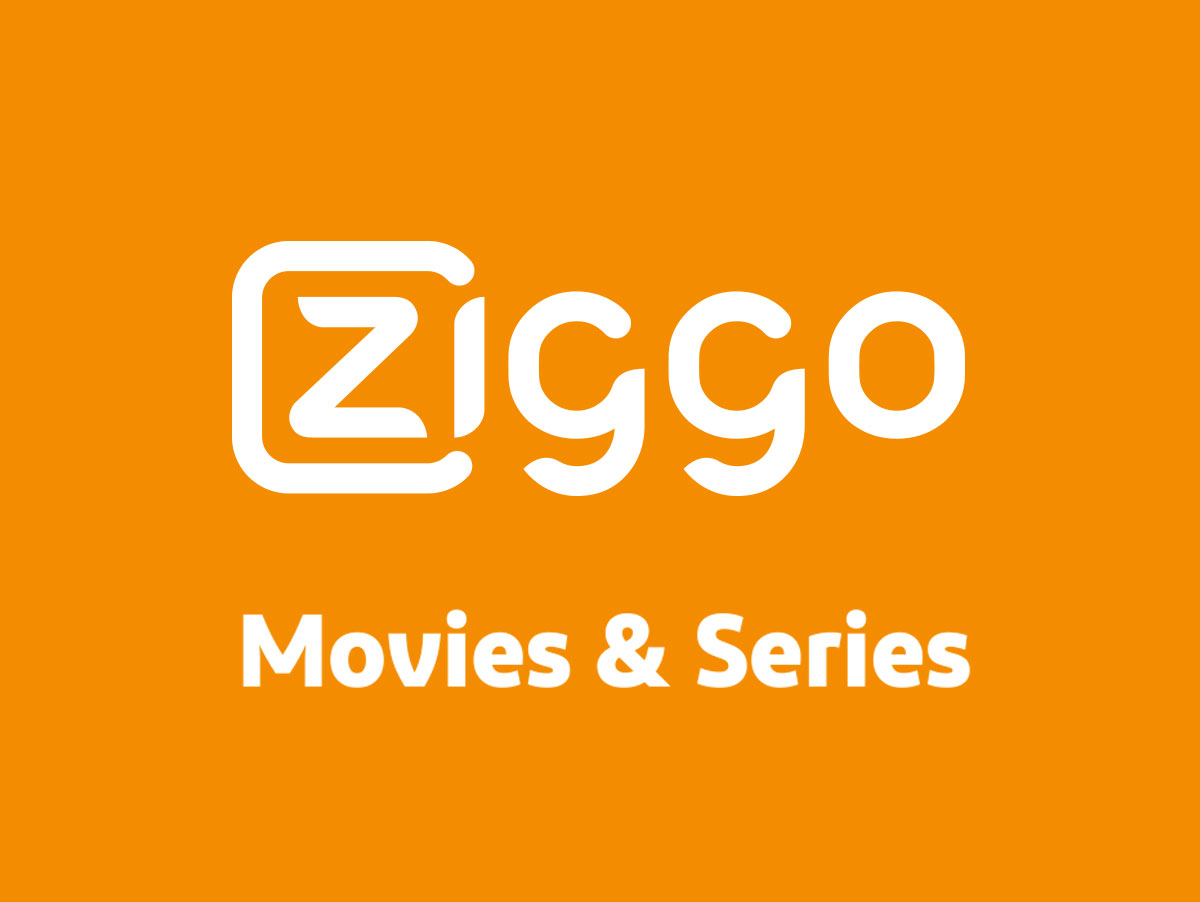
Vodafone/Ziggo’s “MOVIES and SERIES” SVOD
- Sadly, Ziggo is no longer an SVOD service buying individually from international/US indies. Their SVOD is now superseded by carriage of Sky Showtime brand brand streamer, as of 2024, and other carriage deals like Viaplay etc. (so indies lost another Tier 2 competitor buyer).
One would now go to Sky Showtime buyers (UK, NL (Netherlands), or other region-specific) in order to be seen on VodafoneZiggo, along with the potential 20+ other regions.
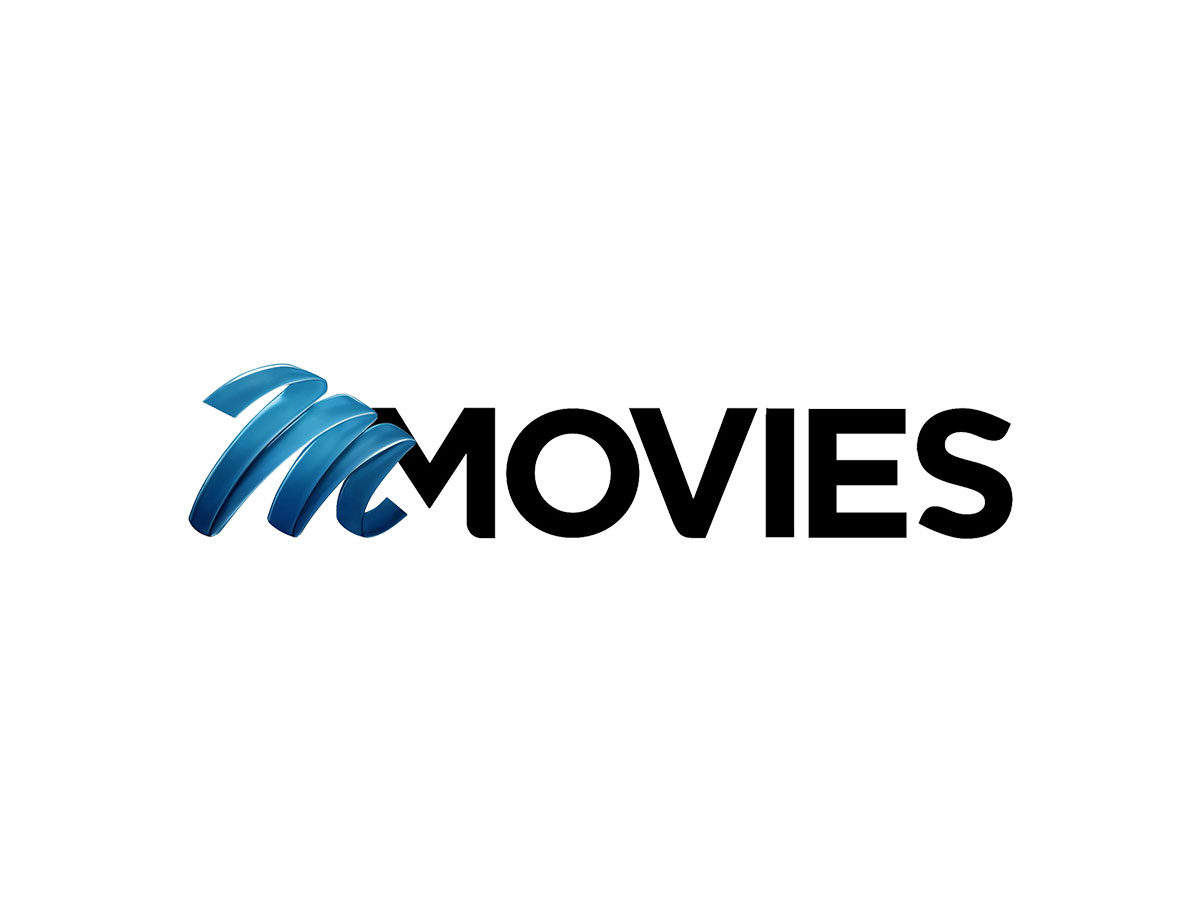

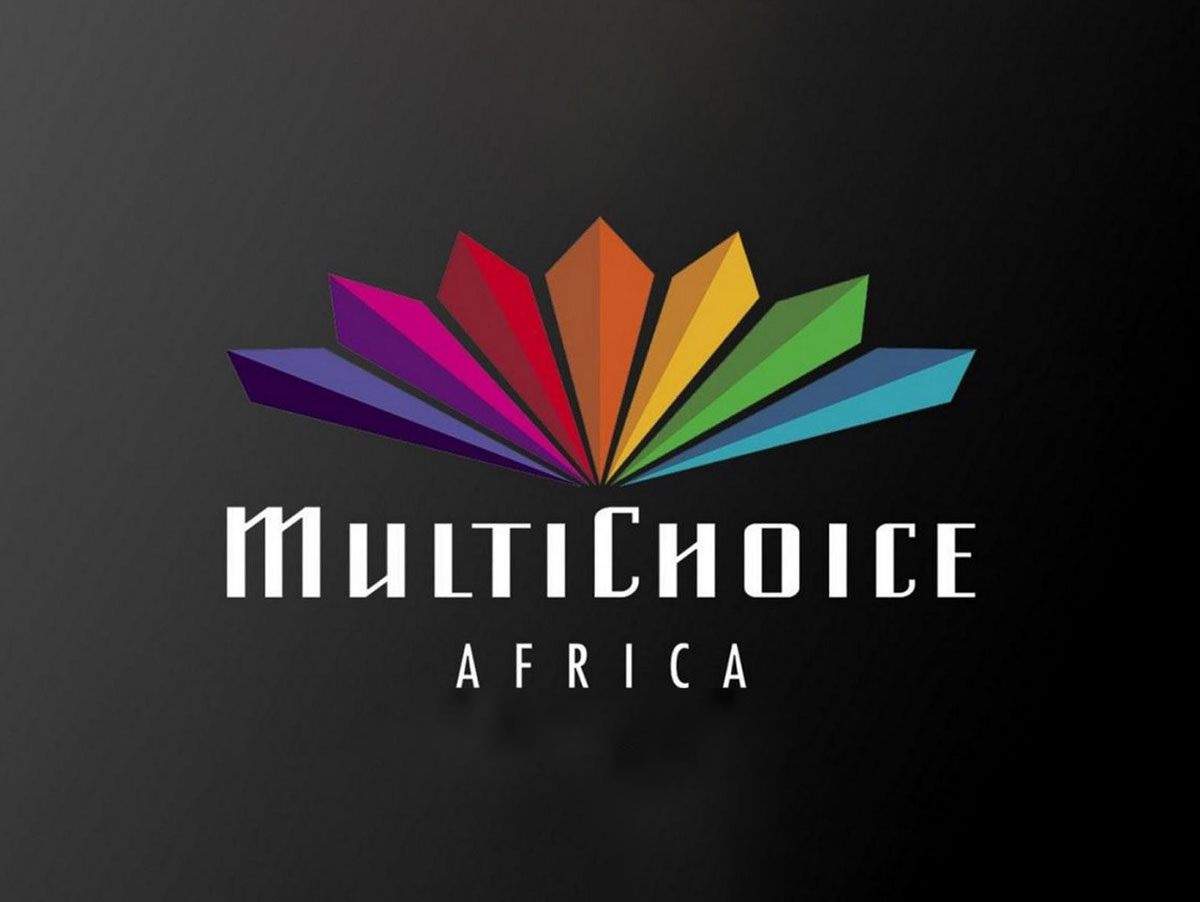
MNET / Showmax / Multichoice Group
- Since 2023 various buyers from MNET South Africa (mainstream pay/SVOD) and Showmax (African themed OTT service) left the Group, some for Tier 1 streamers.
- MNET/Showmax also announced a cooperation with Sky/NBCU/Comcast groups re a joint streaming approach to production and service offerings in Africa.
- Now, due to the April 2024 announced merger with Canal+ International, buying is still, as of 2025, being consolidated further (and at time of writing, indie one-off buying appears frozen for the moment).
- As of spring 2025, the merger approval was announced to be delayed further pending regulatory challenges and is not anticipated to be completed before late autumn 2025.

- Spain, Portugal Pay-TV, TVOD, and SVOD buyer and Originals funder, usually mainstream/commercial and local fare, but appetite for Spanish/Portuguese language indie content as well.
- Occasionally they still buy from indie sources including U.S. (such as a non-current SXSW Audience Award winning feature drama, and sports-themed nonfiction content).

- Channel 4 rebranded its All4/4oD in UK, consolidating digital and traditional all into one place; “4.” Still buying and sometimes funding indie film and docs on a flat-fee basis generally but more heavily still emphasizing series and UK creators, with some exceptions. For non-UK based indies, series are favored over feature films.
- And Channel 4’s AVOD/SVOD for foreign (non-UK) series, Walter Presents, expanded to more regions (including as Walter’s Choice in U.S.). Walter Presents is only buying, not funding.
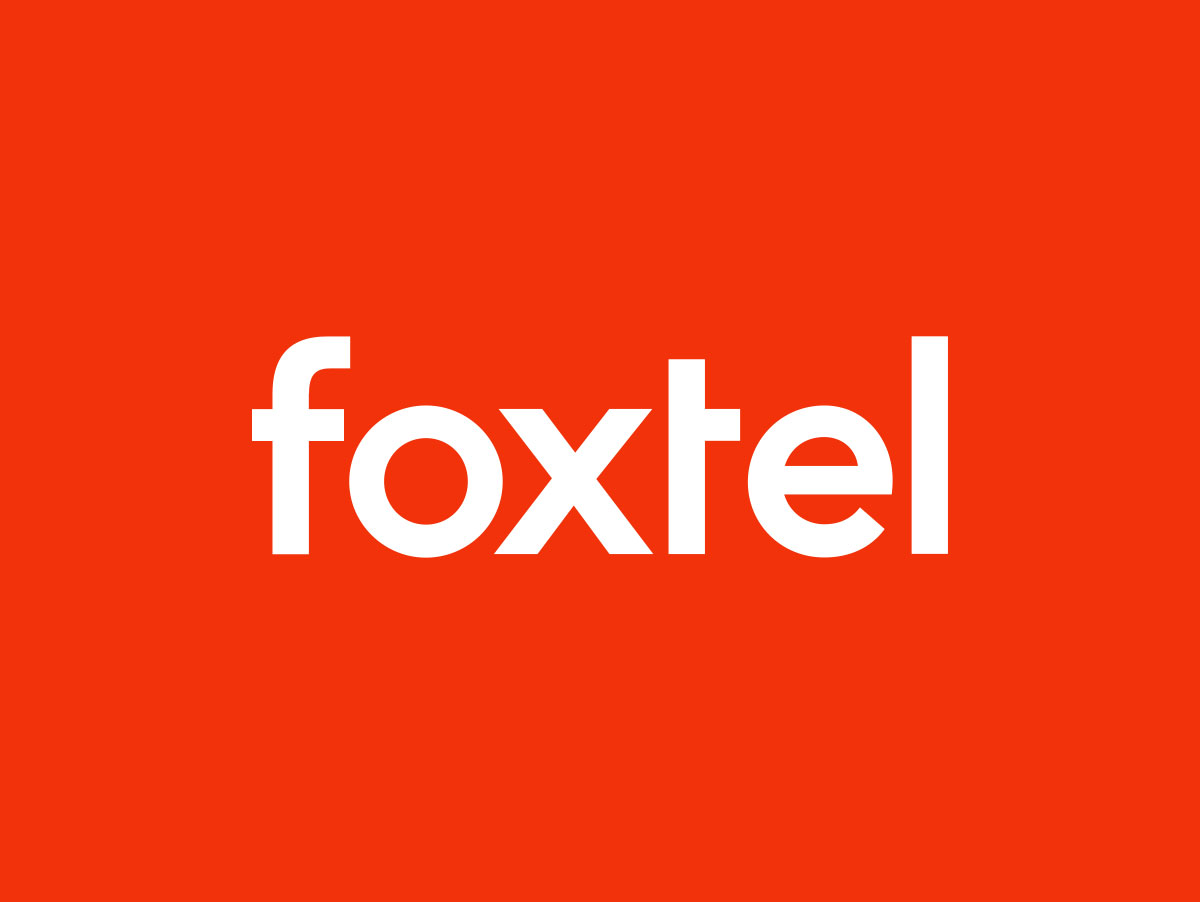

- Added BINGE SVOD and FOXTEL DOCOS, now called FAMOUS, which focuses on broadcasting documentary films and docuseries. (100% docs, usually character/personality driven.) Usually flat fee deals.

- Mainstreamer, the SVOD arm of Channel 9 TV in Australia. The service offers a broad range of film and television content from both local and foreign productions, particularly from the U.S. and UK. Stan also includes a growing library of their own Originals. With over 2.6 million subscribers, as of now Stan is the fourth largest streamer in Australia, behind Disney+, Amazon Prime, and Netflix.

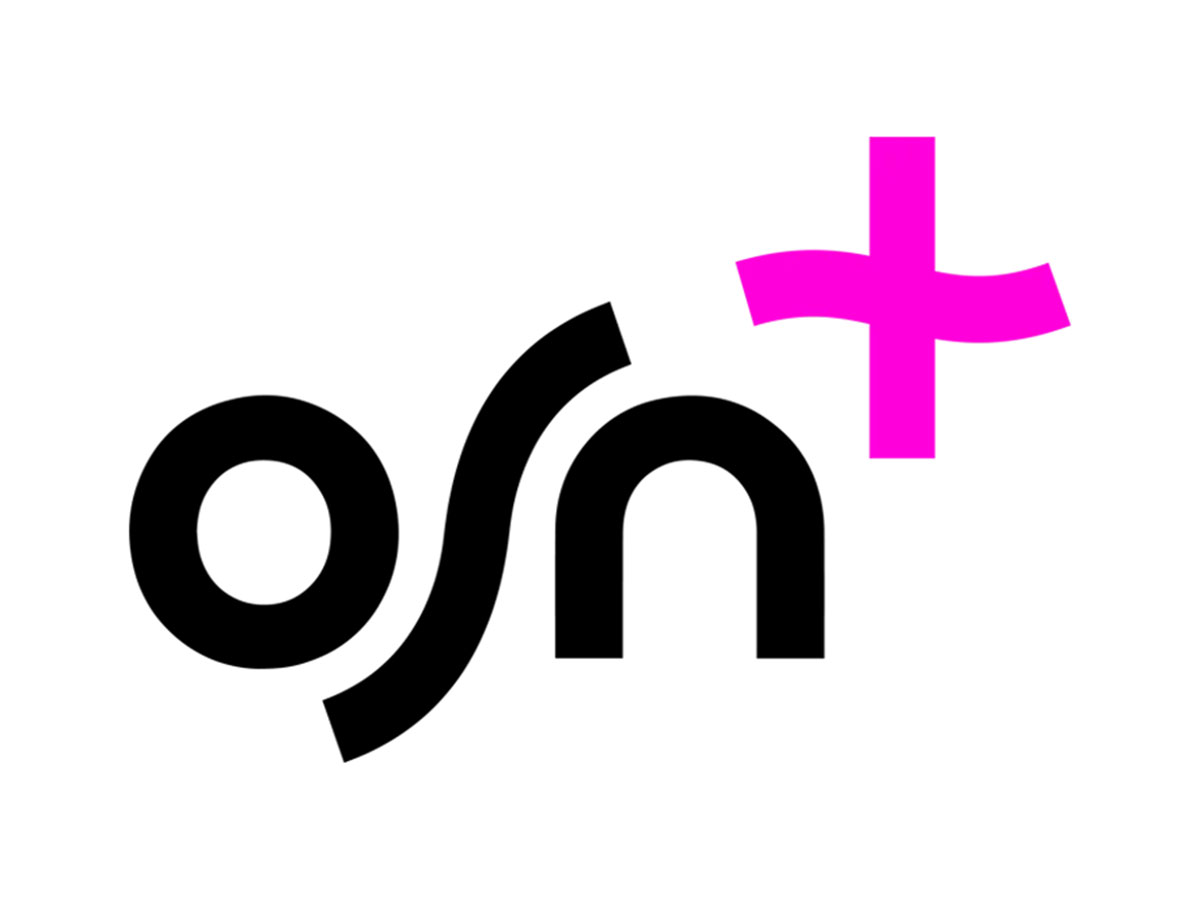
- OSN (Orbit Showtime Network) and its SVOD streamer OSN+ are mainstreamers based in and serving MENA (Middle East and North Africa) regions. Mainly MPA studio and brand international content (such as BBC) along with Arabic, Turkish, etc. local content. Open to some international indie buying as well. Competes with Shahid.

- Market leader—Saudi Arabian content-streaming platform, the most watched Arabic streaming service in MENA. Operated by MBC group and offering a wide range of entertainment content, including movies, TV shows, Originals, sports, etc.
- MPA studio and other American programming partnerships, some indie buying for select docs and films with profile.
C) TIER 3 TYPES – Changes and new buyers
Although some of the earlier indie film and doc services profiled in my last blog sadly fell away, others have stabilized, morphed, and matured, and new services have also launched. CAVEATS: This list and the DDG is NOT exhaustive, but an illustrative snapshot at this time. To help bring it down to earth, I’ve focused only on services that have done a deal with a niche indie/doc filmmaker from the U.S. in the recent past.
As before, most deals are non-exclusive, which allows you to ripple the film to genre competitors as well. For example, if dealing with a horror site such as Shudder, one can explore the other various competitors in horror; if dealing in art house, e.g. MUBI or Filmin, one can explore deals with 10 others, and similarly with documentary and niche/micro niche sites.
I can’t stress enough the necessity to matchmake the film to the platform. For example, if looking at 10 docs sites for your film, go deeper into the programming; is the character of the site you are about to pitch millennial/reality docs, fast paced (e.g. like an Insight.tv) or educational/tv/science type docs (e.g. like a Curiosity Stream) or character-driven features (e.g. like a GuideDoc or Docsville)? Can you identify or reference films already on their site that are comparable, so that when crafting your pitch you help the programmer/buyer see the fit?
In terms of business models, all of the below are still SVOD buyers, not funders (unless specified).
I first list some key indie movie sites which also buy different multiple formats and genres (e.g. docs, shorts). I then list some niche, genre-specific sites (e.g. docs only, horror only, shorts only); refer to the DDG for more.
i) INDIE MOVIE SITES
-
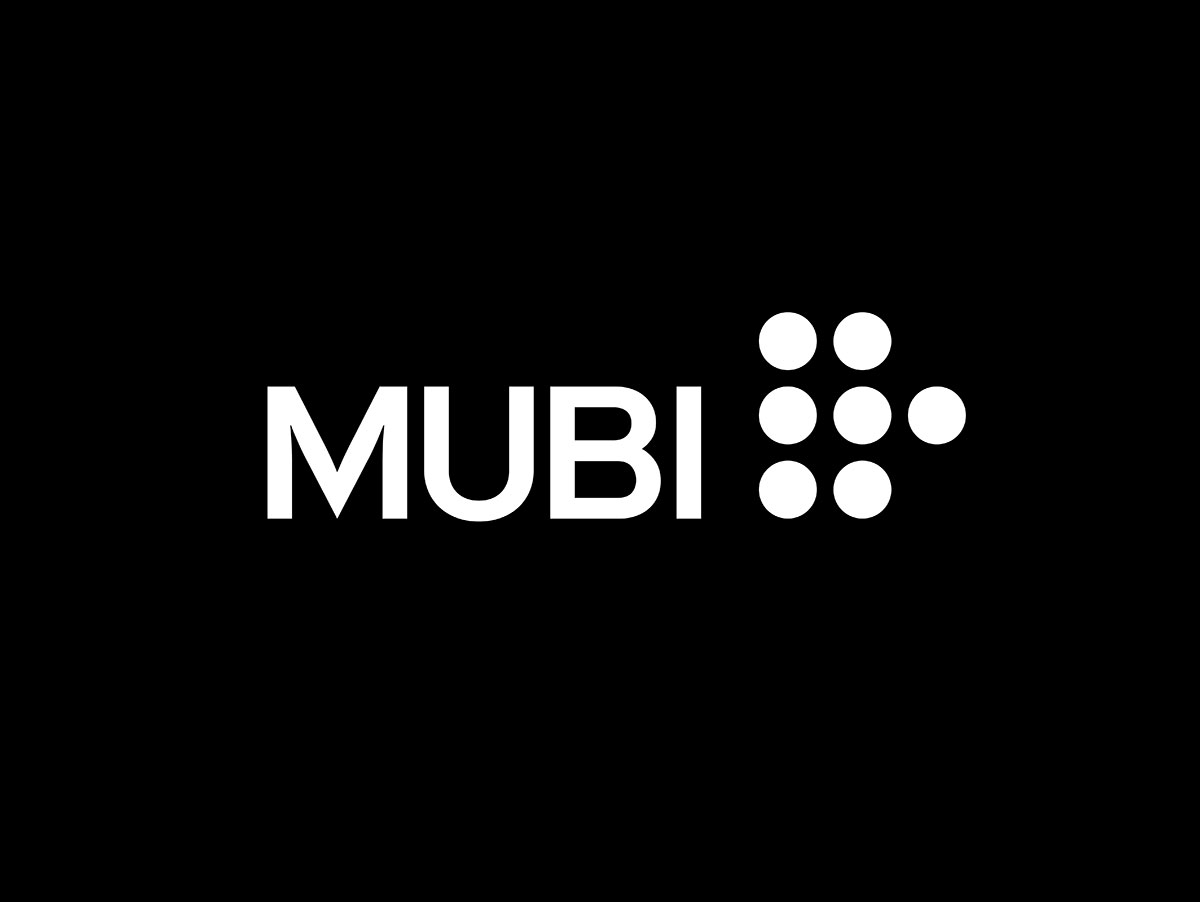
MUBI • Art house—around for more than a decade—is now global and has moved additionally into limited theatrical high-end acquisitions/distribution as well as adding more library titles (MUBI Releasing, MUBI Collections). Generally, a high-quality editorial prestige site, but not historically known to be the best paying site for indie filmmakers licensing titles, (with some key high-profile exceptions). Not funding.
-
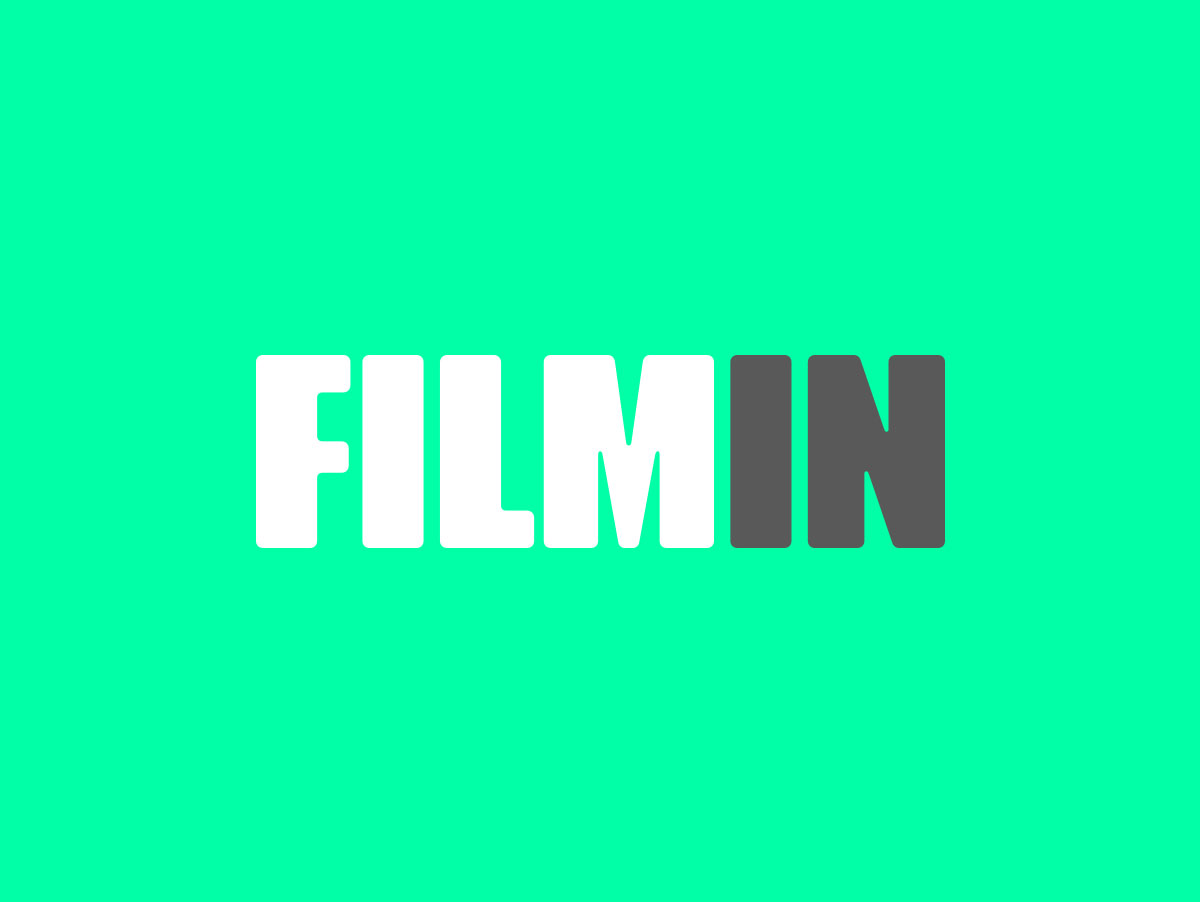
FILMIN • Spain and Portugal SVOD, no longer buying for Mexico. Also going strong for more than a decade, lovely curation, with a wide catalog across different regions of sourcing and different genres. Often buying from North American indies (not just world cinema or European), in both features and docs, current and library titles. Sometimes flat fee, other times MG plus rev share, increasingly rev-share only, for non EU indies. It is also connected to festival and theatrical in the region. Occasional Originals/funding (but not with U.S. indies).
-
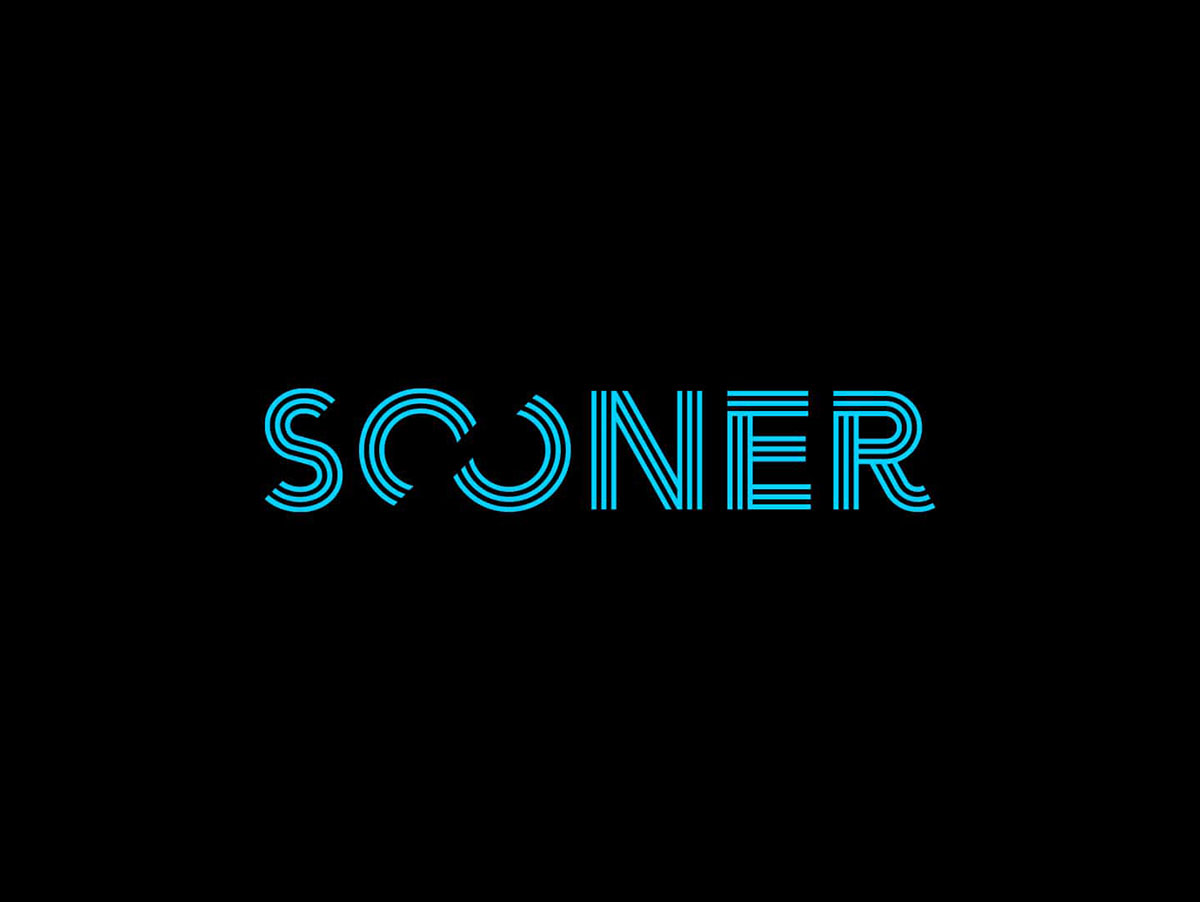
SOONER • The former niche art house sites UnCut and Universcine consolidated/became SOONER SVOD in Benelux and GAS (Germany, Austria, Switzerland) regions (and the parent group is still continuing as Universcine for VOD/SVOD in France). Buys films, indie series, and shorts from abroad as well, but with smaller flat fee or most of the time rev share. However it markets content well and sometimes event cinema screenings or other promotional approaches are supported, e.g. road shows of filmmakers, particularly around festivals.
-
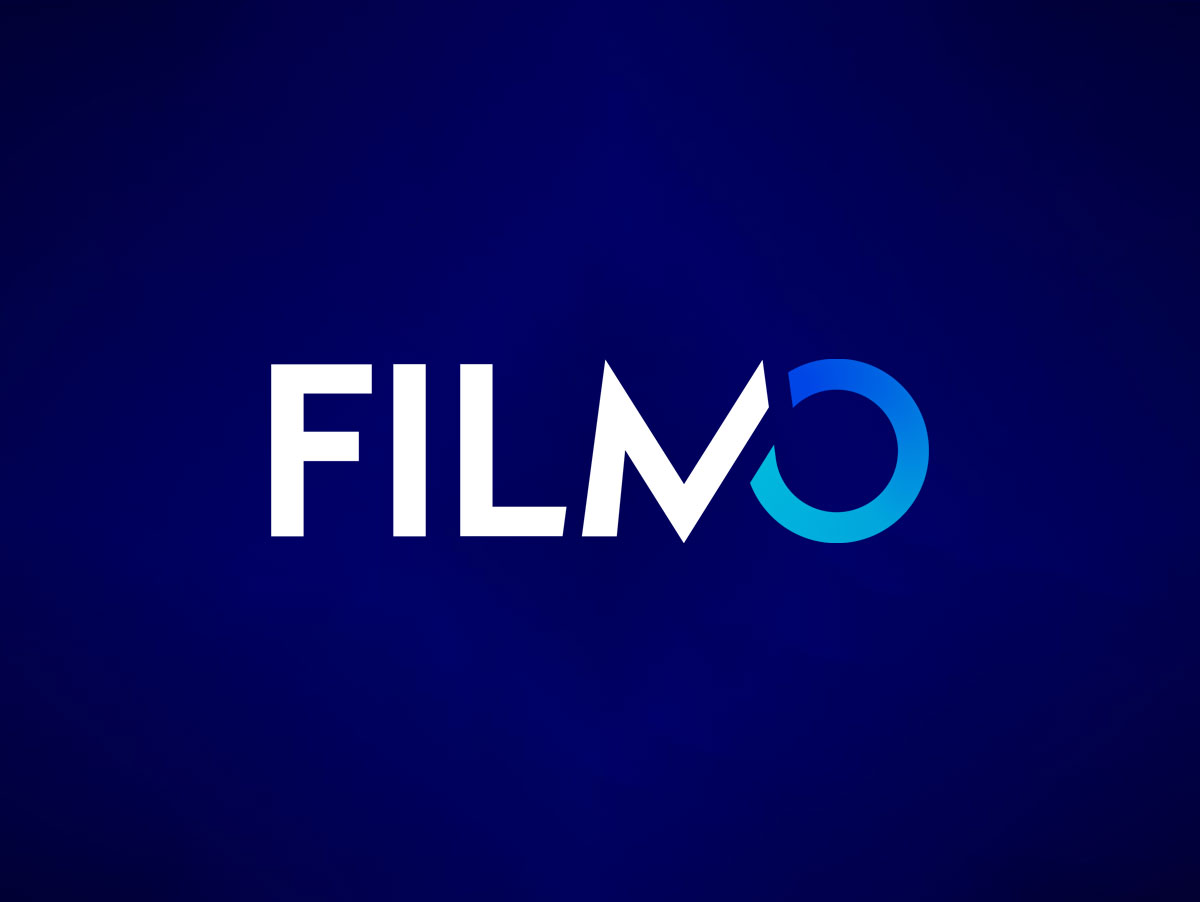
FILMO (formerly FilmoTV) • Rebranded to FILMO and comprises TVOD/SVOD art house/France region (originally via its founder Wild Bunch sales agent, with similar calibre films, no series). Flat fee or rev share/MG. Wildbunch also started a related AVOD/FAST called Wild Side TV for older library titles of that genre.
-
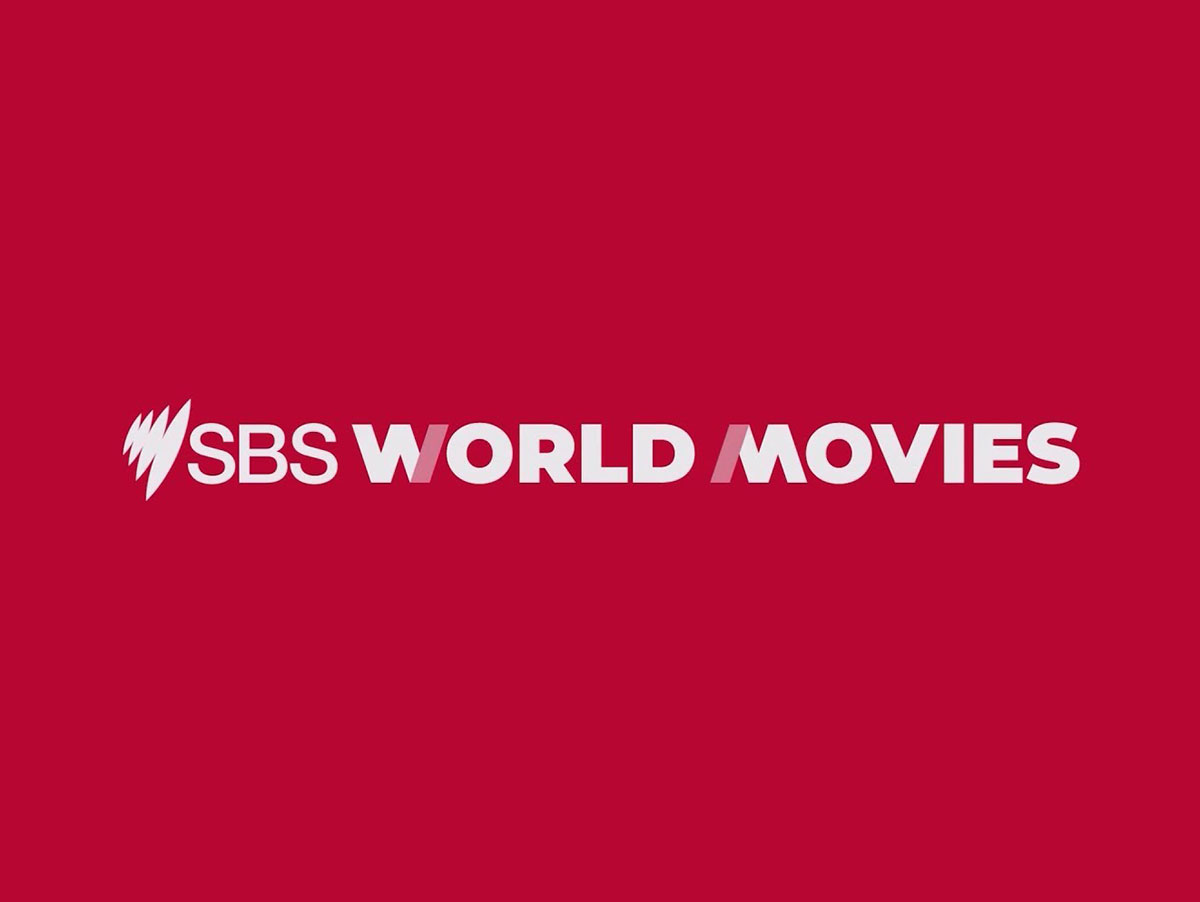
SBS / SBS On Demand / SBS World Movies • networks (Australia): World Movies was first SVOD/PAY but now changed to AVOD and free tv, like SBS network with flat fee deals. They still focus on films, and some docs, from outside Australia (emphasis on world cinema, diversity themed). Flat fee.
-
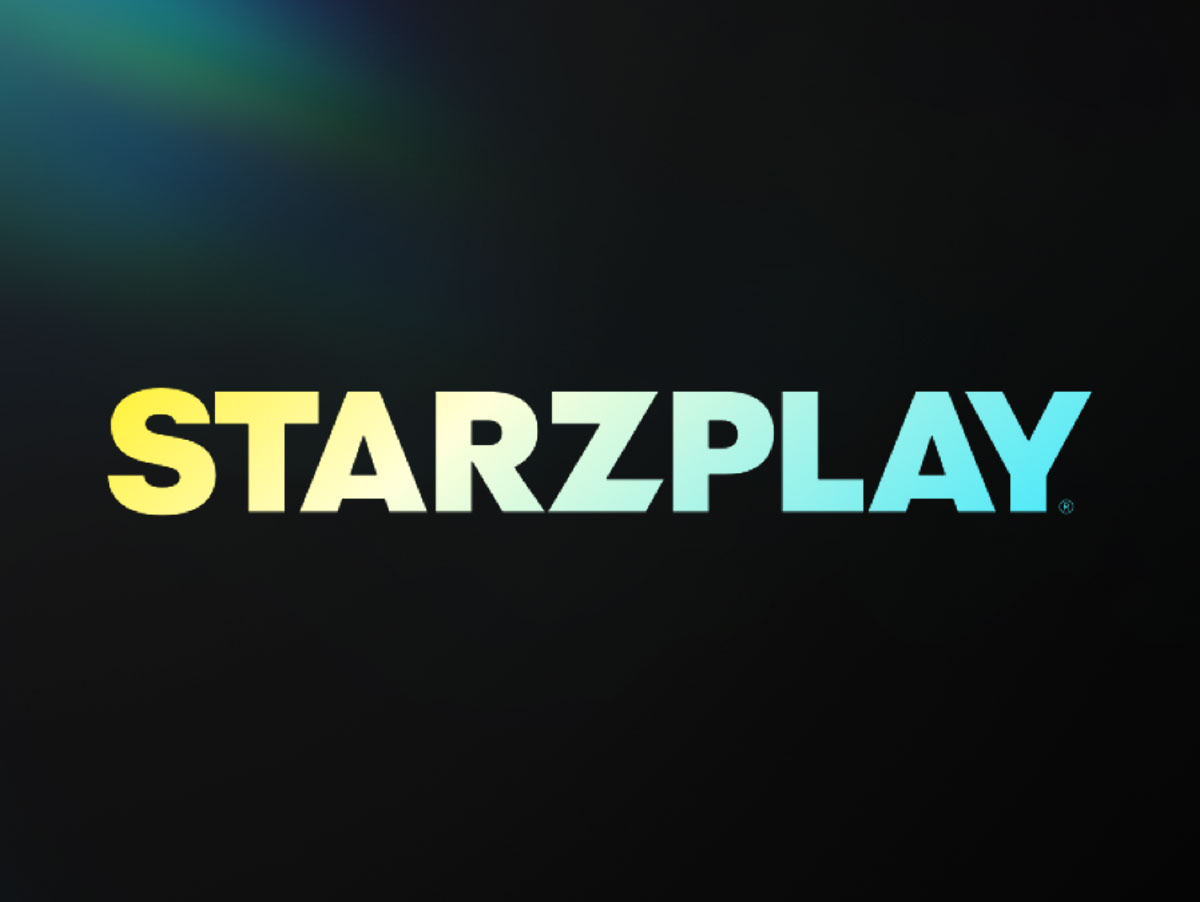
Starz Play • As part of the severe contractions and shutdowns in former Starz International and Lionsgate+ SVODs, MENA (Middle East and North Africa) region still remains and thrives, thus if your film or doc deals with MENA, they can still be a buyer. Flat fee. Their mainstream competitors include SHAHID.
-
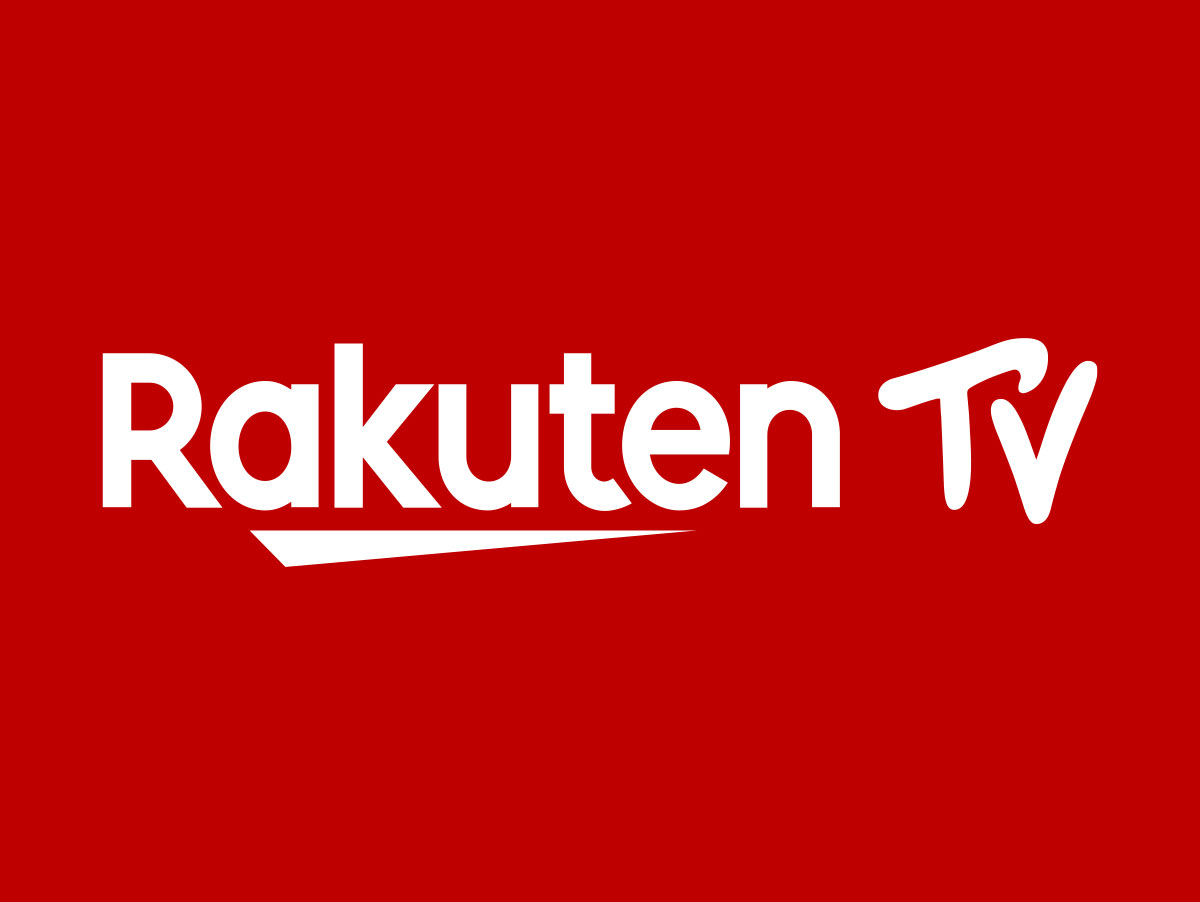
Rakuten TV • Mainstream and niches. Since last blog, it changed its TVOD/SVOD business model and programming emphasis across 40+ EU regions, to be almost entirely AVOD/FAST channels (rev share mainly, or sometimes MG). They are still selectively buying, including from U.S. indies, but one-off titles are not favored against packages or thematics. Occasional funding (Originals) but not U.S.-sourced, rather EU and mainstream.
…and some NEWER INDIE MOVIE SITES (not in the last blog)
-

Rialto • (NZ) – Indie film tv channel and also SVOD in NZ, Australia, Japan. Flat fee. Buyers however are increasingly less responsive to indie film suppliers from abroad, occasional deals possible on flat fee.
-
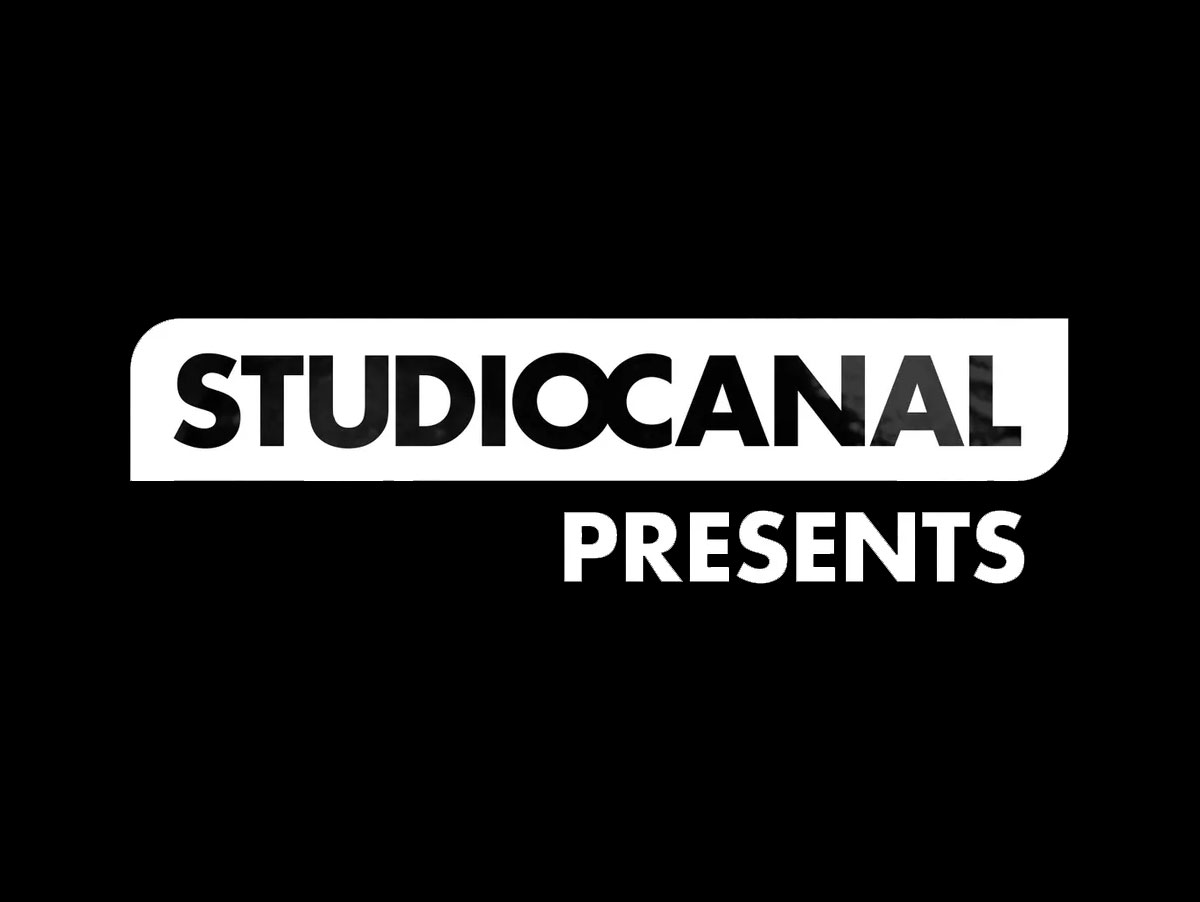
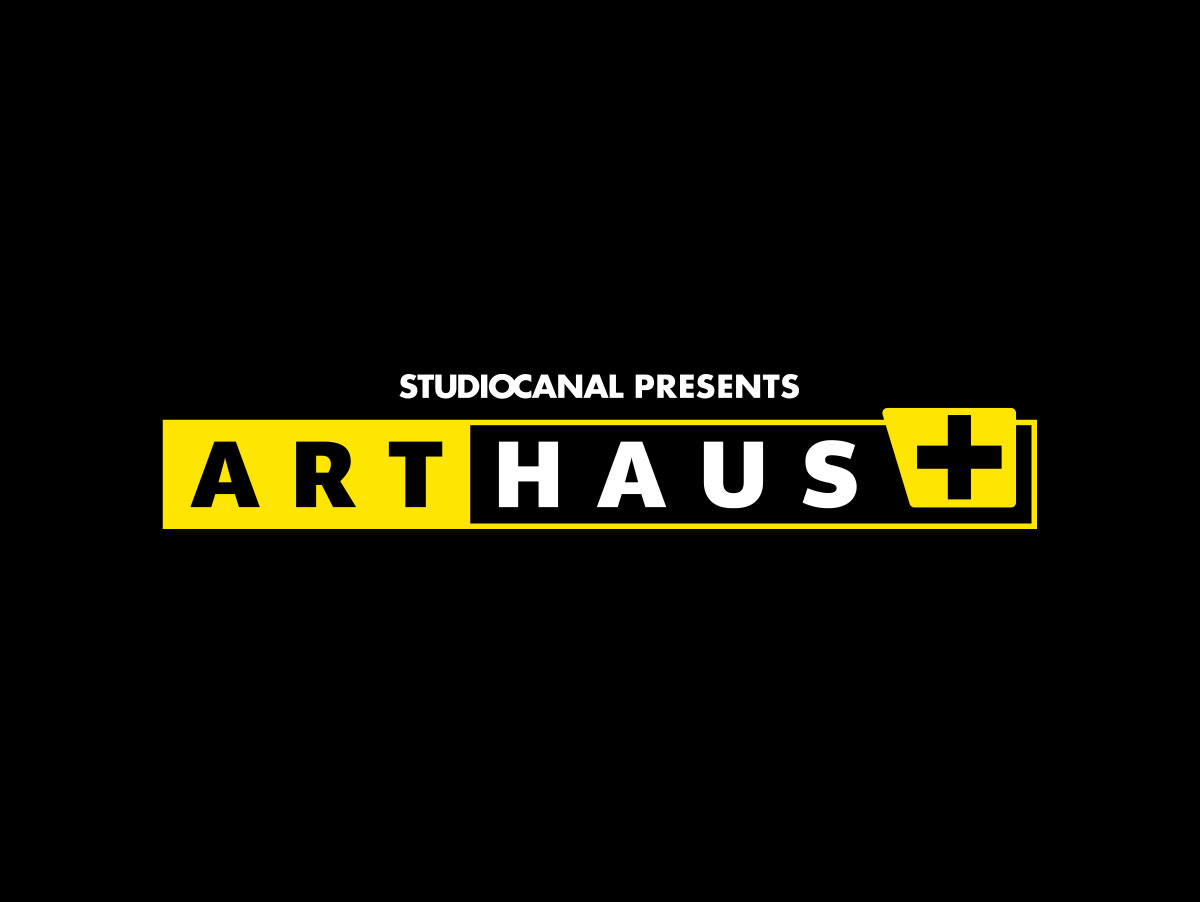
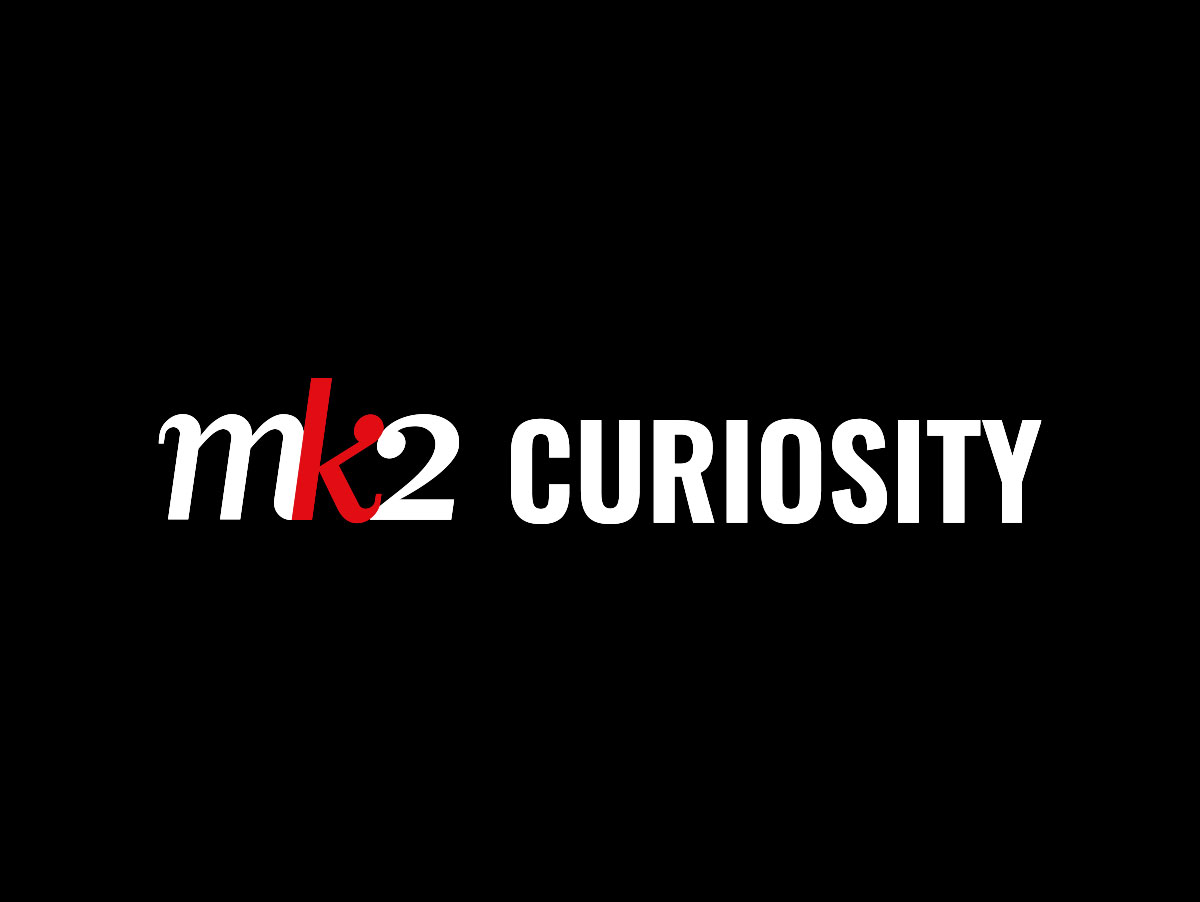
Studio Canal Presents and MK2 Curiosity • These two unrelated newer sites are each art house SVODs in France but generally for films they’ve picked up for distribution, with very limited third party licensing. Similarly, StudioCanal has added its StudioCanal ARTHAUS SVOD site in Germany.
-

Highball TV • Acquires indies films and docs for SVOD and sometimes other models. Programmed by a former longtime TIFF festival programming head. Curation criteria are basically films that played in festivals, but with monetization (even though it is an SVOD) mainly on a rev share basis.
ii) DOCUMENTARY (100%) SITES
-
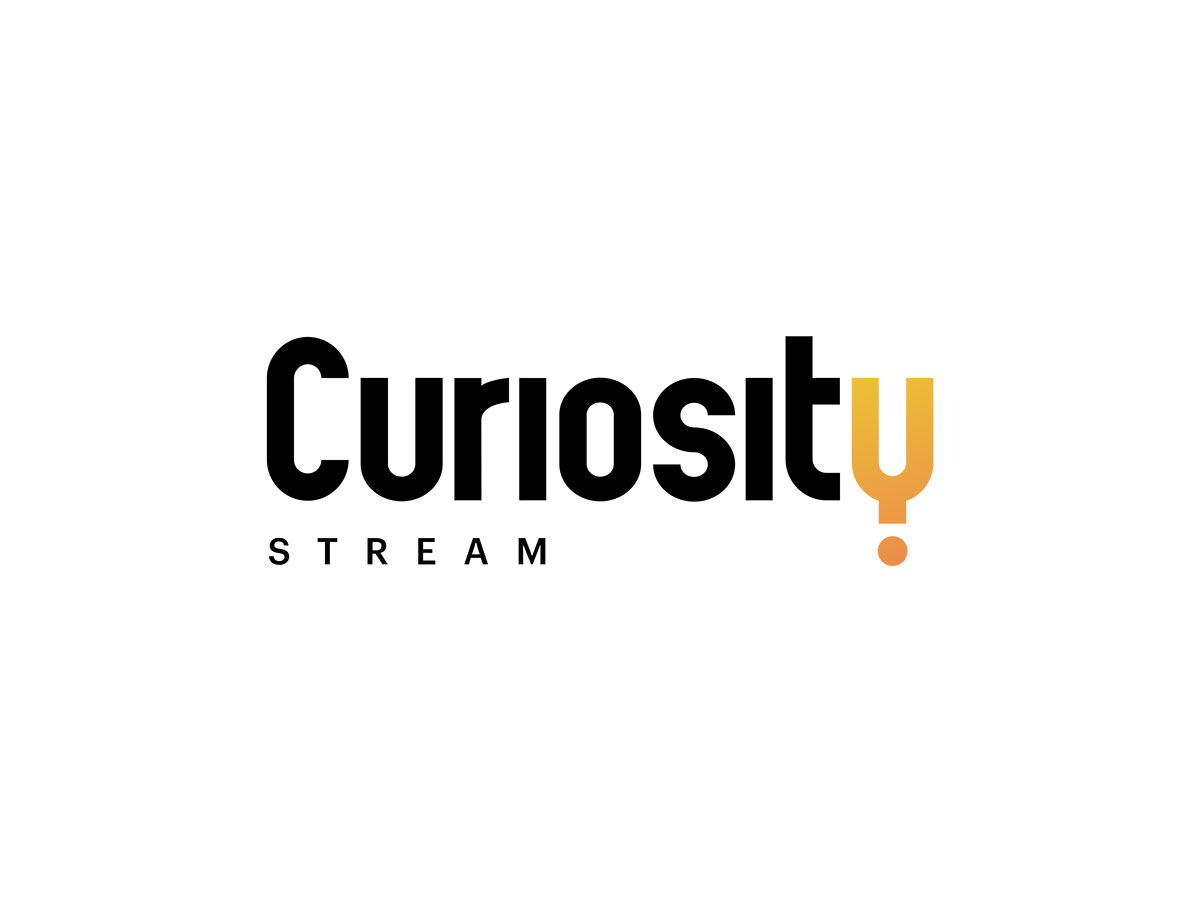
Curiosity Stream • A global SVOD founded by original Discovery founder. This mainstream SVOD is across 200 countries, and has since added an AVOD/FAST business model (Curiosity Now) to SVOD Curiosity, and has also continued to fund Originals selectively. Flat fee deals. In 2023-24, buyers changed frequently, however, and acquisitions were more limited as of time of writing, hopefully opening up later this summer. By late 2024/25 there were more changes in buyers again and sadly, buying from indies was put on hold, for budget reasons. It has resumed somewhat as of spring 2025, but sometimes only on a rev share basis, not the usual prior higher flat fees.
-
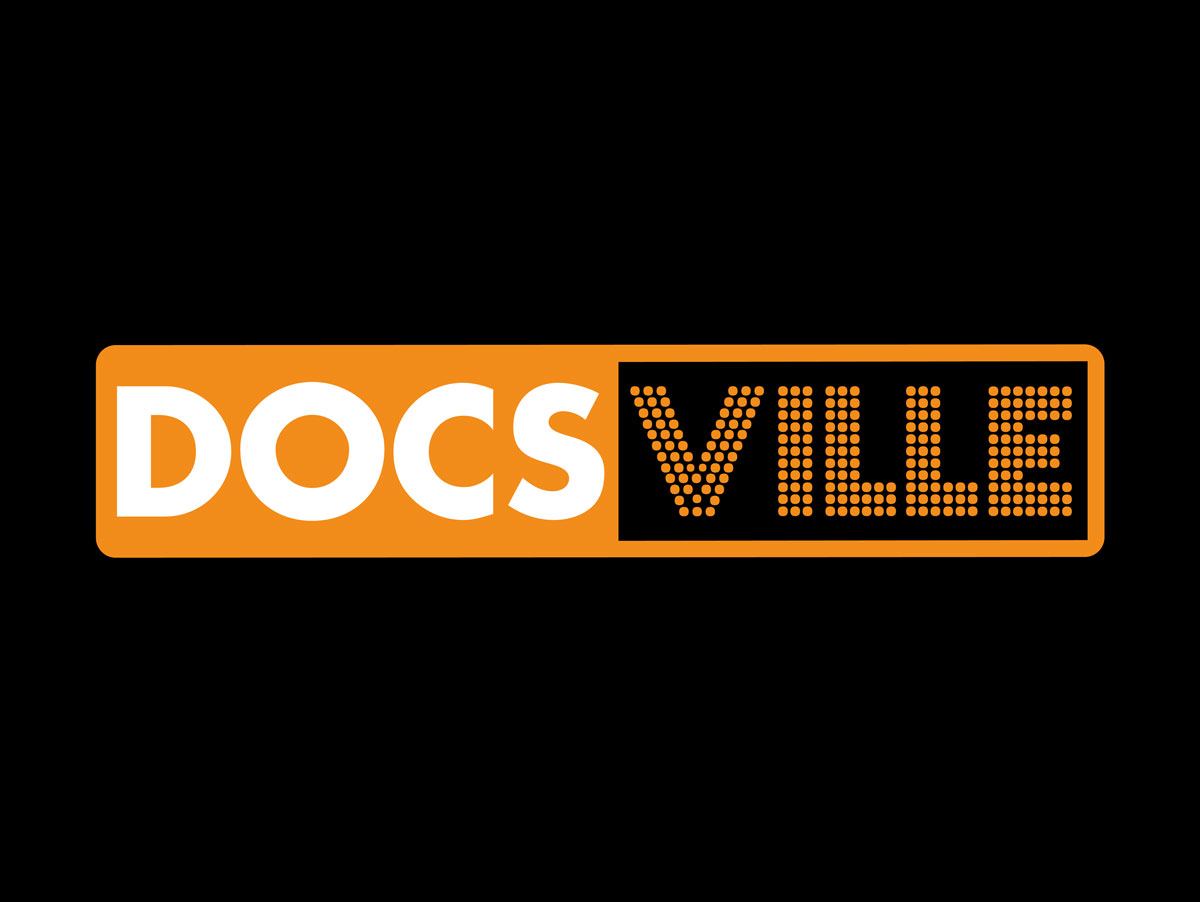
Docsville • SVOD of curated and character-driven docs. After being dormant a few years since the time of last blog, was reborn, and is now actively curating and buying (after the corporate investment by Lightning International (Asia) in 2023). Now they seek global rights, not just in UK; however, sadly, switched generally to a rev share model for SVOD/AVOD/FAST. They also have Docsville Studios for Originals/funding. They started adding FAST (FAST channels) to their rights ‘ask’ (but caution on your windowing and price-value relationship as revenues may not be exciting.)
-
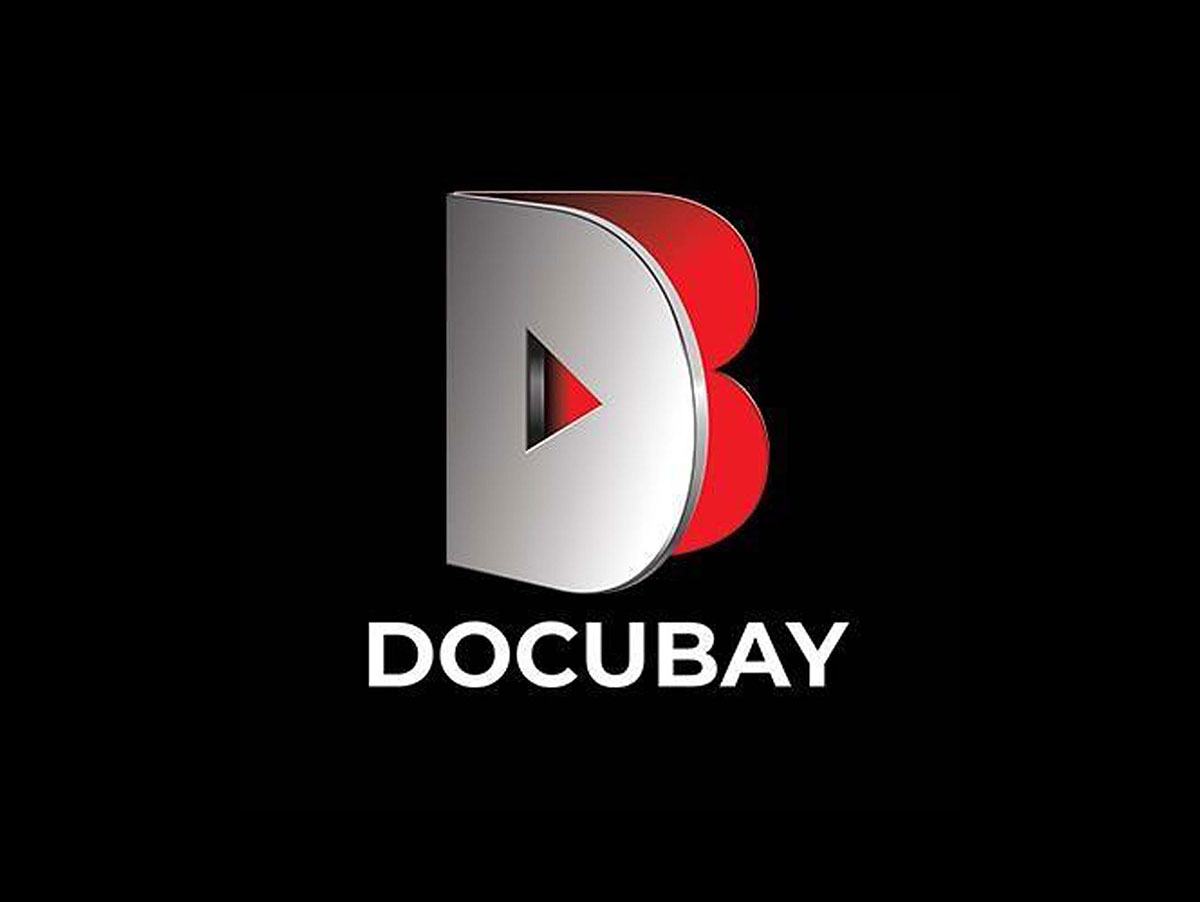
Docubay • (India, SVOD, linear) They’ve added linear (a sort of FAST but without ads/monetization!) to their rights “ask” in acquisitions, but disappointingly moved from earlier higher flat fees to a lower flat fee or rev share with MG. They ask now for more regions (global or at least English abroad) and the service is often carried on other platforms like Amazon as an add on. They frequently buy from U.S. indies, but preferably in volume packages via distributors (or sometimes via producers joining together in a common deal).
When pitching, try to already matchmake your doc to the categories/types of docs they offer on the site: topics include crime, nature, biography, culture, travel, history, music, sports, humanity, adventure, and politics.
-

Insight.tv • (SVOD/Pay-tv, linear, FAST/AVOD) Global, UHD (Ultra High Definition) offerings (linear) but also SVOD, AVOD/FAST channels globally. Healthy flat fee deals, and fund Originals and coproductions. Completely different style, i.e. commercial and very fast paced nonfiction/reality/lifestyle/millenials and increasingly mainly series, but some one-off feature doc buying is possible.
And some NEWER DOC SITES (not in prior blog):
-
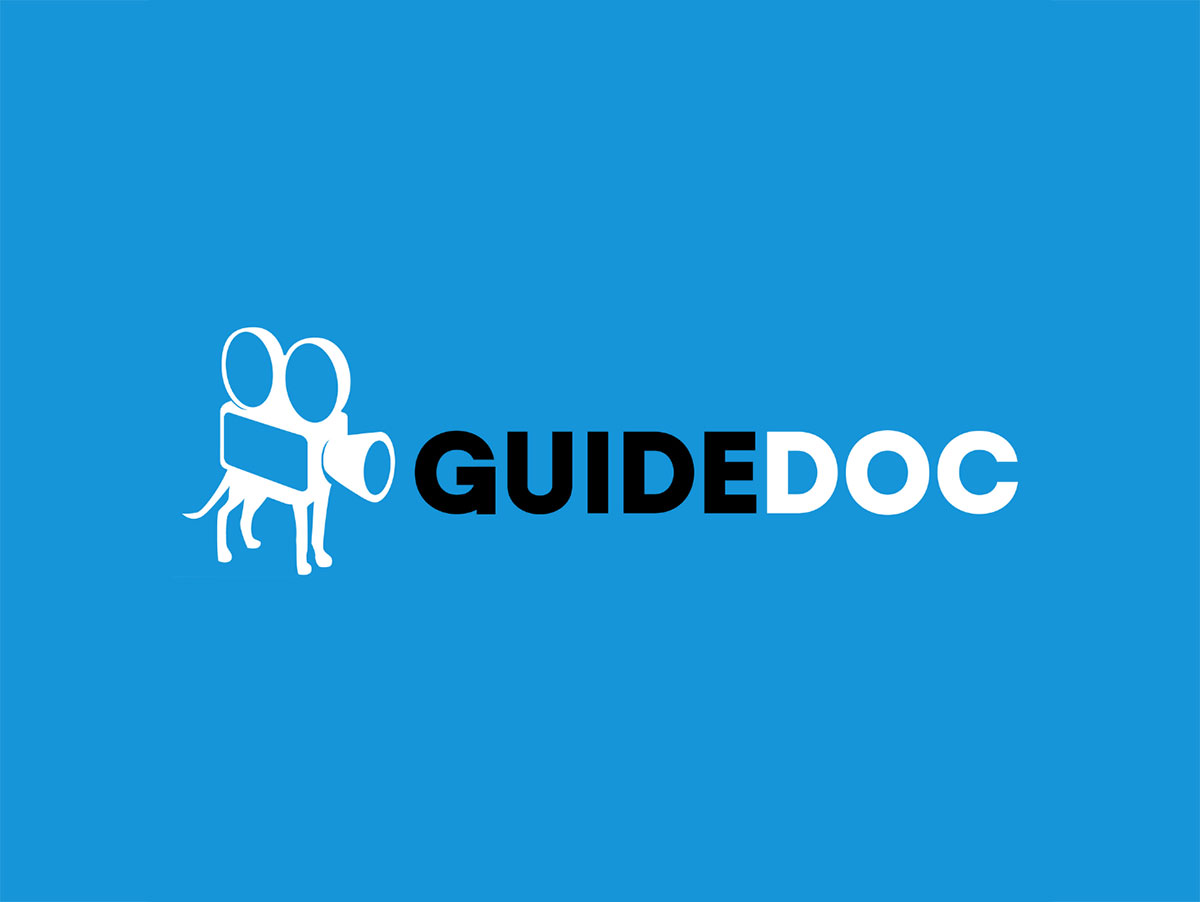
GuideDoc • (Spain) Curated site with flexible deal terms (contract posted on their website, transparent), multi region and avid docs buyer from makers abroad and in EMEA (but can carve out regions). Rev share. Pleased they’ve been buying a lot in 2024-25. Good editorial curation, profile and presentations of producer’s packages of films (instead of just buying one- offs); we’ve seen many packages acquired lately from indies including not only Current titles but selectively their older library (80s-2010s) titles as well, thus profiling the filmmaker (or theme) not just the film.
-
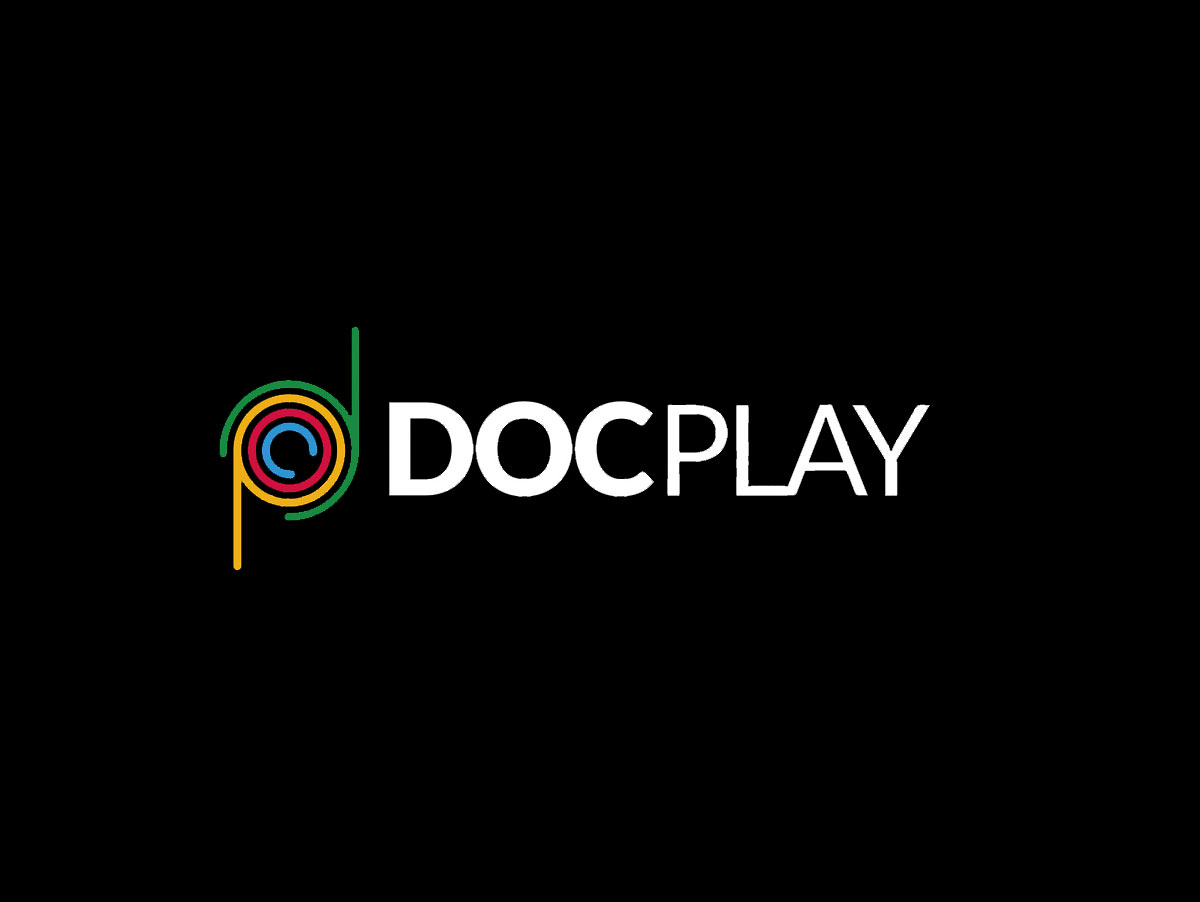
DocPlay • (Australia) An SVOD platform run by Madman Entertainment (the local Oz distributor), they show films in their own catalog of course, but also acquire various from third parties and international markets (including U.S.) not represented by Madman. Usually licensed on a flat fee basis for the Docplay platform. In late 2024-5, however, they have reduced their third party buying significantly and their buyers are less responsive to internationals who are not already signed with them for all-rights Distribution…that’s a disappointing shift.
-
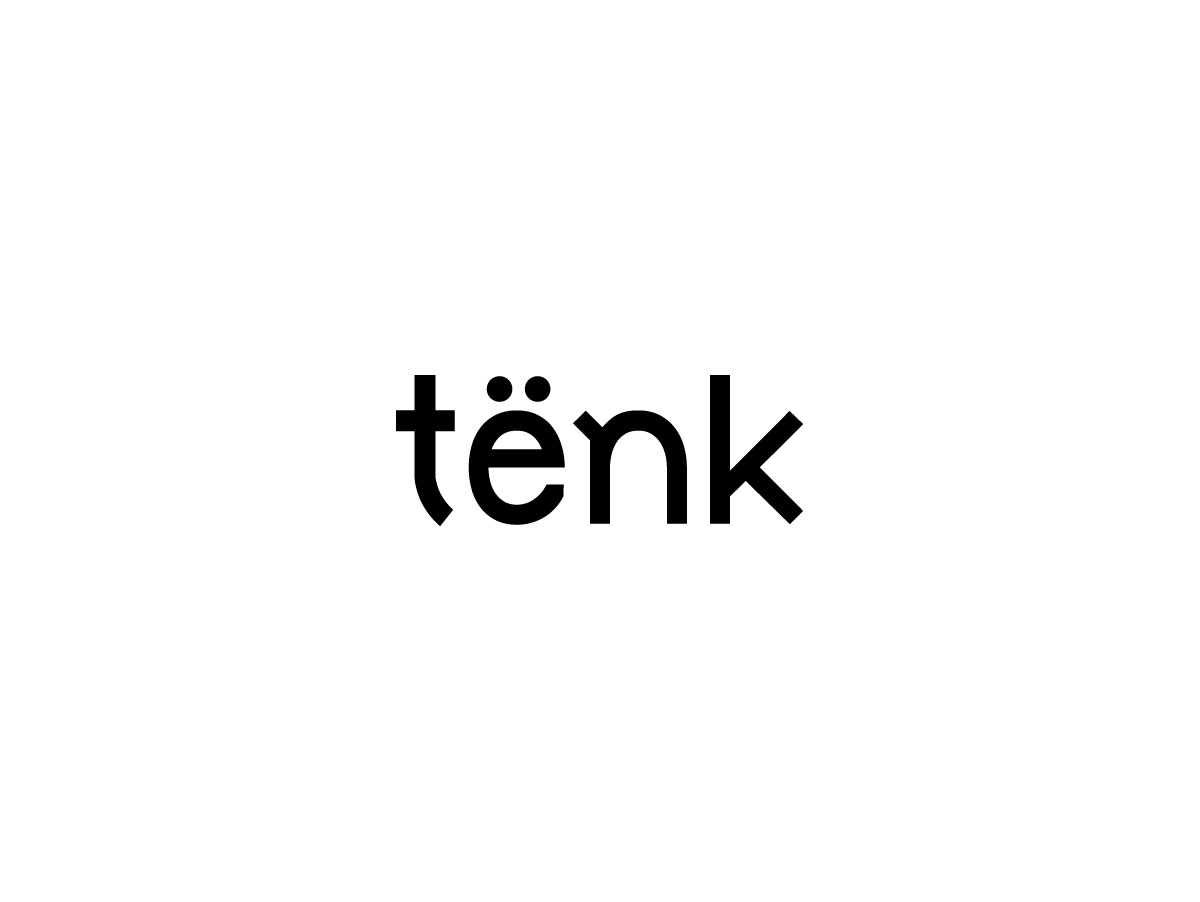
Tënk • (Docs-only SVOD) Expanded beyond France roots to Quebec and English Canada. However, although highly reputed in editorial quality it is still very low “rev share” or flat-fee monetization.
iii) Some NICHE OR MICRONICHE AUDIENCE SITES
-
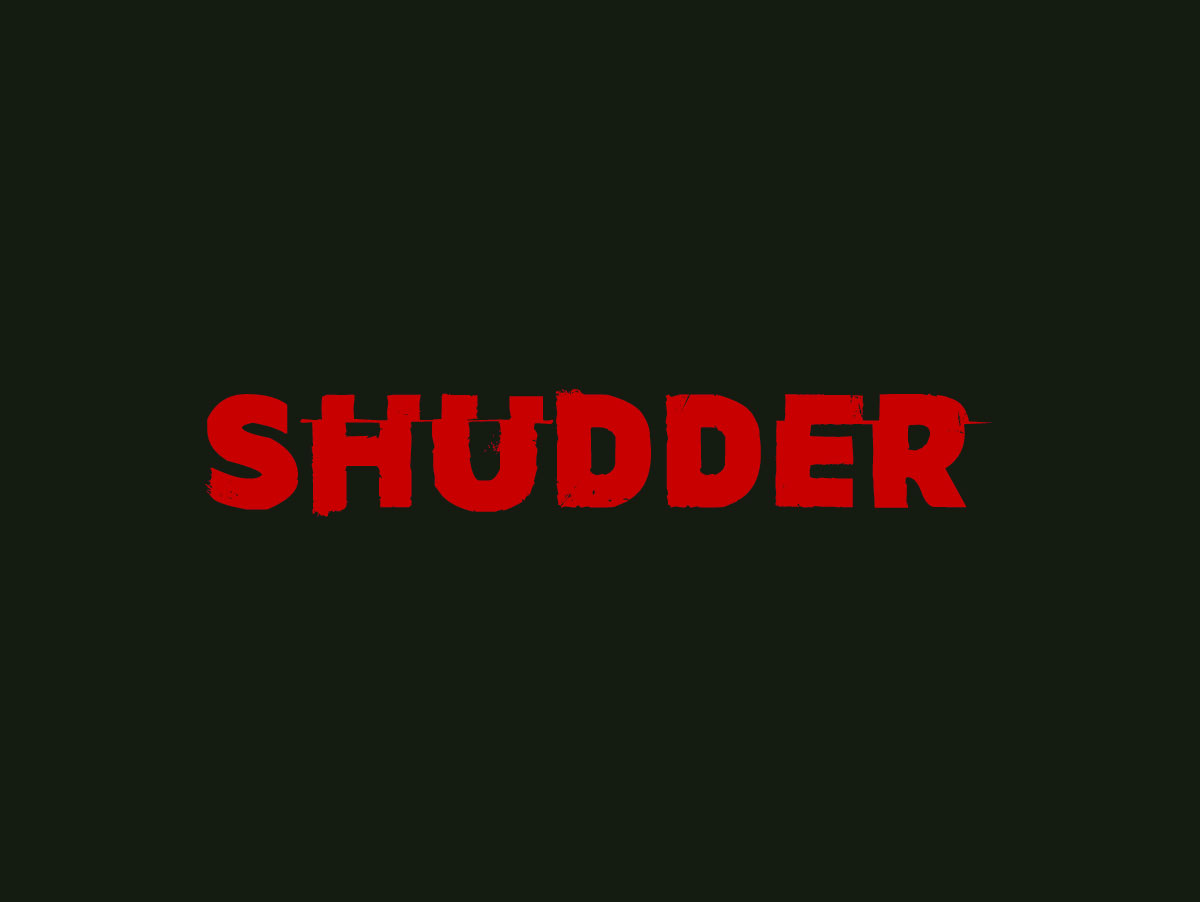
Shudder • Horror leader, expanded its SVOD regions to UK/IE, U.S., Canada, Australia, New Zealand, and some other EU. Occasionally still funding Originals.
Keep in mind in nonexclusive deals can also be suitable for other competitors in the sector such as Planet Horror, Cine+ Horreur, Screambox, etc., and this approach applies to all Tier3 niches and genres. As above, look not only at the more known sites but also its competitor buyers.
-
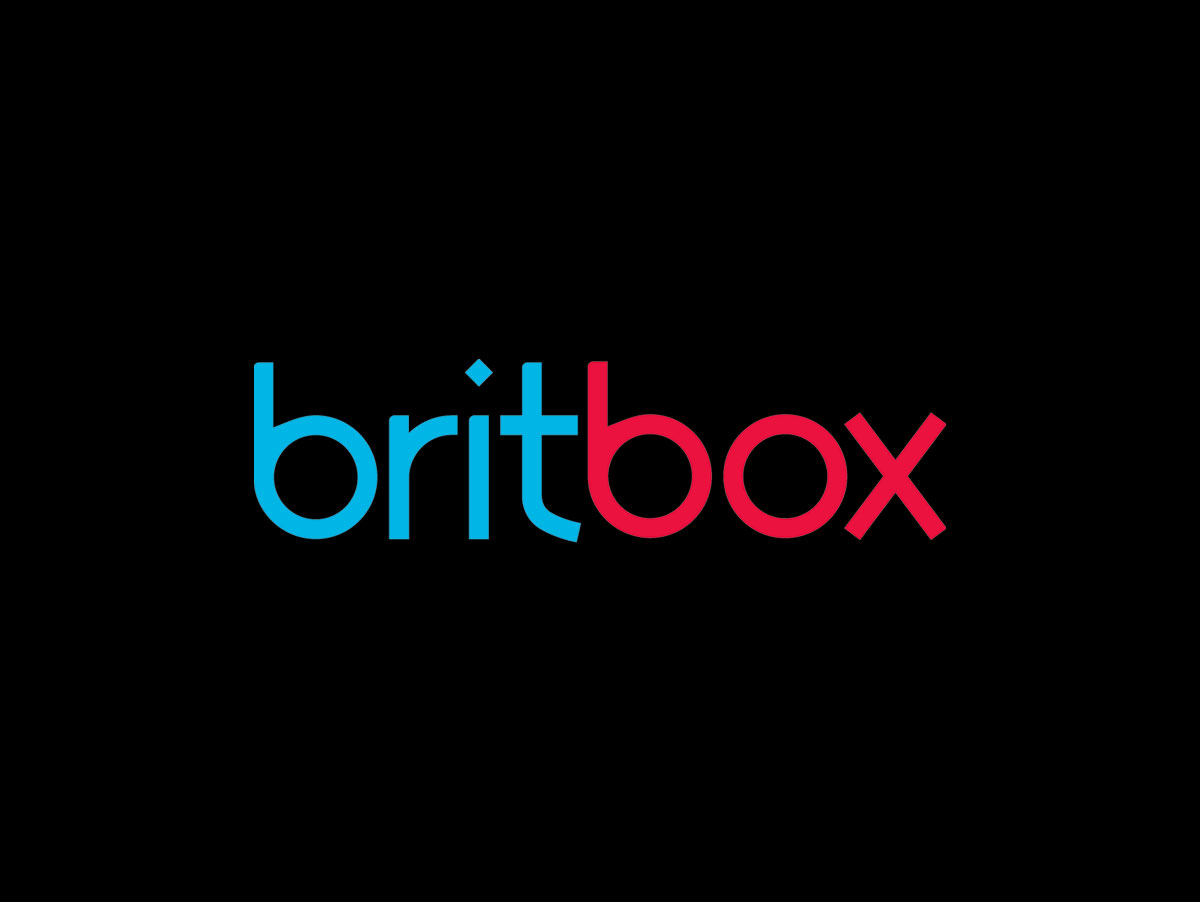
Britbox • Although Britbox is still available in the rest of the world, this “Best of British” site, as of April 2024, has ceased in the UK and its content there is now rolled into ITVX Premium (SVOD) (now owned by BBC). It still continues internationally, in North America, Australia, South Africa, and Nordic region (Sweden, Denmark, Finland, Norway). The opportunities for indies are more for licensing works that were co-produced with or connected to the UK. Flat fee.
-

Acorn TV • SVOD, also a “Best of British/Colonies” thematic, lately more series than film, expanded so it can buy for U.S., Canada, UK, Latin America, Spain, Australia, New Zealand, and the Nordics. But has since pulled back from other regions like the Netherlands and South Africa, and in 2025 pulled back from (stopped its service in) Portugal and LatAm. Flat fee.
-
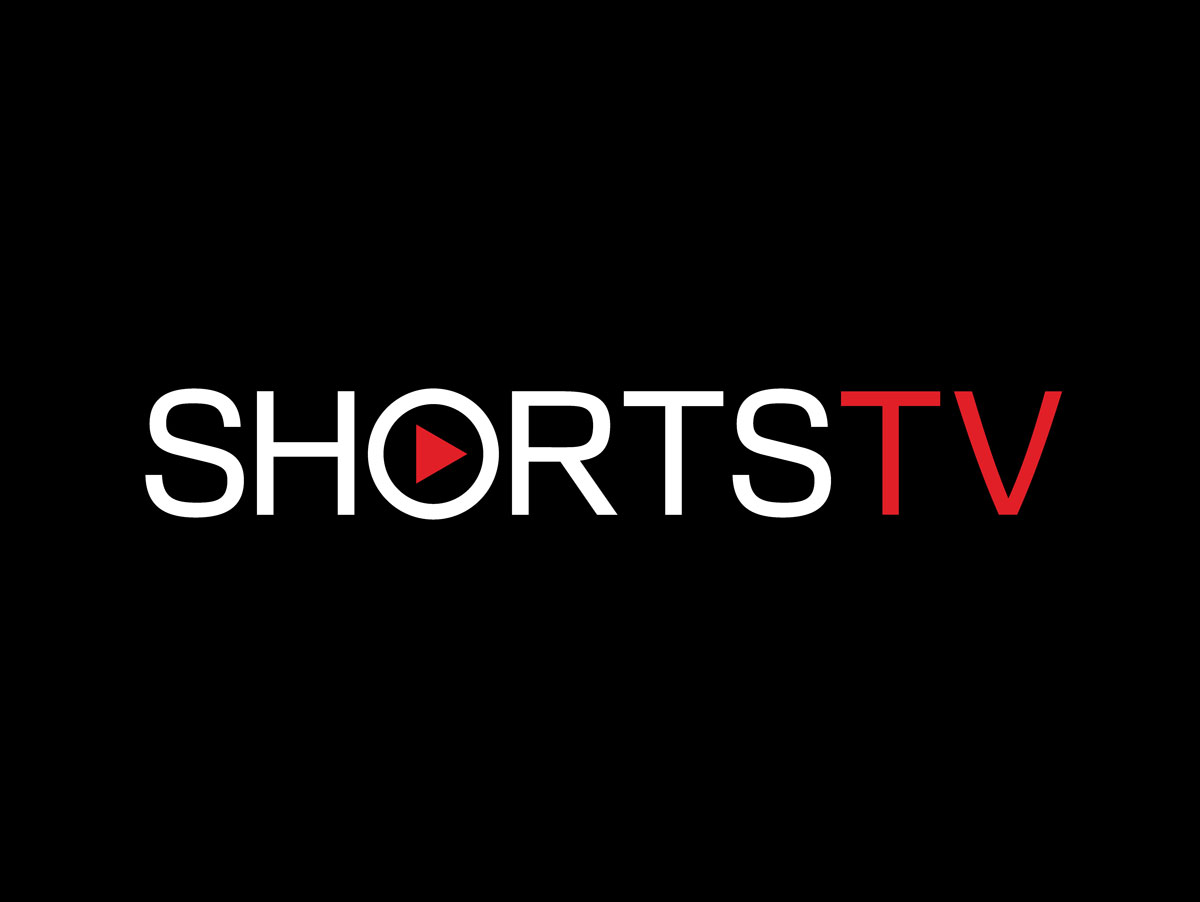
Shorts.tv • (Shorts) Market leader in shorts licensing. Flat fee. Pay-TV, TV, SVOD, including Oscar shorts. Multi-region.
-

discover.film • (Shorts) SVOD/AVOD buyer, aimed more at B2B travel sites and exploitation. Rev share.
-
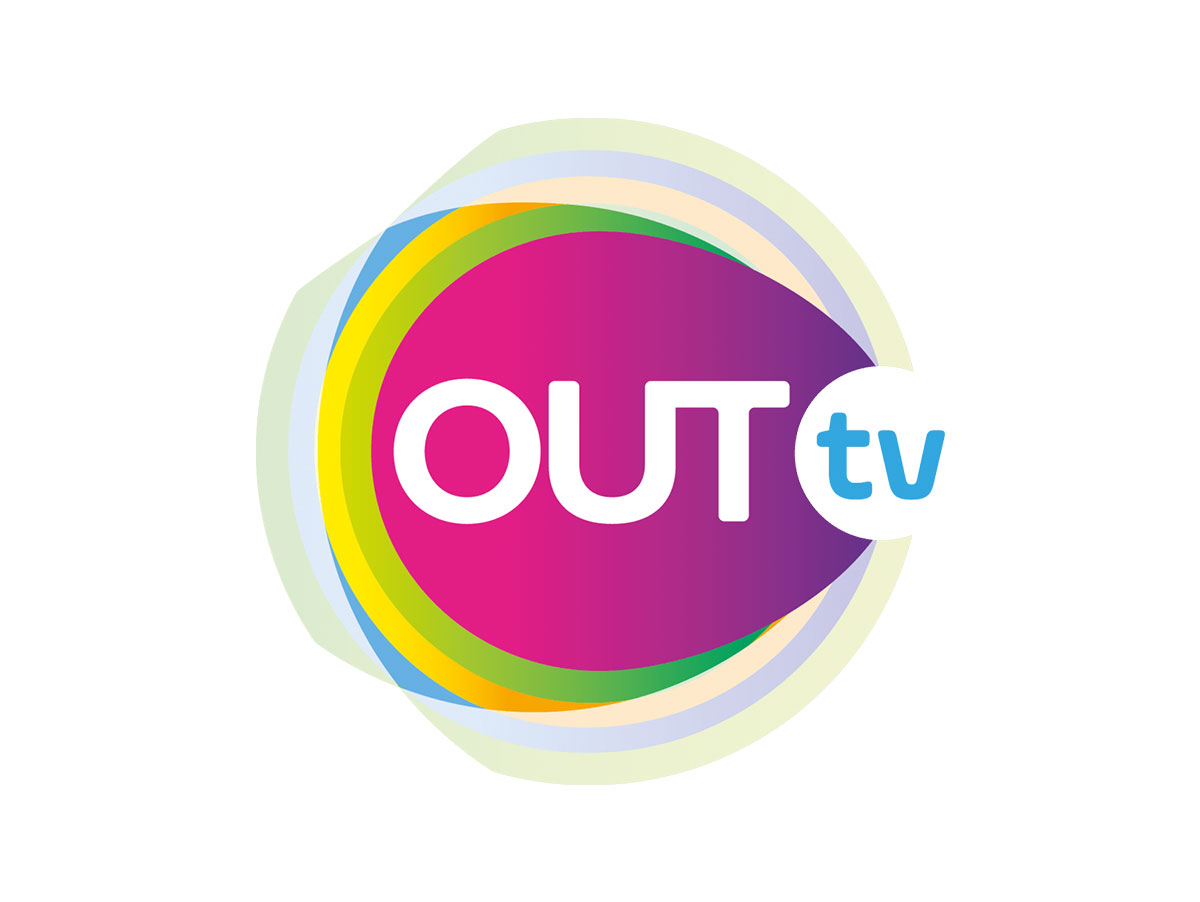
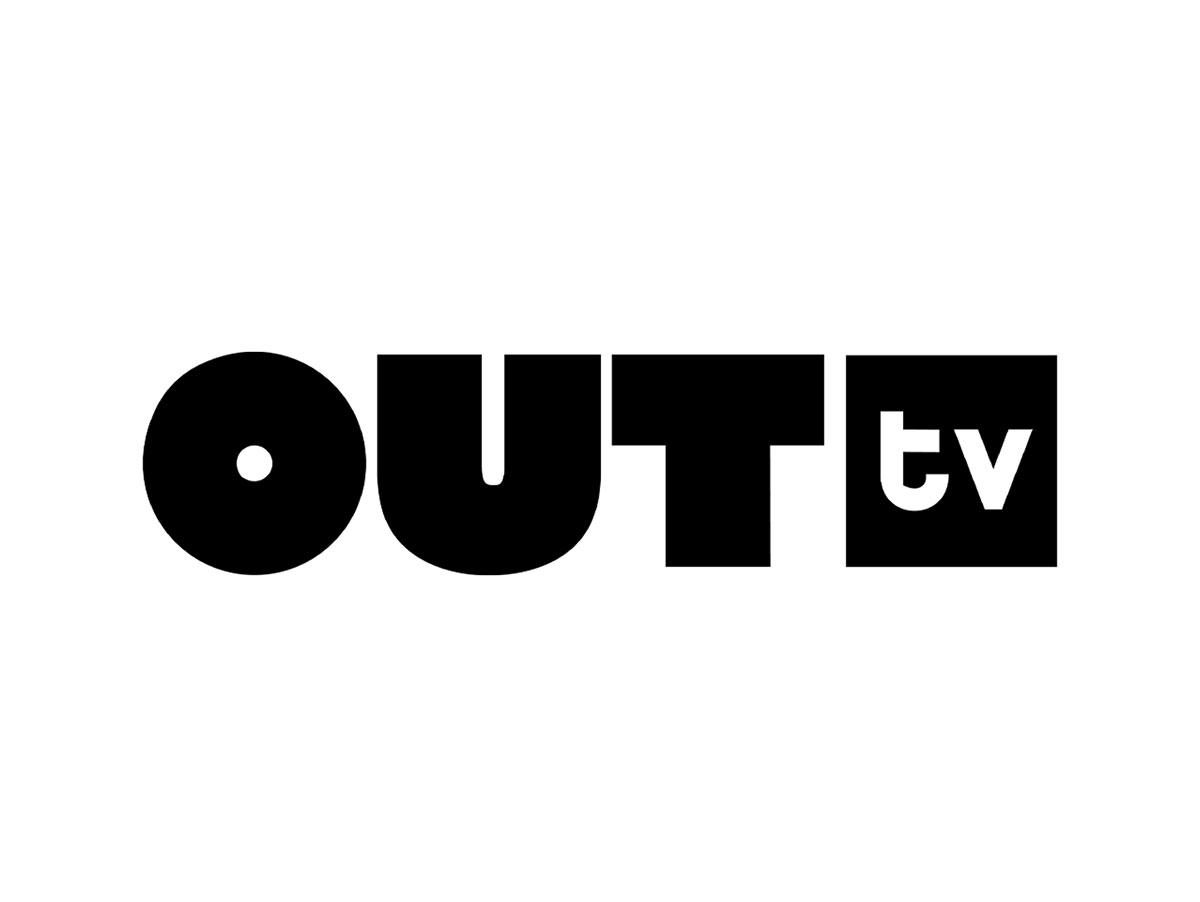
Out.TV and OUTTV • (LGBTQ+) Despite having similar names, these are two unrelated/different sites. They are the main European- and Canadian-based services who compete against each other in LGBTQ+ content for SVOD/AVOD/FAST across different regions. They pay flat fees, and sometimes fund Originals. They also have multiple other competitors in the space.
-
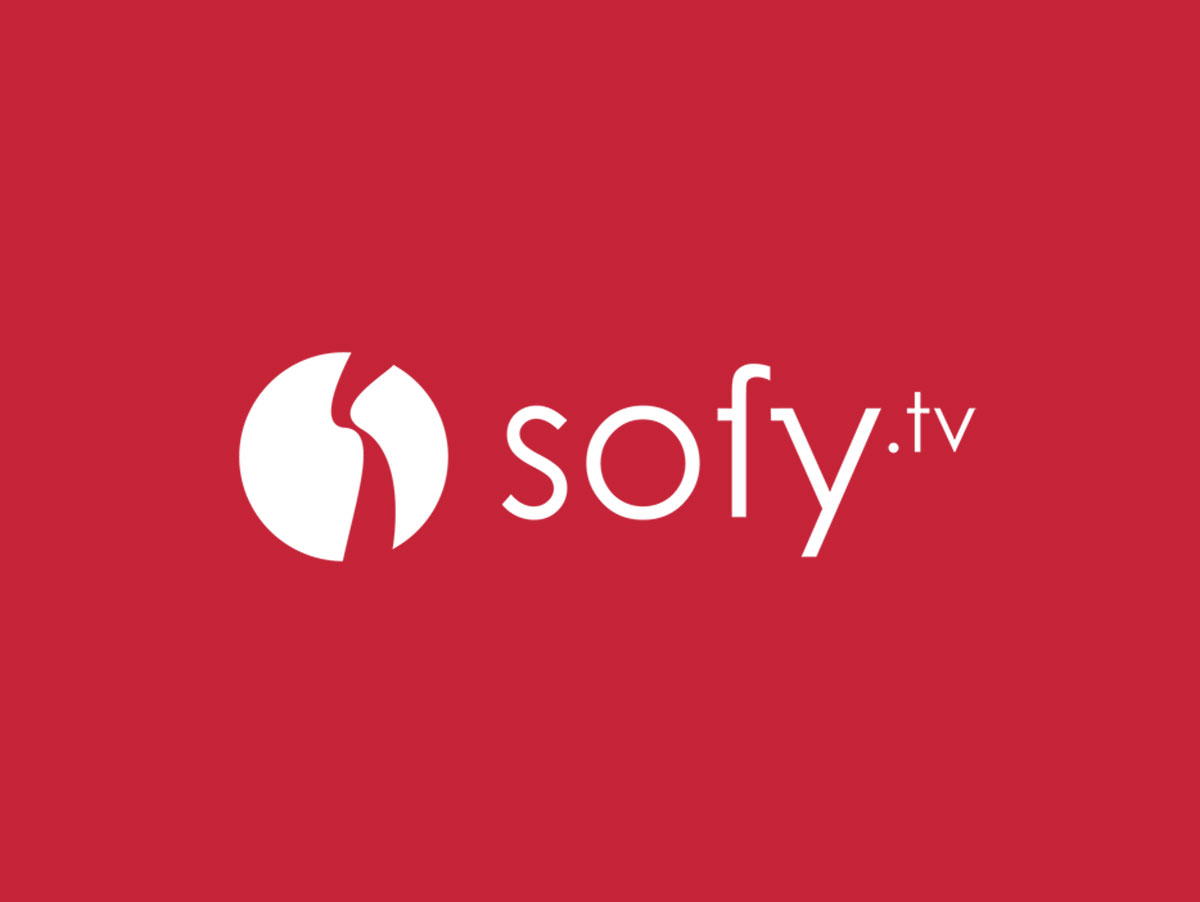
Soft.tv • A shorts SVOD based out of Switzerland, well curated, subscription and free offerings.
-
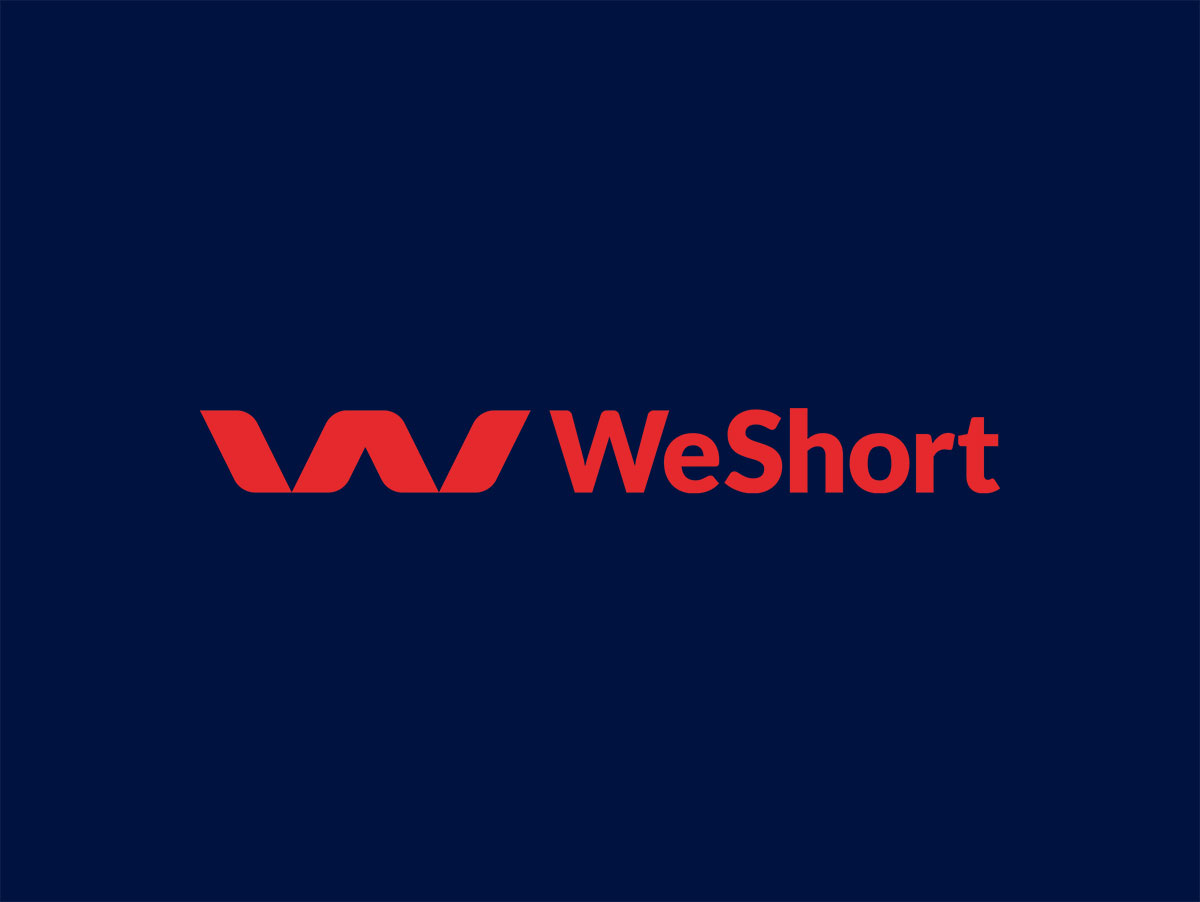
Weshort.com • A shorts SVOD based out of Italy (with weekly, monthly or annual plans) and a related free site (weshort4free)- the latter is without monetization but can be used for marketing/upselling to the SVOD.
iv) Other
Note there are many other international micro-niche sites (SVOD and also AVOD/FAST) that you can sell to non-exclusively, each of which have multiple competitors around the world, such as kids (Hopster), wildlife (Love Nature), expats/diaspora (Afroland, Zee TV, and their many competitors), lifestyle, performing arts (Marquee.tv), dance, millennials/nonfiction reality (Insight.tv), hobbies, and series
C) Stepping Back: Considerations and Takeaways
1) Considerations
- Platforms’ tastes, needs, and appetites (and competitive positioning) are always changing.
- So, on the plus side, even if a title is rejected now, one can circle back 6 months later (if the rejection reason was more that the platform was overstocked in a category or bad budget timing).
- But obviously do not circle back if they rejected the film because they didn’t like it/ it’s not suitable for them.
- Your film benefits most overseas if it travels well culturally, has strong acclaim, or is particularly topical and/or has other marketable appeal.
- Language is very relevant but does not have to be a barrier:
- English OV films generally travel easiest first to other English regions/sites (Canada, UK, IE, AU, NZ, South Africa).
- Then next easiest, is subtitling-friendly regions (like Nordic, Benelux) as well as the pure cinephile arthouse and documentary sites (where audiences are accustomed to subtitles).
- In other regions such as Germany, Italy, Portugal, Spain, and Brazil, dubbing requirements have to be factored in. That said, if you have a few potentially interested platforms in one region/language, it is easier to assess the value of dubbing costs. No need to do so in advance.
- Sometimes a platform will arrange the foreign versions for you as “money’s worth” instead of offering as high a license fee, then you can seek access to those foreign versions for licensing to other platforms.
- Politically: U.S. films are, frankly, not at the top of some EU platform priorities at the moment—so be realistic in your expectations.
- For example, EU platforms now have content country of origin quotas (official and unofficial) to balance, ranging from 20-50% in practice.
- This means after a platform has 1) bought its MPAA (Motion Picture Association of America) studio, major output deals (if applicable), 2) bought from its own EU or local minimajor and indie distributors, and 3) bought its own direct local indie filmmakers, then and only then can they have room for ad hoc cherrypicked U.S. indie sector films.
2) Takeaways
As before, our basic rules have not changed:
- Act quickly and work collaboratively (filmmakers + agents/distributors) to seize timing opportunities.
- Balance traditional and digital to best capture cumulative and incremental revs in the non-exclusive deal sector, while also developing a longer-term platform pipeline.
- Be aware many platform buyers rarely attend markets/festivals and instead work virtually (even pre COVID-19, as I did) to better allocate their leaner budgets towards programming spend, rather than markets.
- Don’t stop at just one deal unless exclusivity or funding elements are in play and worth it.
- Don’t be blocked per se by rights issues. Pragmatic business deals where others are “cut in” can help make those melt away.
- Consider hybrid distribution; traditional and digital specialists sharing the job (or after the first year or two of exclusivity to your rep) for maximum bang for your buck. “100% of Zero is still Zero.”
- After the deal is done, help audiences know where to find your film!
I look forward to seeing more of your films and docs here and in other parts of the world!
—Wendy Bernfeld, Rights StuffDavid Averbach May 29th, 2025
Posted In: Uncategorized
TFC’s Distribution Days is upon us!
Next week, The Film Collaborative is holding a free virtual distribution conference, Distribution Days, which will offer concrete takeaways on the state of indie distribution and how filmmakers can navigate it. Attendees will hear from exhibitors, distributors, consultants, and filmmakers, some with case studies, as they describe and reflect on the landscape.
This conference hopes to help filmmakers develop critical thinking skills around distribution by looking at what is and what is not viable within a traditional distribution framework. It will also offer some alternative approaches. Willful blindness or a doomsday mindset are equally unproductive.
So, we are offering this pre-conference primer to set the tone, take stock of what myths are out there, and talk about what thought leaders in this space are coming up with as ways to deal with the current landscape.
Here we go!
Remember the days when creators and distributors were lying back in their easy chairs, proclaiming their satisfaction with how independent cinema has been evaluated by the marketplace? Yeah, we don’t either…and we’ve been in the industry (in the U.S.) for more than two decades. Nevertheless, there is a pervading sense that the state of independent film has never been worse—and that we’ve been going downhill from this mythic “better place” ever since Sundance was founded in 1978.
Why do we insist on bemoaning a Paradise Lost when the truth is that being a filmmaker has never been a paradise? Filmmakers have always been confronted with predatory distributors, dense and confusing contract language, onerous term lengths, noncollaborative partners, lack of transparency, and anemic support, if any (just to name a few). For an industry that prides itself on creating and shaping stories that speak to diverse audiences, we should be better at articulating truer narratives about our field.
It doesn’t help that, at Sundance this past year, all one could talk about was how streamers were “less interested in independent film than a few years ago, preferring [instead] to fund movie production internally or lean on movies that they’ve licensed” and how Sundance itself was “financially struggling, presenting fewer films than in previous years and using fewer venues.” (https://www.thewrap.com/sundance-indie-film-struggles-working-business-model) Still others like Megan Gilbride and Rebecca Green in their Dear Producer blog have put forth ideas how Sundance should be reinvented completely.
But we all know that independent film isn’t just about Sundance. We have heard a lot of discussion recently about the need to reshape the narratives we tell ourselves regarding the state of the independent film industry.
Distribution Advocates, which is also doing great work chasing the myths vs. the realities of the field, also believes that we must all question “some of our deepest-held beliefs about how independent films get made and released, and who profits from them.”
In their podcast episode about Exhibition, economist Matt Stoller remarked how “weird” it is that even with all the technology we possess connect audiences, we’re still so “atomized” that all that rises to the top is whatever appears in the algorithm Netflix chooses for us in the first few lines of key art when we log in (and we will note that even the version of the key art you see is itself based on an algorithm).
But is it really all that strange? One of the main reasons that myths exist is that someone is profiting from perpetuating them. The same with networks and platforms and algorithms. And the more layers of middlemen and gatekeepers there are, the harder it is for us to see the forest for the trees. Keeping us in our algorithmically determined silos numbs us into not minding (actually preferring) that we are watching things—or bingeing things—from the safety and comfort of our living rooms. The ability to discover on our own content that aligns with our true interests or consuming content in a communal space has disappeared the same way that the act of handwriting has…we used to be able to do it but haven’t done it in so long that it feels unnatural and too time-consuming to deal with.
Brian Newman / Sub-Genre Media acknowledges that the problems remain real, but that what everyone is calling crisis levels seems to him merely a return to norms that were in place before the bubble burst. No one, he says, is coming to rescue “independent film”—certainly not the streaming platforms, which merely used it as necessary to build a consumer base.
Many have posited myriad ideas about how to bypass the gatekeepers. Newman echoed what TFC has been recently discussion internally: that instead of many competing ideas, we need them to be merged into one bigger idea/solution. Like, for example, an overarching solution layer run by a nonprofit on top of each public exhibition avenue that will aggregate data and help filmmakers connect audiences to their content. A similar idea was also discussed at the last meeting of the Filmmaker Distribution Collective in the context of getting audiences into theaters.
By exclaiming that “No one is coming to the rescue,” Brian really means that we are all in this together, and that it’s going to take a village.
We agree, but a finer point needs to be made.
Every choice we make moving forward—whether you are a filmmaker, distributor, theater owner, or festival programmer, what have you—could possibly be distilled into either a decision for the independent filmmaking public good…or for one’s own professional interest. Saying that a non-profit should come in and offer a solution layer to aggregate data is all well and good until it threatens to put out of business someone whose livelihood is based on acquiring and trafficking in that data. How refreshing was it to be reminded at Getting Real by Mads K. Mikkelsen of CPH:DOX that his festival has no World Premiere requirements? It reminds us of the horrible posturing and gatekeeping film festivals do in the name of remaining relevant and innovative. For us to truly grow out of the predicament we are in, some of us are going to have to voluntarily release some of the controls to which we are so tightly clutching.
Keri Putnam & Barbara Twist have an excellent presentation on the progress of a dataset they are putting together of who is watching documentaries from 2017 – 2022. They provide some other data that was very sobering:
Film festivals: comparing 2019 numbers to 2023 – there was a 40% drop in attendance;
Theatrical: most docs are not released in theaters and attendance is down even for those that are released.But they also note that there is really great work being done in the non-theatrical space— community centers, museums, libraries – that is not tracked by data. TFC’s Distribution Days offers two sessions on event theatrical and impact distribution, so we’ll be able to see a tiny bit of that data during the conference.
We also know that the educational market is still healthy, and that so many have remarked of the importance of getting young people interested in film…so we have three sessions where we hear from the Acquisitions Directors of 11 different educational distributors.
We also have a panel from folks in the EU who will provide advice on the landscape and how best to exploit films internationally and carve our rights and territories per partner. And we’ll speak to all-rights distributors about what kinds of films they see doing well, what they are doing to support filmmakers—and what their value proposition is in this marketplace.
We have a great panel on accessibility, and two others that relate to festivals and legal agreements.
Starting off with a keynote from noted distribution consultant and impact strategist Mia Bruno, the 2-day conference aims to summarize the state of the industry while providing thought provoking conversations to inspire disruption, facilitate effective collaboration, and to aid broken hearts.
Regardless of whether current days are better or worse than the heydays of Sundance and the independent film of yesteryear, Distribution Days will identify the current obstacles of the independent film distribution landscape, and what we can hold on to—as a commonality—to evolve the landscape together in the future.
If you look a little deeper, you will see that, despite all the challenges, filmmakers have and can still achieve “success” when they understand the terrain, (sometimes) work with multiple partners with a bifurcated strategy, protect themselves contractually, and maintain and grow their own personal audience.
We hope you will join us. And for those of you that cannot make all of the sessions we are offering live on May 2 & 3, you’ll be able to catch up on what you missed via The Film Collaborative website after the conference is over.
We look forward to seeing you next week! And if you have not registered yet, you can do so for free at this link.
David Averbach April 25th, 2024
Posted In: case studies, Digital Distribution, Distribution, Distribution Platforms, DIY, Documentaries, education, Film Festivals, International Sales, Legal, Marketing, Theatrical
The Implosion of Distributor Passion River… And What it Means for You
by Pat Murphy
Pat Murphy is a documentary filmmaker and editor. His latest film, Psychedelia, uncovers the history and resurgence of psychedelic research. It was sold to universities, nonprofits, international broadcasters, and the streaming service Gaia.
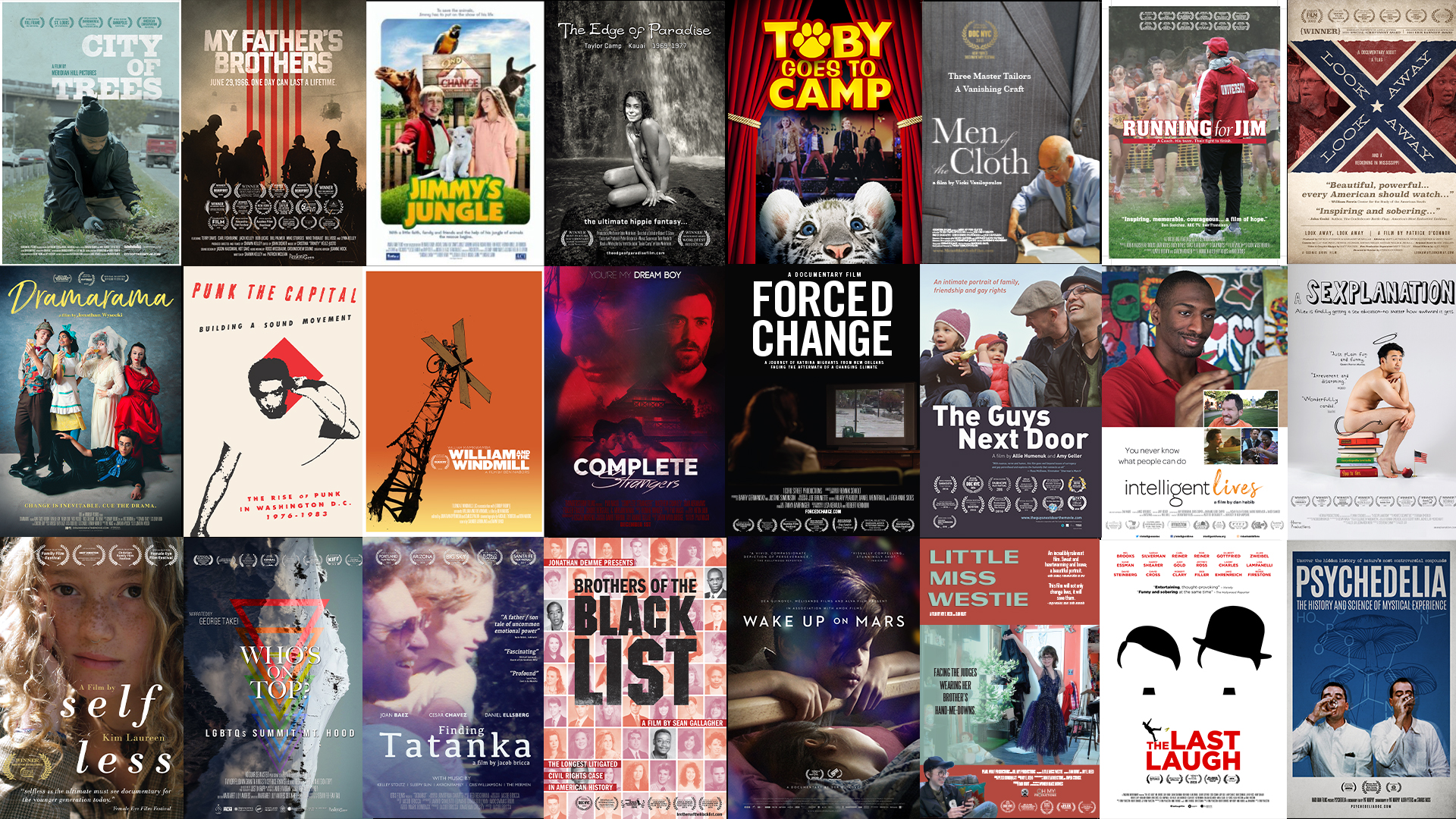
Passion River Films was one of those rare distributors. In an industry with plenty of shady companies, they had a reputation for honesty. Some of the most influential figures in the independent documentary distribution space referred their colleagues to them. And yet under the hood, in that nondescript office building in New Jersey, the operation at Passion River was in serious trouble. And it had been for some time.
Founded in 1998 by Allen Chou, Passion River’s catalog focused on educational documentaries, which they sold to universities, libraries, nonprofits, and the DVD/VOD market. Unlike a lot of distributors, they were flexible with filmmakers. They allowed them to put a cap on distribution expenses and reserve certain rights for themselves. I signed my film Psychedelia with them in 2021 and got the feeling that it was in good hands.
Yet for the past few years, Passion River had been withholding accounting reports and payments to filmmakers. Communication slowly dropped off and eventually went completely silent. Requests for information were ignored. And then earlier this year, they announced—in an unexpected, evasive, and self-serving manner—that they were insolvent. Hundreds of filmmakers lost many thousands of dollars, and some are still dealing with the logistical nightmare it caused for their films.
What happened at Passion River? How did it slip by undetected? We may never know. But Passion River’s collapse should serve as a stark warning to all filmmakers of the precarious nature of film distribution. It comes during a tumultuous time for the industry and the larger economy. It’s a bombshell story that demonstrates the inadequacy of systems to deal with this situation. And it shows how the hardship lands squarely on the creatives who make this industry possible.
What We Know
If you’re pressed for time, here’s a summary of the situation:
- In January, Passion River announced that they had become insolvent, and were selling the “majority of their assets” to another distributor called BayView Entertainment.
- Once filmmakers were connected with BayView, they were told that they had purchased the “assets, but not the liabilities” of Passion River.
- Passion River had been withholding accounting statements and payments to producers in 2022 and earlier, leaving producers without any record of the money they were owed. BayView said they were not responsible for these payments.
- Filmmakers had nobody to contact. Passion River abandoned its offices, shut down their phone lines and email domains, and transitioned their employees to new positions at BayView.
- The total damage in lost payments, although difficult to determine, is likely in the multiple six figures. There appears to be no accountability on the part of Passion River.
Keep reading to get the full story, as well as distribution strategist Peter Broderick’s key takeaway.
Announcing Their Insolvency
On January 31, 2023, Josh Levin (Head of Sales and Acquisitions at Passion River), sent the following note to most (but not all) of the filmmakers that had contracts with the company:
I have some news to share – the parent company of Passion River Films lost the ability to meet its obligations and has sold the majority of its Passion River assets to BayView Entertainment, LLC. BayView is a venerable, much larger film distributor with an outstanding 20+ year reputation in film distribution.
I am sure you have questions about what this transition means for you and your films. These questions can best be answered by speaking directly with Peter Castro, the VP of Acquisitions at BayView. Please email Peter at ***** to set up a call. Peter is looking forward to speaking with you.
According to their contract with filmmakers, Passion River was supposed to send accounting statements and payment 60 days after the end of each quarter. This meant that all sales that Passion River made in the fourth quarter of 2022 (October-December) were supposed to be reported and paid by March 1, 2023.
This timing was particularly unfortunate for me and my film, which had been released in Summer 2022. We secured a streaming deal with Gaia and it was released on TVOD. Gaia pays their licensing fee in two installments. So, I was waiting on the second payment ($9,750) plus all the TVOD and educational sales from my film’s release. Those payments came in the fourth quarter 2022, so I was waiting for that statement and payment to come by March 1, 2023.
Naively, I responded by asking Josh Levin about his own well-being. While I found Passion River’s work a bit sloppy and frustrating, I took Josh to be an honest broker. I was relieved to hear that he was going to work for BayView as Vice President of Sales [LinkedIn account required to view]. To me, the whole thing was portrayed as a standard acquisition. I thought that I would work with Josh as before, but this time under a new company name. I assumed my payment of over $10,000 would come from the new company.
But by the time I was able to get through to Peter Castro (VP of Acquisitions at BayView), it was already March 3, 2023. Neither my accounting statement nor my payment had arrived. My conversation with Peter turned out to be extremely unsettling. This was no ordinary acquisition. BayView had purchased the “assets but not the liabilities” of Passion River.
Yes, that’s a thing. Apparently BayView did not actually purchase the rights to our films, and therefore they were not responsible for any outstanding payments from Passion River. And they had no way of collecting that money or telling us what happened to it. We had the option to sign new contracts with them, at a less favorable split than we had with Passion River.
As for getting answers on what happened over at Passion River, such as why they became insolvent or what they did with the money that was due to us? There was no avenue to explore those questions. Josh Levin, now employed by BayView, said he was forbidden to talk about anything that happened at Passion River. Allen Chou, the president of Passion River, whom most people had never met, was elusive. The voicemail boxes at Passion River were full and their email domains would bounce.
I was devastated. And furious. Like most folks, my film was an independent labor of love over several years. What made it sting even more was the fact that Passion River did not actually secure my streaming deal with Gaia. Gaia heard about my film through my own marketing efforts, and as a good faith move towards Josh Levin, I decided to give Passion River their 25% commission on that deal.
As it turns out, I was not alone.
Finding the Others
Without any helpful information, we began finding each other through online forums like The D-Word and the Facebook group, Protect Yourself from Predatory Film Distributors [Facebook account required and one must join the group to view]. Eventually, we gathered on a private channel, so we could share information and piece together whatever we could from our own investigations and experiences.
Each film’s situation was different, but pretty much everybody reported the same experience working with Passion River: disorganized workflows, poor communication, improper accounting, missed payments, and even downright deception.
Filmmaker Jacob Bricca of Finding Tatanka said, “They were responsive at first, informing me of sales they had made and giving me regular statements showing that I was slowly paying off the charges associated with creating the DVD and distributing the film. This communication dropped off as the years went on. I finally contacted them again in mid 2022. These inquiries went unanswered. Finally, after repeated attempts to get a reply, I got a statement in early 2023 that I was owed over $1,400… I have never seen a penny from Passion River.”
Jacob was the only filmmaker I ever spoke to that had received an accounting statement for the fourth quarter of 2022. The rest of the filmmakers did not receive any accounting statements for that quarter, leaving them without a written document of what they were owed. Many reported incomplete accounting prior to the 4th quarter as well. Time and again, filmmakers were told by Josh Levin that he would “ping accounting” about their issue. However, filmmakers received no response or follow through.
While all this was happening, Passion River was still actively marketing their catalog. In March of 2023, I found an End of the Semester Sale on their website, which was active from December 1, 2022 to January 31, 2023. My film was featured prominently on the page, even though I had never received a single report of an educational sale. The fact that they would deliberately run a sale as late as December (when the sale to BayView must have been known), raises serious ethical questions.
“Passion River is not the first, or last, film company to go out of business,” said Emmy-and Peabody-winning and Oscar-nominated producer Amy Hobby. “But the lack of transparency, failed reporting, and missed payments simultaneous to continued recoupment off filmmakers’ backs is egregiously unethical.”
Attempts at a Resolution
Besides dealing with the financial fallout from Passion River, our other big question was about what to do with our films moving forward. They were still up on VOD platforms, but where was that money going? And what do we do now that we don’t have a distributor?
Director Kim Laureen, of Selfless, signed with Passion River in 2020: “Since day one I have had to chase reports and payments.” Unlike me, she was never notified of the sale to BayView. With nobody to contact about her pending payments, Kim sent a tweet out to Passion River. That got the attention of Peter Castro, VP of Acquisitions at BayView. Kim had a conversation with Peter, in which she explained why people were frustrated. Peter agreed to host a Zoom call with Kim and any other filmmaker who felt mistreated. Kim and I put out notices to the group of filmmakers about a “virtual town hall” on March 17, 2023.
Peter must have been surprised when he logged on to zoom and found dozens of angry filmmakers asking tough questions and demanding answers. Consultant Jon Reiss also joined and was instrumental in getting straight answers. The conversation went on for almost an hour and a half. We were able to confirm the following during that meeting:
- It’s unclear exactly what BayView purchased from Passion River, but it allowed them to collect revenue off of our films without a contract.
- Since BayView was currently collecting revenue on our films, they would send us payment for 2023 sales whether or not we signed new contracts with them.
- For those of us who wanted to move on to new distributors, BayView would facilitate that.
It sounds like many people ended up signing with BayView. But most of the people I’ve spoken to decided to move on to new distributors or go a DIY route without any distributor. Figuring out how to do all this and getting Allen Chou to cooperate was full of complexities over the ensuing months:
- Many distributors required an official release from Passion River. Through a collective effort led by producer Amy Hobby, Allen Chou wrote an official letter on May 9, 2023. This was his first communication to us, more than four months after the transition.
- Passion River had used an aggregator called Filmhub to upload many of our films to TVOD platforms. We were able to transition accounts with a representative there. In this scenario, the filmmaker keeps 80% of TVOD revenue, rather than giving Passion River or BayView their commission.
- BayView sent us accounting statements for Q1, as promised, on May 15, 2023.
Legal Recourse
One of the biggest revelations for me was the inadequacy of the legal system to deal with this situation. When I signed my deal with Passion River, I went back and forth on the legal language endlessly. I did everything I thought I could to protect myself and spent thousands of dollars in legal fees to do so. And when Passion River blatantly breached the contract? There was no good answer on what to do.
One avenue the legal system provides is small claims court. It’s designed to get your case heard in front of a judge without the need for an attorney. One filmmaker, who wishes to remain anonymous, decided to go this route. Their lawyer told them it was a “clear-cut case.” The filmmaker and their partner had painstakingly put together a Statement of Reasons, outlining their relationship with Passion River and what they were owed. In New Jersey, the maximum allowance is $5K.
Small claims court was on Zoom, and Allen Chou was there with his attorney, Spencer B Robbins. When it came time to present, Robbins interjected with an arbitration clause that was in Passion River’s contract, stating that any dispute between the parties should be brought in front of an arbitrator. With that, the judge threw out the case. The filmmakers tried to make a rebuttal but felt they were not given a proper chance to speak.
The filmmakers were so distraught that they decided to cut their losses and move on. “It’s why people lose faith in the justice system,” said one of them. While it’s difficult to say how much Passion River withheld from filmmakers, we can make a general estimate. Passion River had around 400 films in their catalog. So even if each film was only owed $1k that would aggregate to $400k. Almost half a million dollars. Where all that money went remains unknown. And as far as we can tell, nobody involved has been held accountable.
Key Takeaways
Here we are almost a year later. Many have expressed anger and depressed feelings around the whole situation. Writing this article has brought up a lot of emotions. But it’s also made me determined to not give in to cynicism. We need to turn this awful situation into something productive. In an attempt to do so, the following are some key takeaways from the experience.
1) The Importance of Due Diligence
“The best way that independent filmmakers can protect themselves from bad distributors is to do due diligence,” said distribution strategist Peter Broderick. “Due diligence should involve speaking to 3-5 filmmakers who are currently, or recently, in business with that distributor. The filmmaker should not ask the distributor for referrals, they should look up which films the company is working with and have confidential conversations with them about their experience. Is the distributor sending reports regularly and paying on time? Are they easily accessible to their filmmakers? Have the results matched the expectations created by the distributor? If the filmmaker isn’t comfortable sharing numbers, that’s fine. You just need a clear sense of whether working with this distributor is an opportunity or could be a disaster.”
It’s true that if I had done proper due diligence in 2021, when I was considering signing with Passion River, I probably would have avoided disaster. It seems that Passion River had been withholding payments even back then. But we also need some sort of institution where we can centralize our experience and knowledge around distributors. The issue is that everybody exists in their own silo and they don’t speak up out of fear. We need some sort of centralized way to create accountability.
2) The Filmmaker Suffers Most
It’s clear that the filmmakers bore the brunt of this entire fiasco. We were the ones who invested in our films. We are the ones who suffered the financial fallout. The employees at Passion River got new positions at BayView. Josh Levin maintains a faculty position at American University. There’s not much revenue in independent documentaries, and there is a layer of professionals who scrape whatever exists up top, leaving little to nothing for the filmmaker. So be careful where you spend your resources.
3) A Warning of What’s Ahead
The collapse of Passion River happened at an uncertain time for the industry at large. 2023 started off with the Sundance Film Festival, which saw the worst sales of documentaries in years. There will continue to be more disruptions as new technology and viewing habits change the way films are made and seen. This is also happening in a tumultuous macroeconomic environment. I would not be surprised if more distributors start to become insolvent or if they sell off their assets in the same manner Passion River did. In fact, there’s a thread on the Protect Yourself Facebook Group [Facebook account required and one must join the group to view] about filmmakers not getting paid by 1091 Pictures. If you have a contract with a film distributor, be on high alert. Stay on top of payments and reports. Ask the difficult questions. Be vigilant. If Passion River gets away with all of this, it could become a blueprint for other distributors to follow.
Thank you for reading. If you have any questions or comments, please reach out to me at pat@hardrainfilms.com.
admin October 31st, 2023
Posted In: Distribution, DIY, Documentaries, Facebook, Legal
Don’t Just “Take the Plunge” in a Distribution Deal
Part 1: Know What You Are Saying “Yes” To • by Orly Ravid
Part 2: Thank U (4 Nothing), Next • by David Averbach
Part 3: Goals, Goals, Goals • by Orly Ravid and David Averbach — COMING SOONPart 1: Know What You Are Saying “Yes” To
by Orly Ravid
We know from filmmakers the reasons they often choose all rights distribution deals, even when there is no money up front and no significant distribution or marketing commitment made by the distributor. Regardless of whether the offer includes money up front, or a material distribution/marketing commitment, we think filmmakers should consider the following issues before granting their rights.
The list below is not anything we have not said before, and it’s not exhaustive. It’s also not legal advice (we are not a law firm and do not give legal advice). It is another reminder of what to be mindful of because independent film distribution is in a state of crisis, and we are seeing a lot of filmmakers be harmed by traditional distributors.
Questions to ask, research to do, and pitfalls to avoid
- Is this deal worth doing?: Before spending time, money, and energy on the contract presented to you by the distributor, ask other filmmakers who have recently worked with the distributor if they had a good (or at least a decent) experience. Did the distributor do what it said it would do? Did it timely account to the filmmakers? These threshold questions are key because once a deal is done, rights will have been conveyed. So ask that filmmaker (and also decide for yourself) whether they would have been better served by either just working with an aggregator or doing DIY, rather than having conveyed the rights only to be totally screwed over later.
- Get a Guaranteed Release By Date (not exact date but a “no later than” commitment): If you do not get a “no later than” release commitment, your film may or may not be timely released and, if not, the point of the deal would be undermined.
- Get express specific distribution & marketing commitments and limitations / controls on recoupable expenses: To the extent filmmakers are making the choice to license rights because of certain distribution promises or assumptions about what will happen, all of that should be part of the contract. If expenses are not delineated and/or capped, they could balloon and that will impact any revenues that might otherwise flow to the filmmakers. There is a lot more to say about this including marketing fees (not actual costs, but just fees) and also middlemen and distribution fees. But since we are really not trying to give legal advice, this is more to raise the issues so that filmmakers have an idea of what to think about.
- Getting Rights back if distributor breaches, becomes insolvent, or files for bankruptcy: Again, lots to say about this which we will avoid here, but raising the issue that if one does not have the ability to get their rights back (and their materials back) in case a distributor materially breaches the contract, does not cure it, becomes insolvent, or files for bankruptcy, then filmmakers will be left having their rights tied up without any recourse or access to their due revenues. It’s a horrible situation to be in and is avoidable with the right legal review of the agreement. Of course, technically having rights back and having the delivery materials back does not cancel already done broadcasting, SVOD, AVOD and/or other licensing agreements, nor can one just direct to themselves the revenues from platforms or any licensees of the sales agent or distributor (short of an agreement to that end by the parties and the sub-licensees)…but we will cover what is and is not possible in terms of films on VOD platforms in the next installment of this blog.
- Can you sue in case of material breach? Another issue is, when there is material breach, does the contract allow for a lawsuit to get rights back and/or sums due? Often sales agents and distributors have an arbitration clause which means that the filmmakers have to spend money not only on their lawyer(s) but also on the arbitrator. Again, there is much more to say about this, but we just wanted to raise the issue here. There are legal solutions for this, but distributors also push back on them, which gets us back to the first point, is this deal worth doing? Because if the distributor’s reputation is not great or even just good, and, on top of that, if it will not accommodate reasonable comments (changes) to the distribution deal that would contractually commit the distributor to some basic promises and therefore make the deal worth doing and protect the filmmaker from uncured material breach by the distributor, then why would you do that deal?
Filmmakers too often just sign distribution agreements without understanding what they are signing or without hiring a lawyer who knows distribution well enough to review the agreement. This is foolish because once the contract is signed and the delivery is done, the film is out of the filmmakers’ hands and they will have to live with the deal they made. If that deal was not carefully vetted and negotiated, then the odds are that it will not be good for the filmmaker. Filmmakers can make their own decisions, but we urge them to be informed.
How to best be informed:
- Get a lawyer who knows distribution
- Check out our Case Studies
- Read the Distributor ReportCard to see what other filmmakers have said about a distributor and/or find filmmakers to talk to on your own who have used them recently. If we haven’t covered a certain distributor in the DRC but one of our films has used them, just contact us. We could be happy to ask them if they’d be willing to speak with you, and, if so, make an introduction.
Part 2: Thank U (4 Nothing), Next
By David Averbach
When TFC started our digital aggregation program[1] in 2012, there was a palpable sense of possibility, that things were changing–access was opening up, and filmmakers were finally being given a more even playing field. Who needed middlemen when one could go direct [2]!?
In many ways, going direct, choosing to self-distribute, was (and maybe still is) viewed a bit like electing to be single, as opposed to the “security” of a relationship and/or a marriage. When your film gets distribution, it’s a little bit like, “They said, ‘yes!’ Somebody loves me. I don’t have to go it alone.” Less stigma, more legitimacy.
Relationships and distribution deals have a lot in common. If you are breaking up with your distributor, it can get messy. That’s why TFC Founder Orly Ravid has outlined above some of the basic concepts and things you can do with your lawyer to make sure that if you choose to do a deal, you protect yourself as you enter into a binding relationship. Like a pre-nup. So that you get to keep everything you brought with you into said relationship when you part ways.
Good News, Bad News
So, let’s say there is good news in the sense that you are able to hang on to whatever belongings you brought into the relationship.
But there’s bad news, too. Your ex is keeping all the stuff you bought together.
At least it’s going to feel like that. I know…you would rather kick your ex out and stay in your apartment. Really, I get it. But it’s not going to happen. It’s going to feel like your ex has all your stuff and won’t give it back. Because you are not going to feel grateful like Ariana; you will want someone to blame. But that’s not really fair. Because it’s more like you are both getting kicked out of the apartment and technically your partner still owns all the stuff that’s still inside, but also that they changed the locks and neither one of you can get back inside and access it. And, also, you are now homeless. Good times.
OK, let’s back up for anyone confused by the breakup metaphor: You got the rights to your film back.[3] Yay! Your film is up on all these platforms. All you want to do is keep it up on those platforms. Sorry, not gonna happen. You’re going to have to start again from scratch.
Why you have to start from scratch with most platforms when you get your rights back.
I know, you have questions. From a common-sense perspective, it makes zero sense. I’m going to go through the reasons as to why this is the case, on a sort of granular, platform-focused basis, but the answers I think say a lot about how the distribution industry is and, in many ways, has always been set up. And it underscores everything I’ve always suspected about the sorry state of independent film distribution.
I have to thank Tristan Gregson, an associate producer and an aggregation expert of many years, who was generous enough with his time to rerun questions that filmmakers have asked him over the years about salvaging an existing distribution strategy, and why, unfortunately, it is pretty much impossible.
So, let’s begin by limiting our parameters. I mentioned shared materials that were created after your deal was signed. If your distributor created trailers and artwork, I suppose that technically they own the rights, even though your distributor probably recouped their cost, but the train has left the station on those, so how likely is it that someone would go after you for continuing to use them? I would recommend making sure you have a copy of the ProRes file for your trailer and layered Photoshop files (along with fonts and linked files) or InDesign packages for your posters before things go south, because you are going to need the originals again when you start over. I’m assuming you still possess the master to your actual feature. And don’t forget about your closed captioning files.
Licensing deals (that ones that come with licensing fees) have been harder to come by for many years, but if your distributor has licensed your film to a platform, the license itself would be unaffected, so that would not have to be “recreated,” so to speak.
The rest—the usual suspects: transactional platforms (TVOD), rev-share based subscription platforms (SVOD), and ad-supported platforms (AVOD) (in other words, situations where revenue is earned only when the film is watched)—are what I’m going to be focusing on here.
Let’s say your film is up on a handful of TVOD and/or AVOD platforms. Why is it not possible for them to remain up on those platforms?
In the best of all possible worlds, couldn’t somebody simply flip a switch, change some codes, and point all the pages where your film currently lives to a new legal entity and let you continue on your merry distribution way?
But who exactly is this “someone”? They would have to have a direct contact at the platform. So maybe that’s your distributor, maybe it’s their aggregator. And is this contact at the platform the person who will do this? Probably not. It’s probably someone who deals with the tech. So now, you need to mobilize a small army of hypothetical people who are all willing to do this work for you for free. For each platform that you’re on. And don’t forget things between you and your distributor are complicated and tense right now. They are going to do you a favor to save you a few thousand bucks?
But it’s actually worse than that. You would also be assuming that Platform X, who perhaps is also trying to sell books, goods, phones and tablets, actually cares one single iota about your tiny (but fantastic) little film enough to do this for you. They do not. Despite happily taking 30-50% of your selling price for all these years. They absolutely do not.
The Nitty Gritty
I had suspected this, but I sought out Tristan for confirmation. I had only spoken previously to Tristan on a handful occasions, but he is an affable guy. Gregarious but not to the point of being garrulous. He cares. Talking to him, you get the feeling that he would go the extra mile for you if he could. Please remember this as he recites answers that he has probably given more times than he can count. His cynicism is well earned…it comes from experience.
[Note: I’ll ask and answer some of my own questions in places. Tristan’s responses will be in italics, mine will be in plain font.]
You are my distributor’s aggregator. Can’t I just work with you directly?
The answer is yes, if you start from scratch. But your distributor paid for the initial services. They paid to have it placed there. Not you.
But I made the film, and I got my rights back. Why can’t you tell Platform X to keep it up there and just change where the money should go?
Yes. I know your name is listed. But that string of 1s and 0s is associated with your distributor, not you.
It all comes back to tech. Because at the end of the day, it’s a string of 1’s and 0’s that are associated with a media file. It’s not your movie in a storefront or on a digital shelf or anything like that. In the encoding facility/aggregator world, these 1’s and 0’s are the safety net for us. We have an agreement with Party X. If Party X ends the relationship or ceases to exist, it’s written into that agreement that we pull everything down—we kill it from our archives. We’re protecting everyone. We don’t want to hold onto assets that we don’t have any relationship with. Those strings of 1’s and 0’s that go up onto a platform, and that platform has an ID tag that’s tied with the back end of the system, and that system reconciles the accounting, and the accounting reconciles with the payout. We can’t go in and just change a name on a list. That’s just not how that works.
You (the independent filmmaker with a movie) do not have a relationship, direct or indirect, with any of the platforms your distributor placed your title onto. As such, your title would not continue to be hosted at any of these outlets should your relationship with your distributor officially end. People often would say “it’s my movie, now that Distributor X is gone, just have the checks go to me.” That’s not how the platform or the aggregator ever see it, which I know is very painful for the creator who may now think they control “all their rights.”
It’s just a business entity change.
Aren’t you going to be sending me a new file anyway? Isn’t the producer card or logo going to change at the beginning the film? That’s gotta be QC’d again, in any event.
Are you telling me that if I had a 100-film catalogue, I’d have to re-QC 100 titles from scratch? That’s insane.
Let’s say Beta Max Unlimited Films had 100 titles with us and then, Robinhood Films, who is also a client of ours comes along and says, ‘Hey, we bought Beta Max Unlimited Film’s catalog, we bought all the rights to all of it. Work with us to move it over. All you guys have to do is do it on the accounting end.’ Let’s say we would be willing to do it. And let’s say we contact Platform X, we were to talk to them, talk to our rep there, and they say they are willing to relink all that media on their end, they’ll move the 1’s and 0’s over. Even then, 99 times out of 100, it never happens because you’ve got a bunch of people, and these people are kind of working pro bono on something that doesn’t really matter to them.
Just because you may think something is easy or “no work at all” doesn’t make it true, and even when it is, nobody wants to work for free. Something may be technically possible, but having all the different parties communicate and execute just never happens when nobody’s directly being paid to do the actual work.
Are you kidding me? Platform X wouldn’t move a mountain for a hundred titles?
Like, that’s nothing to them, it means nothing. What matters to them—is that stuff plays seamlessly, and it has been QC’d and approved and published. They don’t need to deviate from this because at the end of the day, it’s not going to help sell tablets and phones.
And again, we’re talking about multiple platforms. What happens if they could do this… and they get 6 out of 8 platforms to comply but the other two are intransigent? They’re going to come back to you and say, “Sorry, we tried. We hounded them 16 times, but these two won’t do it. And now you have to pay anyway to redeliver if you want to be on these two platforms.” You are going to think the aggregator is scamming you. It will not be a good look for them. Why would they want to agree to work for free with the likelihood that they will end up looking bad in the end? KISS (Keep it simple, stupid). It only makes sense to ask you to start from scratch.
Are there platforms I can actually go direct with?
You can do Vimeo On Demand on your own. (Note that for top earners [top 1%], there may be an extra bandwidth charge. You can read more about that here).
You can also do Amazon’s Prime Video Direct.
Altavod, Filmdoo, Popflick…More on these later.
I thought Amazon wasn’t taking documentaries?
I believe that’s still true? However, I have access to a small distributor’s Amazon Video Direct portal. In 2021, there was a big, visible callout that said something to the effect of, “Prime Video Direct doesn’t accept unsolicited licensing submissions for content with the ‘Included with Prime’ (SVOD) offer type. Prime Video Direct will continue to help rights holders offer fictional titles for rent/buy (TVOD) through Prime Video. At this time Amazon Prime does not accept short films or documentaries.” This is June 2023. I cannot find this language anywhere in the portal. But I believe that is still the case.
What about “Amazon Prime” SVOD?
In the portal, all the territories that were once available for SVOD are still “listed,” it’s just that the SVOD column whereby you could check each one off is gone. So, no SVOD for unsolicited fiction. If you create your own Amazon Video Direct account, the territories that are available in an aggregator’s account might differ from an individual filmmaker’s account. All this seems to be moot if SVOD is not available.
So, for Amazon, it’s only TVOD?
Yes.
[Sidebar: It has usually just been US, UK, Germany, and Japan. Amazon just announced Mexico, but for this option to be available in your portal, one needs to click a unique token link that was sent out. The account I have access to received this notification. I am not certain whether this link was or will be sent out to all users. Localization is required for the non-English speaking territories in this category.]
But my distributor had gotten my documentary onto Amazon. If I have to start from scratch with my own account, is there a way to convince them to once again allow it in?
Best of luck with that. Amazon is notoriously difficult and unresponsive, even with aggregators. You can try, and even if it is initially rejected, there is an appeal link somewhere in the portal that you can write in to. I have no idea if that will do any good.
My film was Amazon Prime SVOD. If I have to start from scratch with my own account, is there a way to convince them to keep it in there?
“Keeping it” is not the most accurate way of looking at the situation. It’s basically going to create a new page. And that will be controlled by the back-end in your personal account. SVOD will probably not be an option in this account. You can write in, as mentioned above, but it seems as though Amazon is trying to lessen the content glut for its Prime Video service, so I have my doubts as to whether very many people who make this request prevail.
Wait…what??! You mean that I will have a new page and therefore will lose all my reviews?
Yes and no. The old page and reviews might still be there, but “currently unavailable” to rent or buy. But on your page, the page where it is available, the reviews will not carry over. Reviews not carrying over is probably true for all platforms, but Amazon reviews are more prominent than on other platforms, so they are usually what filmmakers care about the most.
My distributor had gotten my film onto AVOD platforms Tubi / Roku / Pluto TV, etc. Do I have a better chance of getting my “pitch” accepted because it was on there before?
No.
But why? It was making some pretty good money.
You are assuming that the Tubi / Roku / Pluto TV, etc. acquisitions person is the same person who approved your film in the first place, and even then, they are going to remember your film, or are going to take the time to look up your film and see how it was doing, and also that amount of earnings you may have gotten is going to mean enough to them to matter.
If I somehow could convince someone to keep assets in place, there’s no downside, right?
Actually, that may not be true. It’s about media files meeting technical requirements, which change over time. What was acceptable yesterday isn’t always acceptable today. So when you attempt to change anything at the platform level, you risk removal of those assets already hosted on a platform.
OK, I think you get the point.
Tristan reminded me that you need to think of yourself as a cog in the tech machine.
You think all this is too cynical? Think about it…
It’s always been that way, even though we never wanted to believe it. Take the Amazon Film Festival Stars program circa 2016 as an example. A guaranteed MG. Sounded great. But on a consumer-facing level, did they make any attempt to create a section on their site/platform where discovery of these purported gems could take place? No. Did you ever stop to ask yourself why? Because at the end of the day, they didn’t really care. Any extra money they would have made was so insignificant to them that it was not worth the effort. So, they discontinued the program and blamed lack of interest.
To be fair, iTunes for many years had a very selective area for the independent genre. But it’s gone/hidden/trash now with AppleTV+. They would rather peddle their own wares than create a section that champions festival films. And remember that one, poor guy who I shall not name that you had to write to and beg in order to get your film even considered for any given Tuesday’s release? Even if you were lucky enough to be selected, if your film didn’t perform well enough it would be gone from that section by Friday morning. Or by Tuesday of the following week. All that seems to be gone now. Independent films don’t make money for them. Even though they are willing to spend $25M on CODA and $15M on Cha Cha Real Smooth.
And every so often, new platforms (like Altavod, Filmdoo, Popflick) emerge that want to change this. There are films that you actually recognize, that have played in festivals alongside yours…just…listed all together! But, have you heard of these platforms, let alone rented a film off one of them platforms or paid a monthly subscription fee? Chances are you haven’t.
This is not to blame you. But by all means, check these mom-and-pop platforms out and support your fellow filmmakers. And these are not the type of platforms that would be so hard to re-deliver to anyway. They’d probably be happy to go direct with you. It’s the big platforms that are calling cards, the ones that everyone uses, that you will want to be on even if you secretly know they are not bringing in much in terms of revenue. But either way, these platforms don’t care.
Let’s remember why aggregators exist. It’s because platforms don’t care, couldn’t be bothered, and waived their magic wand over some labs out there and said, “Now you deal with them. You be the gatekeepers.” And a whole business sector was created.
There are some distributors out there who have been around for a while that may very well have contacts at some of these platforms, but it doesn’t matter. You don’t have those connections, and chances are that they are drying up for these distributors, too.
And while this is crushing, it might also be freeing.
Tristan echoed what TFC has been saying for years: You are your own app, your own thing, most importantly, your own social media marketing campaign.
If you think about getting into bed with a distributor being like a relationship or a marriage, then your film is the kid you are raising. What kind of parent is your distributor? What kind of parent are you? Your distributor might say they will do marketing (change the dirty diapers), and then do it once or twice, but then they don’t do it again. Who is going to change those diapers it if it’s not you?
So, this relationship metaphor I am positing should not solely be directed at filmmakers who are getting their rights back. When you enter into a deal with a distributor, some filmmakers think they can now be deadbeat parents, when in reality you should co-parenting. And when your relationship with your distributor ends, you still need to raise the kid, right? It’s all on you now. And the truth is, it always was.
Notes:
[1] TFC discontinued our flat-fee digital distribution/aggregation program in 2017. [RETURN TO TOP]
[2] When we say “direct,” we mean direct to a platform, or semi-direct through an aggregator that doesn’t have a real financial stake in your distribution, as opposed to a distributor that takes rights and is (or purports to be) a true partner in your film’s distribution strategy. [RETURN TO TOP]
[3] It’s important to ensure that you have your rights back. Easiest and best way is to ask your lawyer and go through it with them both in terms of your distribution agreement, but also on a platform by platform basis. Also, to the extent that you will need to start from scratch, make sure your distributor’s assets on each platform have been removed or disabled before you attempt to redeliver them to each platform. [RETURN TO TOP]
Part 3: Goals, Goals, Goals
By Orly Ravid and David Averbach
Coming soon
admin June 8th, 2023
Posted In: Digital Distribution, Distribution, Distributor ReportCard, DIY, education, Legal
Educational Distributor Check-in: Video Project

We’re going to be checking in with a few educational distributors with a brief Q&A over the next few months. The Video Project is the first…stay tuned!
website: VIDEO PROJECT, INC.
What is the range of educational distribution you do, including the various categories of licensees/viewers, and any age/demographics specifics (please address K-12, any government, institutional, etc)?
Video Project is a nonprofit organization that specializes in non-theatrical distribution, including educational licensing and community screenings. We license films to all types of educational institutions, including Colleges, Universities, Community Colleges, and private and public K-12 schools. We also license to public school districts and state Departments of Education. Our institutional reach includes non-profits, libraries, corporations, community groups, government organizations, municipalities, and museums.
Community Screening requests continue to grow and we promote and support them with our website intake form, sales follow up, community screening kits, tech support and fulfillment. We allow filmmakers to work with organizations directly on speaking engagements and book screenings directly if they chose.
What type of distribution arrangements do you do? (e.g. licensing [and what types], screenings, other?)
Video Project is proud to offer flexibility to meet the varied needs of independent producers and their films, but typically we license North American educational and institutional rights, plus non-exclusive worldwide rights. This includes rights for our direct DVD and digital site license educational and institutional sales, as well as sub-distributors, which include Kanopy. Many of our contracts contain non-exclusive community screening rights, which allow for filmmakers to do community screenings directly, and also allows us to fulfill community screening orders. We can also arrange for VOD placement (either exclusive or non-exclusive) and in-flight through a third party. We occasionally also partner with theatrical distributors for limited theatrical screenings.
What is the range (low-middle-high) of both (a) revenue to filmmakers and (b) impact/degree film will have been seen (both in terms of number of venues/outlets/institutions and actual people).
In our experience, revenue and impact is a function of the goals for the film. Every film has its own unique distribution strategy, which we develop and implement together with filmmakers. Revenue is dependent upon many variables, including timeliness and quality of the film, awareness of the film from theatrical and/or impact campaigns, and the availability of the film on consumer streaming platforms or some other free access. While making a film available for free a low-cost streaming can promote broader viewership, it’s much harder for us to sell a license once it is available on low or no-cost platforms.
Impact distribution can serve a critical role in raising awareness of issues, which can lead to engagement and affect change. While measuring impact can be challenging, we have had good success with a number of films to catalyze change, which have been substantiated by evaluation metrics after release.
Sometimes a film is requested by a faculty member for classroom screenings, or by a campus organization for a pubic screening(s). It may be purchased for a media library collection, in which case the film could have impacts on the consciousness of students for decades. We can get approximate audience numbers on community screenings requested through our site, and also in the gifted film campaigns which are mostly targeted to K-12. And films like STRAWS have been used to support single use plastic bans in towns throughout the U.S.
Please describe any impact work you do. What forms does it take? What type of arrangements are involved on both licensor to you side and licensee from you side?
Impact work is a growing part of our business. One of the reasons we decided to become a nonprofit was to facilitate distribution opportunities that lead to engagement and change through filmmaking. Much of our impact work comes in the form of “gifted campaigns,” wherein a donor subsidizes the free distribution of the film, usually to K-12, but also to colleges and universities, as well as other types of institutions. We have also produced live event campaigns for K-12 schools that reached thousands of students. We can also work in parallel with a filmmaker’s existing impact campaign to help create further educational sales. Examples and case studies can be found in our website “impact” tab.
What types of films are most likely to succeed? Which types of films usually do not work?
Some of our most successful films are those that speak to acute or trending issues such as educational justice or plastic straws, and help stakeholders such as nonprofits, government agencies, teachers, administrators, and ultimately students, address those issues. There is also growing interest in films that highlight the history of racism and segregation in schools, films directed by BIPOC about issues in their communities, and films that address current mental health concerns in student populations.
Normally we prefer to maintain educational exclusivity by postponing consumer streaming. A successful educational distribution strategy allows for 1-2 semesters (or sometimes more) of educational sales before it is released onto AVOD and TVOD consumer streaming platforms. TV broadcast is a good way for a film to gain visibility, which can help educational sales, as long as the streaming periods by the broadcast channels are limited.
Films that are most likely to be more difficult to sell are on topics for which the market is saturated, for example, climate change. Films which are widely available on consumer streaming platforms, and have already had extensive visibility may also be difficult to distribute.
Summarize your basic deal terms (term of license, rights, fees, expenses recouped).
Every agreement is different, but our basic deals often include the following:
Term:
5 yearsRights:
Exclusive North American Educational and Institutional (U.S. and Canada)
Non-Exclusive Worldwide Educational and Institutional
Rights include direct DVD and Digital site license sales, third party educational streaming, and public library and other sub-distributors.
Non-Exclusive Community ScreeningsExpenses:
The only expenses ever charged against filmmaker royalties are for DVD cover graphics, closed captions, and DVD authoring. Maximum total expenses capped at $1,400, and can be reduced if producers can provide said assets.Fees
NoneHow you manage issues around commercial streaming and educational streaming conflicts?
If a producer has a streaming deal in the works, we will provide a contractual holdback, stating that we will not release the film to any educational streaming partners without written permission from the producer. We strongly advocate for thoughtful distribution sequencing, to maximize the potential of educational distribution before consumer streaming becomes available.
Any thoughts about the state of educational distribution these days and thoughts about the future?
For the types of films we distribute, including those focused on social justice and the environment, educational sales are still an important way for most filmmakers to monetize their films.
We are told that educational streaming budgets continue to remain strong and could even grow in the future. DVD’s are still being bought by collection-minded school librarians, and by public libraries. Once a film gains a foothold in a teacher’s curriculum, it can be used year after year. And older films still sell; there is a long tail in educational distribution. Impact campaigns can also really help raise the visibility for a film, and we are seeing a growing demand for community screenings, both live and virtual.
Any final comments about Video Project, any tips to filmmakers, and anything else you want to say?
Video Project was formed in 1983. In 2019 we became a nonprofit so that we could better serve our filmmakers. We are very receptive to active collaboration and pride ourselves on being easy to reach and communicative with our filmmakers. If you think your film is a good fit, please do submit your film here.
Orly Ravid December 31st, 2022
Posted In: Distribution, education
All About AVOD? part 2: Is FAST getting FASTER in Europe?
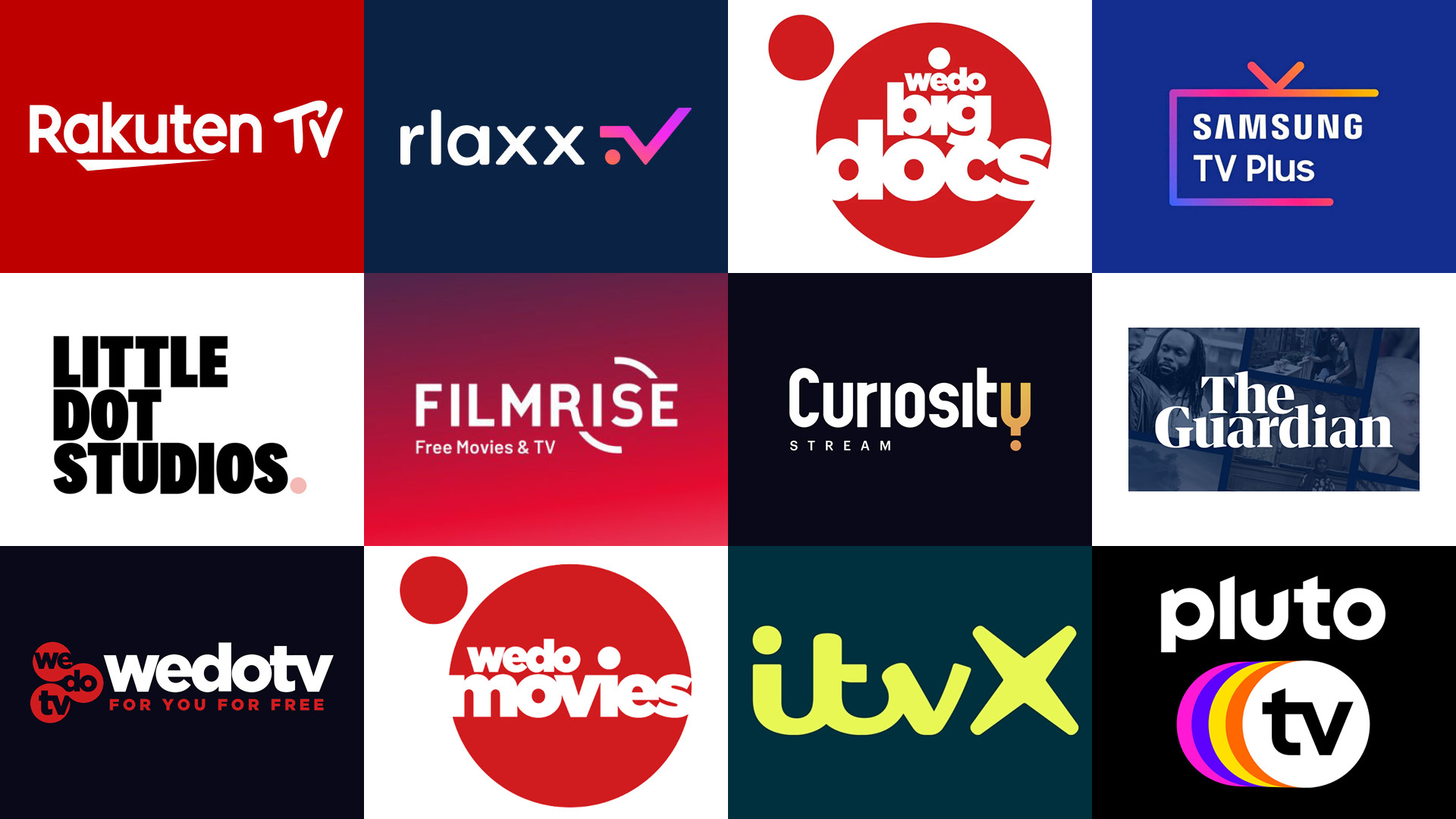
Anyone keeping up with VOD distribution has read that the SVOD streamers are licensing and funding fewer independent films, placing instead more focus on series and productions. While Transactional VOD (TVOD) and Subscription VOD (SVOD) revenues have declined (after being a boon), Ad-supported VOD (AVOD) revenues have come in as the next boon wave. In fact, some of the SVOD players, such as Netflix and Disney+, are adding AVOD tiers to their services.
As we covered in the initial blog about AVOD, it’s been lucrative for certain kinds of content and especially for distributors with libraries of the right kind of content. For example, see Indie Rights’ answers to the questions below and note that for some films (usually with some commercial or strong niche elements and, rarely, docs, as well) can generate high 5-figure and sometimes low 6-figure revenue via AVOD.
What is your overall observation regarding AVOD at this time (2022) with respect to independent film?
I believe that AVOD is an extremely attractive revenue source and opportunity for independent film. We have watched virtually every major player add AVOD to their channels/platforms including Netflix. The advertisers from traditional broadcast will follow the eyeballs and the eyeballs are leaving traditional broadcast and cable and moving to AVOD. Even our fairly new YouTube AVOD channel is doing great and is now our third largest revenue source for our filmmakers. In July, streaming audiences surpassed broadcast audiences in size for the first time and this trend will continue.
What kinds of independent films do you see doing well?
We have successes and failures in all genres. The most successful are films where the filmmaker has thoroughly embraced our concept of “Post, Post,” i.e., actively engaging with their audience using social media currency.
What does that look like in terms of revenues? What kind of films do not do especially well via AVOD?
Straight dramas without a strong niche subtext. Docs without a strong niche audience, i.e. don’t do a doc about your grandfather or friend/relative that survived cancer unless there is a huge reason to do so besides your personal feelings or you are willing to put it on a YouTube channel and give it away.
Please share any marketing/publicity observations/tips including what Indie Rights does and what its filmmakers/licensors do.
We provide our filmmakers with a fifty page marketing bible that lays out the best social media platforms to have a presence on and very specific strategies to use, for example rotating promotions mentioning only a specific channel, so that channel will re-post to a much larger audience, using short video clips from the movie with links as opposed to just continuing to post your trailer over and over, making sure posters are “click-bait”, that trailers are fast moving and that Amazon, IMDb and Rotten Tomato reviews are maximized as all buyers now check these. We also provide our filmmakers with a private group where we can support each other and that we can continually provide them with new resources and industry news. Every filmmaker/production company needs a YouTube Channel because that is the brand and you can build an audience for your entire body of work. Put clips from your move their, interviews with your cast and crew, behind the scenes clips and/or bloopers and always put a link to where people can watch your film first up in the Description. Most people ignore the fact that there are 2.6 billion YouTube active users and that you are most discoverable there. Also, you can get the best demographics there if you are unsure who your audience is.
As always, feel free to share anything else you want to regarding AVOD (including if it’s a comparison to SVOD and TVOD/EST).
We are finding that very few independent films are doing much TVOD these days unless they have a huge waiting audience. SVOD can do OK if you have a very specific niche to market to.
While we endeavored to get more feedback from other established VOD distributors, we need a little more time and will circle back in a part 3 of this blog in early 2023. In the meantime, it’s interesting to note that FAST channels are all the rage and TFC gets approached along with traditional distributors to supply content to emerging FAST channels (typically very niche-specific as FAST channels are meant to be, in part, a solution to that punishment of choice viewers have when facing all the supply via their Smart TVs, computers, and phones). But how successful those FAST channels are and will be is a topic for 2023, since it’s too soon to tell.
In the meantime, please see below for our colleague and friendly VOD guru Wendy Bernfeld’s update about AVOD & FAST outside the United States.
Is FAST getting FASTER in Europe?
by Wendy Bernfeld, Rights Stuff
Backdrop
Earlier in 2022, TFC published Part 1 of what was intended to be a two-part series on AVOD and FAST channels in the U.S. and the licensing opportunities for indie films, whether indirectly via representatives (aggregators, sales agents, other) or directly (limited but occasionally possible). We also addressed impact and angles of marketing, packaging, audience engagement and revenues.
Fast-forward to the end of 2022, and AVOD—and particularly FAST—has exponentially exploded in the U.S. There’s currently a vast landscape with more than 1,400 channels across 22 networks, including via Pluto TV, Xumo, Tubi, Roku, Samsung TV Plus, and Amazon’s Freevee (formerly IMDbTV), to name a few examples. Some of these bigger services (and other AVODS) have begun to cross over to UK and portions of Europe. But in the U.S., we are seeing some starting to drop channels and/or content to focus on more tailored/curated services. Other trends include moving non-exclusive deals to exclusive ones and expanding from merely licensing older content to acquiring higher profile titles, and in some cases even Originals.
Europe
Europe has generally lagged behind the U.S. in terms of AVOD/FAST, with the UK growing quickly but still 2-3 years behind, and rest of Europe trailing behind that, particularly in the non-English language regions. This pattern is not so unusual when one considers that new service launches and business models (including SVOD services, which are the prior window) often begin and grow in U.S. first, before getting rolled out to the UK and other English-speaking regions and then other EU regions sometime later.
Various challenges unique to international have also affected both U.S. services crossing over to the EU (such as Pluto, Roku, Xumo, Samsung TV Plus) as well as new homegrown EU services (like Rakuten, wedotv, etc). These challenges and distinctions include:
- The EU market is more diversified and fragmented in regard to tech, cultural tastes, and cultural requirements (including EU quotas favoring content from EU origin over U.S.).
- Platforms must deal with a patchwork of complex rights issues, generally and particularly regarding AVOD/FAST in Europe. These include issues arising from public and private funders, broadcasters, prior windows (SVOD, Pay TV, etc.), and distribution rights gaps (e.g., local distributors handling only some regions for titles but with rights gaps in others).
- Add to this the need for costly localization (for example, dubs and subtitles) and in FAST channels, a need for a significant and regularly refreshed volume of programming. Overall, this requires a more tailored content rights acquisition for these types of 24/7 services, for each market and its unique content tastes.
- Also, audiences in the EU have very strong offerings of free ad-supported content available (film, tv, docs) via broadcast/free tv (unlike the U.S.). So, in Europe, it’s more of a case for platforms of trying to convince audiences to switch over from their plentiful free-to-air TV to FAST services, or to discover and use them as a complement to their existing TV and SVOD packages.
- Almost 70% of EU households watch ad-supported content free in one form/source or another.
- There’s also a strong paytv, telecom, cable environment in the EU (cheaper packages relatively to the U.S.) and SmartTVs and OTT device penetrations have increased exponentially, but not in all regions of Europe.
- Until recently, the majority of successful TV apps were mainly SVOD or AVOD services in Europe, other than a few more mainstream extensions, such as AVODs for Free TV or Pay/SVOD channels, or, for example, JOYN in Germany (jointly owned by ProSiebenSat.1 and Discovery). [Frankly, they are not a real large buyer for U.S. niche indies/docs.]
2023 EU Opportunities in FAST: Affordable streaming alternative, especially during economic downturns
Since COVID and the explosion of FASTs in the U.S. market, the EU has begun to catch up quickly, driven by:
- the continued rise of devices—connected Television/Smart TVs/OTTs that are rolling out. By now 2/3 of EU households have access
- the increased demand to get other sources of curated, “lean-back” content programming for free. This is perhaps partly due to an SVOD overload, with too many subscriptions and streaming options (subscription fatigue) and difficulties finding what to watch, where—it’s all too much, a virtual paradox of choice
- commercial breaks tend to be shorter in FASTS (5-8 min/hr instead of double that for linear broadcasts) and the ads can be more palatable (new formats, more personalized, targeted)
Content Licensing Opportunities
Although the uptake in EU AVOD/FASTs presents an opportunity for rightsholders, admittedly most will come from mainstream and big brand film/series suppliers, as well as volume aggregators (as discussed in Part 1 of TFC’s AVOD series). The same pattern carries over to Europe.
But there are still some select opportunities for indies, which pop up on a case-by-case basis, depending on the nature of the film and possible matches to the service, including theme, international recognition/acclaim, and other factors:
- some FAST services are seeking deliberately lesser-exposed quality indie or local content for audiences (and what’s older to one viewer may be new to another)
- and, in turn, those FAST services can help indies at least find new audiences abroad, since the channel-flicking nature of FAST helps with discoverability.
- FAST channels and AVOD can help bring a second life to older films, but also various services are increasingly focused on newer content offerings, particularly in niches or themes that fit their channel(s)
Who’s Out There in AVOD/FAST in Europe
For clarity’s sake, I’m not addressing here the separate phenomena of AVOD ‘tiers,’ such as SVODs like Netflix, HBO Max, NBC/Universal’s Peacock, and Disney+, which are premium-priced subscriptions platforms that now also offer a lower priced ‘tier’ (still a subscription, but cheaper because they are supported by ads, and with less features and content —in other words, a subset of the premium service).
Let’s not confuse them with pureplay AVOD or FAST platforms who are buying content specifically for a service supported by ads, free to consumers.
- The main FASTS of course stem (as discussed in Part 1) from studio-backed or other mainstream U.S. services, and/or from device manufacturers—PlutoTV, Roku, (North America, UK, Mexico), Samsung TV Plus, Xumo (via LG), as well as certain EU homegrown services such as Rakuten (detailed further below). Most offer a mix of on-demand (AVOD) and linear FAST, and some have live programming as well.
- Tubi is not yet in Europe. Ironically Fox’s TUBI (in North America, Mexico, Australia, New Zealand) has not yet been able to launch in EU/UK, in part due to GDPR privacy legislation in EU. The very model that makes it successful in personalization/ad revenue generation is a barrier to its ability to crossover to EU.
- There are also FASTs set up by large EU/international rightsholders (Banijay, Fremantle, A&E, ITVx, BBC, All3Media, Corus,). These suppliers already have rights to a volume of titles and can create multiple subchannels of content, whether under their own brand, under thematic categories, or around single titles popularity (e.g., in series).
- These types often naturally begin with and emphasize their own content. But they eventually do add content from third parties (including indies, selectively, where a good match) to supplement and enhance the channels.
- Beyond their U.S. launches, most of the above already have FASTs in the UK.
- Some FASTs are styled as niche thematic channels, such as Blue Ant’s HauntTV (horror), Tribeca’s UK FAST channel, or FilmRise who, among scores of other channels, has 3 free movie channels tailored per market via LG internationally, beyond its offerings in U.S., as well as FilmRise British (in UK, Eire, Nordics, via LG), and FilmRise SciFi (Italy). Other regions will follow in the future.
- A&E (but not yet FAST in the EU); Curiosity Stream (the SVOD’s) FAST channel CuriosityNow in U.S. (but not yet in Europe).
- Not relevant for TFC readers, but many are “single program title” FASTs—like a Baywatch or Australian MasterChef or Midsomer Murders type of channel.
The SmartTV (CTV)-run channels are a mix of all the above.
- Samsung already offers close to 100 free channels through Samsung TV Plus.
- Focused on high brand names, known partners, producers, and distributors, they see AVOD and FAST not just for library titles sitting on a shelf, but as a higher profile bigger window/destination.
- For example, in Germany they acquired the top new Das Boot series in 8K.
- They have O & O (owned and operated) dedicated channels of their own in 5 markets (Netherlands, Sweden, Germany, UK, Spain) but also the ‘single title’ bingeable branded channels (e.g., Baywatch) and curated entertainment hubs (e.g., comedy, entertainment, reality, lifestyle).
- Focused on high brand names, known partners, producers, and distributors, they see AVOD and FAST not just for library titles sitting on a shelf, but as a higher profile bigger window/destination.
- Xumo had earlier also crossed over to EU and also offers, via LG smart TVs, a FAST TV service with more than 190 channels available in France, UK , Germany, and Italy. Some include natural history, drama, or foreign language.
- Paramount’s Pluto TV (part of the ViacomCBS Inc., which is now Paramount Global), already a leader in the U.S. has been expanding aggressively through Europe. It’s just had its 10-year anniversary, apparently, with 70M overall monthly active users (MAU), over $1B in revenue last year, and by now has spread to 25 regions (including beyond US: UK, GAS [Germany Austria Switzerland], Spain, Italy, France, and, via its Viaplay partnership, the Nordics, and in Canada, via Corus, which launched in December 2022).
- They differentiate themselves from other types of FASTS as they are “pureplay” FAST (linear), not a free tv companion/AVOD ‘add on’ like others in the UK (Freevee, ITV, MY5). They already have 150 channels in the UK.
- In the UK, they focus on the opportunity arising from the 3M viewers who have zero linear connection (no free tv) and also an additional 10M who technically have a connection to Cable TV, but who don’t really ‘use’ it, so for them, FAST is the key opportunity to give those viewers a “linear-like” free experience, via CTV.
- In France, they have 100 channels, some focused on film and nonfiction.
- In Nordics, they already partnered with Viaplay SVOD, replacing the former free AVOD Viafree, and this is a model they want to continue in other regions.
Other AVODs but not FAST include:
- Amazon Freevee, formerly IMDb.tv – which just launched in the UK and Germany
- NBCU’s Peacock (part of Sky/Comcast group) launched in UK, GAS, and Italy as part of Sky partnership (subscription and ads angles, but not FAST channels) and some of its content will also follow the path of the new Comcast SVOD SkyShowtime SVOD which rolls out to 20+ EU regions that are not UK, Germany, Italy (so as to not compete with SKY PayTV subscription, not FAST channels).
Homegrown FAST Services in the EU
- The largest, Rakuten TV, for example, offers both TVOD, SVOD, AVOD, and FAST, with 12M viewers across the continent, 95% of them on connected television. Their emphasis is now mostly on AVOD/FAST.
- AVOD: 10,000+ titles (films, docs, series) from the U.S. and the EU/local indies, as well as Rakuten Stories (Originals and Exclusives). Movies here, for example, on the UK side.
- FAST: 90+ free linear channels from global networks, top EU broadcasters and media groups, and the platform’s own thematic channels with curated content (some movies and docs from indies, too).
- Currently in 43 EU regions including in Spain, Portugal, UK/Ireland, France, GAS, Italy, Sweden, Finland, Benelux, Croatia, Portugal,, reaching more than 110M households via SmartTVs/Apps.
- Some examples of channels of interest potentially to our readers include:
- In France WildSide Tv (an offshoot of Wildbunch sales agent style of films/docs, i.e. arthouse/festival) as well as Universcine (indie cinema and fest titles sourced worldwide). Both those FASTS also have SVOD counterparts that preceded the addition of the FAST, so windowing is important.
- Rakuten’s Zylo Emotion’L is a film channel aimed at women with a mix of romance, comedies, and thrillers, while Zylo’s Ciné Nanar Channel, is a new FAST channel dedicated to a mixture of nostalgic movies that focus on action, disaster, and creature movies in the fight and sci-fi/ fantasy realm.
- In Italy they have also added shorts, natural history, nature themed channels
Other EU Players
Beyond mainstreamer JOYN (JV ProSieben and Discovery, with limited opportunities for U.S. indies), there are other local regional smaller AVOD/FAST sites, such rlaxx.tv in Germany (indie movies, series, doc channels, among other genres and niches).
- WEDOTV: (UK/Germany) For indie movie producers/sellers, there’s a stronger appetite in niche content services such as WEDOTV (the late-2022 Rebrand of earlier AVODS WatchFree and Watch4Free) in UK/Germany (both AVOD and FAST). Italy will be added in 2023.
- Wedotv (which includes thematic niches (we do movies, we do docs, etc.) began as AVOD and it remains the mainstay of their service offering (90%), with FAST being used more as a promotional or discovery complementary offering.
- Wedotv is mainly for movies, also tv, and a new documentary channel, as well as more other recent genres.
- Their main focus is movies for AVOD, from all over the world, usually with some cast/distinguishing sales features/festival acclaim, socials. They “don’t need” Oscar winners, but candidate films should be capable of international region traction in terms of cast, theme or acclaim, if not readily recognizable.
- They are increasingly interested in other genres like factual, factual entertainment, and sports.
- They market the service simply as “free to air,” whether FAST or AVOD. Consumers don’t care, although they’d need both rights, respectively.
- After their earlier days of playlists, they now have a more “curated thoughtful approach to programming,” with categories and themes—for example, action night, thriller day, horror night, etc.
- MOJItv: (Benelux) FAST channel (carried on Samsung TV Plus and Rakuten—kids content only
- The Guardian FAST channel: (UK, EU) Launched in spring 2022 on Rakuten TV, it is the “first time The Guardian’s documentaries and videos will appear on a scheduled, linear channel as part of The Guardian’s global digital network.” (source).
Reach: the 43 Rakuten TV regions above (via Samsung, LG, and also via Samsung’s own FAST TV service Samsung TV Plus in select countries.) - SoReal (all3media’s lifestyle TV FAST)
- ITVX: (UK) Just launched in December 2022. SVOD with an AVOD tier and also 20 FAST channels in the UK, which they expect will make FAST more mainstream and help normalize the UK audience’s behavior, which was more traditional in terms of TV viewing and SVOD.
- However, most of the content on ITVX at launch is, predictably, from their own stable – thematic single program channels (such as Inspector Morse, Vera, ITV shows), also themes from their stable: crime drama, classic vintage films, sitcoms, reality formats, true crime), but…
- On the plus side there will also be some third-party content acquisition from indies selectively over time to round out the offering.
- LittleDotStudios: many AVOD channels including 7 FAST channels, many themes would be of interest for TFC viewers and they do buy from indies.
- FASTs: Real Stories, Timeline, Wonder, Real Crime, Real Wild, Real Life, and Don’t Tell the Bride
- For the other channels/YouTube and other AVOD activations, see these links (here and here) for multiple narrower themes you can match your titles with.
- They are actively buying from indies both direct and via sales agents, aggregators, core regions such as the UK, the U.S., other English regions, and then some EU regions, for example, Germany.
- Paying either rev share, MG plus rev share, or flat fees, film dependent – that’s the good news. The bad news is that lately they’re buying in packages of 50 or so titles, and phasing out the ‘’one-offs’’ from indies…but there can be some exceptions.
- TF1’s STREAM: (France) This service is part of myTF1, via Samsung: it offers multiple (40+) FAST/AVOD offering channels, aimed at the French market; some are IP (single title specific, regarding French titles on the broadcaster), while others more genre-led programming (such as archive movies, international dramas – mainly big names like Mad Men, French dramas, thriller, romance, manga/anime, for example).
Pragmatics
Sourcing Deal possibilities: How to reach the platforms?
The EU opportunity is growing in 2023 as opposed to the very overcrowded market in U.S. That’s the good news. But to manage expectations, the bulk of content sourcing by these larger FAST services is first from the content libraries of the studios, distributors, aggregators (as in the Part 1 AVOD blog).
There can be some exceptions for stellar one-offs, but it is easier for the platforms to deal with packages, volume and frequent “refresh.” The smaller niche services (like movies, horror, or LGBTQ+ specialized ones) you can approach directly with more ease.
- If dealing with sales agents, and/or aggregators, some are more active/savvy in this part of the digital sector (beyond the big global platforms) than others, such as Syndicado (Canada), OD MEDIA (Netherlands-based but in 10 regions and dealing with 200 platforms in TVOD, SVOD and now strong in AVOD/FASTS including FASTS of their own), First Hand Films (GAS) (sales agent for docs, social, gender issues, etc. but they are also active in digital and AVOD/FAST), and Abacus Media (UK), all of whom do activity in AVOD/FAST as well.
Age of Film/Windowing
- Films 3-8 years old, as I outlined in my previous TFC blog article on SVODs, were usually possible candidates for acquisition on a non-exclusive basis in the SVOD window for the SVOD platforms beyond the Big Globals. Films older than this fell nicely in the AVOD/FAST window.
- However, those lines are rapidly blurring, and now newer titles (for example, those that are 5 years old or even more current) can be picked up by an AVOD/FAST and occasionally exclusivity can be required. Therefore, it is critical to watch the windowing to avoid shooting yourself in the foot. As mentioned in part 1 of the AVOD blog, sometimes U.S. AVOD revenues can exceed those of SVOD, but that’s not yet the status in UK/EU, which is a few years behind, so this needs to be balanced carefully.
Slanting the pitch
- It is also essential to show [as mentioned in part 1 of the AVOD blog] some connection of your U.S. film to the EU platforms, for example, in theme, cast, IMDb and Rotten Tomatoes ratings, metrics (socials, audience engagement, clever marketing, or packaging/bundling) with other titles in similar category or theme or other hooks (like name cast in your film or elsewhere on the platforms).
- Generally, the overseas EU platforms need to prioritize their own EU originated producers and suppliers (also for content quotas that are express or implied, depending on the region), so it is a lot harder these days to sell a one-off from the U.S. over something originating from the EU.
- That said, U.S. indie content can still have appeal, and one can find other “hooks” to pitch, for example, when we helped producers from the U.S. sell music docs to the EU, we also indicated the massive fan bases of the rock/punk groups in the very regions of Europe where we were selling the film and added film festival or press reviews from those regions so the pitch was more tailored.
- What might be old to someone in the U.S. could be new to someone else in the EU, which is a double-edged sword–either an undiscovered gem that helps the platform differentiate itself, or a unsold film that was unsold for a reason. Handy to address this in the pitch, if relevant.
- Overall, each platform needs different types of content so find your match: niche subjects with traction indeed include paranormal, Sci-Fi, Black, LGBTQ+, action, adventure, horror, fast-paced docs (e.g., music/lifestyle, but also educational). The key is to match….
Basically, if you are able to go direct, or, if indirect, with the support of reps, then it is helpful to do as much as possible to “help do the buyer’s job for them”—and indicate where the film fits in their offerings, or suggest other titles they already have on their site that are comparable, etc.)
Deals
AVOD/FAST revenues: most platforms expect non-exclusive and via rev share, and only some titles are doing well on this basis, if standalone—it’s still early days in the EU.
Some platforms do pay a flat-fee (e.g., 5-figures per title, depending on regions). It helps you have some certainty but then again, they don’t have to share the viewership data/calculations, so to speak. Some of the various larger players are moving in this direction.
In cases of mid-sized or smaller platforms, one can choose, in some cases, not to take a flat fee, but a smaller minimum guarantee (M.G.) plus rev share, or take a larger ongoing rev share for upside (e.g., some platforms offer the indie film the choice). Its platform- and film-specific FAST is too new to have a locked-in model, so at least there is some room for negotiation with the mid-sized and theme/niche platforms overseas, where deals are not negotiable at all (again this depends on the platform and film).
Discovery helps increase ad revenues
- Outside of U.S., as with Part 1 of the AVOD blog, it is even more important when a sale is made (whether by you or your reps) on a AVOD rev share basis, to take steps to actively ensure you help audiences “find your film” on the AVODs/FASTs, so that it doesn’t sit unnoticed in a huge online store (and thus unmonetized).
The bottom line is that it’s important to be familiar with each platform and know how one might best match and search for your film. Pay attention to keywords, genres, formats, and topics actually used on the AVOD and FAST sites, not just the ones you had in metadata from earlier windows.
Wendy would like to note that much of the factual content from the above article was sourced and summarized from the following sources (articles and podcasts):
Articles
WTF are Fast channels (and should advertisers care)? (The Drum, November 25, 2022)
Why Haven’t FAST Services Taken Off in Europe? (Videoweek, April 26, 2021)La FAST TV accélère en Europe (JDN, March 11, 2022)
FAST channels: The New Grail of Connected TV (Onemip, July 25, 2022)
Ad-Supported Content Will Benefit from Streaming Subscription Overload (SpotX, Sept. 2, 2020)
Samsung TV Plus launched new channels across Europe (Prensario, Oct. 18, 2022)
Samsung TV Plus: AVOD pioneer seeks content partners in Cannes (Onemip, Oct. 14, 2022)
Rakuten TV expands FAST offering in Europe with 21 new channels (Digital TV Europe, Nov. 18, 2021)
The State of European FAST (Variety, Dec. 23, 2022)
Free, Ad-Supported Television Is Catching On FAST: Boosters Hail It As Second Coming Of Cable, But Just How Big Is Its Upside? (Deadline, Dec. 14, 2022)
The Meteoric Rise of Free Streaming Channels: A Special Report (Variety, Dec. 1, 2022)
Podcasts
Samsung on the FAST and AVOD environment | Inside Content Podcast (3Vision, May 4, 2022)
wedotv on the growth of FAST, innovating distribution strategies and harnessing opportunity | Inside Content(3Vision, Dec. 15, 2022)
The Best of FAST with All3Media, Paramount UK and Samsung | Inside Content (3Vision, Nov. 9, 2022)
Orly Ravid December 31st, 2022
Posted In: Digital Distribution, Distribution, Distribution Platforms
All About AVOD? part 1: What To Do with Your Library Title
by David Averbach and Orly Ravid
One of the joys of working at The Film Collaborative is our extended filmmaker family. Some of the filmmakers we work with we have known for decades, back to when they made their first films. Inevitably, after seven-, ten-, or twelve-year terms, many of these filmmakers are getting their rights back from the distributors with whom they originally entered distribution deals.
They often ask us, “What is possible for my film now? What can I do to give it a second life?”
(We should state that the vast majority of these filmmakers do not have obviously commercial projects that could simply be offered to a different large streaming service like Netflix or Hulu. They are the type of films that TFC handles: solid films with good or at least decent festival pedigrees and proper distribution at the time of their initial release.)
Unfortunately, there is no one answer for every film. Nor is there a fixed answer for each type of film, as platforms’ needs can change at the drop of a hat. Except that all platforms seem to have an endless appetite for true crime docs, but we digress…
So, this blog article is less of a “how to” for library titles, and more of a “how to think” about them.
Certainly, there are non-exclusive subscription-based (SVOD) platforms that align with various content areas, such as Documentary+, Topic, Wondrium, Curiosity Stream, Coda, Qello, Tastemade, Gaia, Revry, and many more (check out our Digital Distribution Guide for more info). These are platforms that offer a revenue share based on minutes watched. Since they may have not been in existence when the filmmakers’ original distribution deals were arranged, they are definitely worth exploring when one (or more) of them is a fit for your project.
But there are also ad-supported (AVOD) platforms1, which are free to the end user and rely on commercials that play before the film starts. Generally speaking, AVOD platforms seem to be more lucrative in terms of revenue than specialized SVOD platforms, and we’ve heard that some films are making “real” money them (more on that later). While there’s no guarantee that AVOD platforms will bring in more money than SVOD platforms, or much money at all, this at least makes sense, anecdotally: with the rise in commercial streaming services and especially since the start of the pandemic, folks are watching increasingly more content, but actually spending less above and beyond the Netflix/Amazon Prime/HBO/Disney etc. combination of platforms that they have ostensibly come to view as basic utilities.2 So AVOD provides a win-win for platforms and consumers alike.
Until recently, filmmakers have been somewhat reluctant to place their films on AVOD platforms, but they are coming to realize what distributors have known for a few years now—that AVOD can continue to bring in revenue when transactional platforms such as iTunes are no longer performing for a film the way they might have at the beginning of their digital run.
So, we set out to ask what we believed was a simple question: which AVOD platforms are taking which type of library content? The Film Collaborative has some limited experience with AVOD platforms, but we felt it prudent to talk to some folks that do this day in and day out. To that end, we reached out to Nick Savva, Vice President of Content Distribution at Giant Pictures, and Tristan Gregson, Director of Licensing & Distribution at BitMAX.
The answer turns out to be a complicated one. Here’s why:
Most AVOD platforms are looking for all kinds of content. One of the trends that has been occurring for the past few years is the addition of new platforms, not just in the U.S., but globally. And the pandemic has accelerated existing trends, so there are even more new platforms than ever. These platforms are not going to be able to produce or acquire enough new content to justify their existence, so they rely on library titles as much as they do new releases. So, the good news is that there are more outlets and revenue opportunities for library titles than ever.
The not-so-great news is that sometimes AVOD platforms are actually looking for specific types of films, but only for a limited time to fill a specific need. Platforms have a good sense of what percentage of their films are, for example, comedies, dramas, thrillers, horror, documentaries, true crime, etc. When they look at who is watching what, if comedies are overperforming on the platform relative to the percentage of titles they occupy overall, the platform may not take as many comedies for a while until that changes, or they could decide to double down and take more comedies at the expense of other types of films. Conversely, if there is a category that is underperforming, they could decide that they need some fresh meat in that category, or simply decide to take less of it.3
So why exactly is this bad news? Because as the needs of AVOD platforms ebb and flow, the entities with the best chance of succeeding are those that can respond quickly to calls from these platforms for specific content. A high percentage of the work Giant Pictures does with AVOD platforms involves their distributor clients, who use Giant as a sort of white label service. Giant is tasked with placing their content libraries on these platforms because these distributors don’t have the bandwidth to keep up with which platforms want what from month to month. Similarly, BitMAX works with many studios to deliver to these platforms, but the studios are the ones handling the licensing. What this means is that the bulk of content going to AVOD platforms is coming from the content libraries of studios and distributors. That is not to say that films from individual filmmakers aren’t being placed on AVOD platforms by Giant/BitMAX, it’s just that studios and distributors are their go-to sources for content because they can provide a bunch of titles with a quick turnaround.
The sad reality here is that AVOD is one area of distribution where middlemen are being added to the mix in a way that makes it harder for individual filmmakers to take back control of their films.
Many of the filmmakers who have just gotten their rights back often remark to us how glad they are to have done so, as if they are finally getting out of a bad marriage. Even if the relationship wasn’t such a badmarriage, this sentiment—justified or not—perhaps stems from the fact that their TVOD sales had dropped over the years and they felt like their distributor was no longer doing anything for their film, or that they were tired of not receiving reporting because there were long periods of time with no earnings. The last thing they appear to want to do is start up a new relationship with a new distributor or aggregator and incur more encoding costs for a shot in the dark in terms of being accepted by these platforms only to earn $12 a quarter in earnings.
It’s important to really have a look at the reporting your old distributor provided you. There’s a good chance that simply re-creating what your old distributor did—perhaps your film was already on AVOD platforms—is going to give you a completely different outcome. But to the extent that your project has not been tested in the current landscape, what should a filmmaker be thinking about if they find themselves in the position of deciding whether to go it alone or offer their film to another distributor?
It’s Your Time and Money
Bandwidth:
Tristan Gregson remarked that the same rules apply for library titles as when just starting out, and his stance was the following: if you know how to engage your audience then put it somewhere. If not, then don’t. Whether you try to go it on your own or partner with another distributor, unless there is someone that’s going to remind your audience that it’s there, there’s a good chance your film will sit unnoticed in a glut of content. This is going to take some effort and while a new distributor might do a bit of marketing, you are going to have to get creative. Perhaps time the re-release of this older film with a new project of yours?
Cost:
If you go through an aggregator like BitMAX, you are probably looking at a bare minimum of $2,000 for encoding, QC, and delivery and to pitch and deliver to a few SVOD or AVOD platforms. It’s a fee for service, so they will be hands off when it comes to strategy, and uninvolved when it comes to your earnings. If a distributor like Giant Pictures is willing to work with you, it can cost twice that much, but they will be real partners in the sense that they will be proactive in helping you come up with a strategy. They will also take a certain percentage of your earnings. You may also be able to negotiate lower encoding costs in exchange for an increased percentage of your earnings.What is in it for the Platform?
Metrics:
Nick Savva advises filmmakers to think about your film like a platform would: what are your film’s metrics? These scores can tell a lot about the public’s level of familiarity with your film, and there are data tracking services that distributors and platforms use to determine them. Also among the first things that an acquisitions team would look at would be indications of basic audience awareness, such as the of the number of positive reviews on Amazon, or the ratings on IMDb. If the metrics are good, a deal might be attractive to a platform. Are there any recent reviews? In other words, does your film still hold up?
Is there one Platform that is better for my film than others?
Honestly, there are not all that many AVOD platforms in the U.S. Tubi, Pluto, Roku, Peacock, IMDb TV, and a few others. The good thing about AVOD is that most deals are non-exclusive, meaning that you can be on more than one at once. But should you apply for all of them? How does one decide?
Signal Boost:
The following might not be possible for every film, but, if possible, try to think about the likely television habits of your audience and the specifics of each platform and take advantage of the free signal boost.People are very familiar with platforms like Netflix and Hulu, but when it comes to platforms like Tubi or Pluto, why would one choose to watch one over the other? The answer might be simpler than you would think!
Does your film have a TV star in it? If they are on the FOX network, chances are that audiences will see ads for Tubi, because Fox is the parent company of Tubi. If they are on NBC, then perhaps Peacock or Xumo will be advertised.
There are also tricks that might apply for documentaries too. Pluto just became available in Latin America and Mexico, so films with Latinx content might want to consider that platform first.
One of The Film Collaborative’s digital distribution titles, The Green Girl, has been doing extremely well on Pluto, but not so well on Tubi or Roku, and for the longest time we couldn’t figure out why. Then it hit us: this documentary is about an actress who famously appeared on the 1960s television show Star Trek. Since Pluto is owned by Viacom, which is the parent company of Paramount, Pluto is the AVOD destination platform for Trekkies!
Keywords:
Make sure your keyword game is strong. Aggregators and distributors will ask you to fill out a metadata sheet with genres/keywords, but you must make sure the choices conform to actual categories and genres on the platforms, which can differ from one another and evolve over time. Distributors have even admitted that it’s hard for them to keep up sometimes, especially if such metadata is capture via web interface. Case in point: The Film Collaborative placed a few films we have been working with for years onto Tubi, but the keywords that we chose when we first submitted the film to our aggregator were based on iTunes genres, which are very narrow. Cut to the films getting up onto Tubi, and they were almost impossible to find without searching for their exact titles. It’s been several months, and we are still struggling, with the help of our aggregator, to get these updated on the platform. Bottom line is that it’s important to be familiar with each platform and know how one might best search for your film and be proactive to ensure that the proper information is being delivered to each platform at the time of delivery.Pluto TV (owned by CBS/Viacom) offers a dizzying array of genres/categories to choose from (they appear in a vertical sidebar and seem to rearrange themselves periodically)
Tubi’s current “Browse” navigation tab. Tubi’s parent company is Fox Corporation.
Very Mini Library Titles Case Study
We talked to director/producer Kim Furst, whose rights to her 2014 film Flying the Feathered Edge: The Bob Hoover Project came back to her after her aggregator (Juice) declined to renew the term. She expressed that she did not want to use another aggregator like Distribber/Quiver/Bitmax/FilmHub because there was a concern that they might not be around in another 5 years. (As you probably are aware, Distribber has shuttered, and Quiver is not currently accepting films from individual filmmakers and will probably turn into something else).
So, she went with Giant Pictures.
The cost to re-encode was about $4K. While she did not feel great about having to shell out such a huge chunk of cash on a library title, Kim still felt that the film still had life in it, and she wanted to try other distribution avenues, such as public television, that she never managed to do when the film originally came out.
We should note that one of the reasons why Giant might have been interested in the film was that it is narrated by Harrison Ford. The film is about Bob Hoover, an American fighter pilot and air show aviator, and Ford has a longstanding love of flying planes. So, there is some commercial appeal that can be leveraged here.
She is at the stage where they have initiated the re-release. Right now, the film is back up on TVOD platforms, including being re-placed on Amazon, which Giant was able to accomplish despite the platform’s embargo on unsolicited non-fiction content.
We asked Kim to report back on what happens next. We suggested that she note where all of Harrison Ford’s top movies are on AVOD and take note if that platform sees any boost from the connection.
Revenue Range
With so many variables and permutations, it’s hard to give a real range in terms of what’s possible for a library title on AVOD, especially since it’s impossible to know when we are talking about the revenue of a “library” title—as opposed to that of a title that enters AVOD as part of their “new release” window.
When I asked Tristan about revenue, he acknowledged that to even talk about it would put us into “anecdotal space,” because he isn’t aware of what it took for some of his clients to earn, for example, 5 figures during an AVOD revenue period, as compared with other clients who were only able to earn, say, 3 figures. While he admitted that he has seen a single independent film title clear quite a bit, he also reiterated to me that at a certain point of revenue generation, distributors tend to get involved with a title to signal boost, so it isn’t exactly “a fair comparison to those independents working day in and day out to make a few grand on their title. But if the message is that you don’t have to be working with one of the major studios to reach seven figures in revenue, it can still very much be accomplished in this current age of VOD releasing.”
Nick spoke more specifically to AVOD, noting that they “have had a couple of indie titles which have generated $100k+ royalties in 1 month on 1 AVOD platform. But, of course, those are outliers.”
One of our filmmakers told us that they have two filmmaker friends-of-friends (whose films deal with Black Cinema content) for whom Tubi is paying well: one reported $15K a month in residuals while the other one says they are making $4-6K a month on a movie released 10 years ago. Both filmmakers allegedly went through an aggregator, but their friend said they were reluctant to allow the names of their respective films to be shared publicly.
So, as Tristan remarked, it’s best not to hold too tightly onto evidence that is merely anecdotal, because TFC certainly knows films that are making almost nothing on AVOD.
Notes:
1. As we were conceiving this article on Library titles, and realizing how important AVOD could be for an older title, Tiffany Pritchard of Filmmaker Magazine approached us about an article she and Scott Macaulay were writing about AVOD. Its title is Commercial Breaks and it is available in the January 2022 issue of the magazine (behind paywall, at least for now).
2. As a reference, this article discusses how shorter theatrical windows might be accelerating TVOD decline and shows the increase in both spending and subscription stream share from 2019 to 2021. Others, however, predict that streaming services will lose a lot of subscribers in 2022. Still, it’s hard to know how streaming services are faring, as many of them are not transparent in their total number of subscribers and average revenue per year.
3. Stephen Follows assembled a team, called VOD Clickstream, that uses clickstream data to analyze viewing patterns on Netflix between January 2016 and June 2019. He also offers a ton of information on his website. In November 2020, he presented a talk entitled, “Calculating What Types of Film and TV Content Perform Best on SVOD?”, in which he outlined how he believed Netflix navigates how popular a genre is versus what percentage of content of that genre is available on the platform.
David Averbach February 8th, 2022
Posted In: Digital Distribution, Distribution, Distribution Platforms, DIY, Documentaries, technology
The 2021 Film Festival Circuit: A Chaotic Collage
by Jeffrey Winter
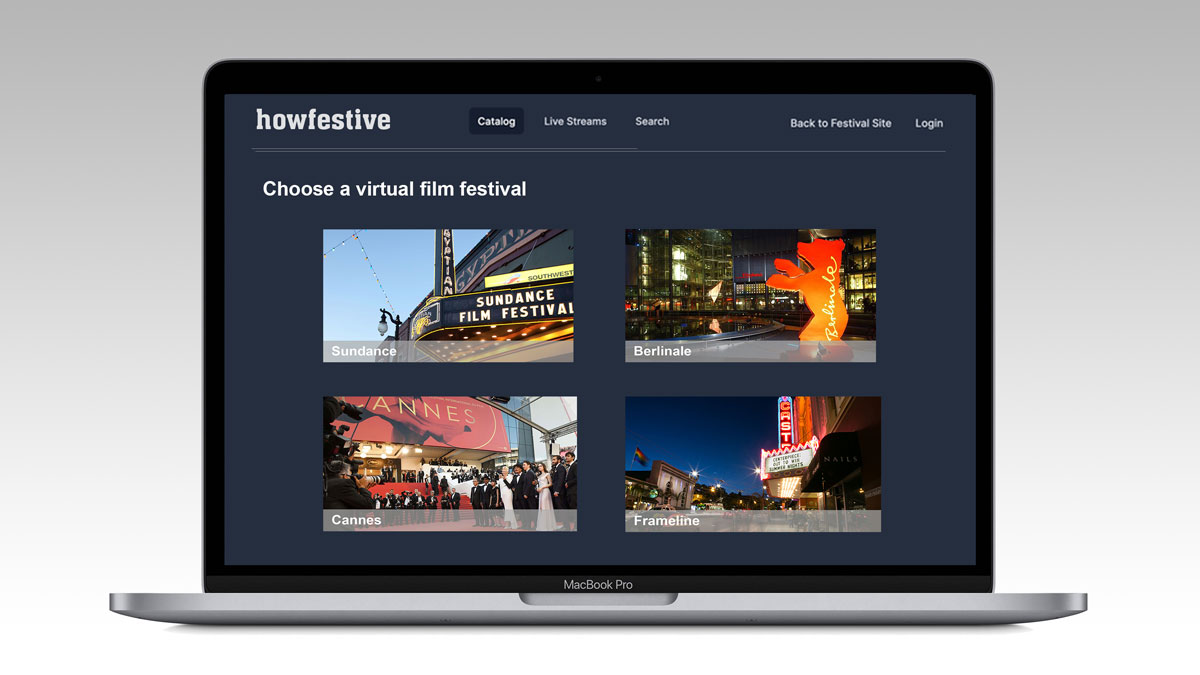
I am just going to say what every professional involved in the film festival business already knows but may have been heretofore afraid to utter in public. The first six months of the 2021 Film Festival Circuit are going to be WAY weirder—and even more chaotic—and ultimately, probably even more difficult, than the first half of 2020.Just think about that for a second: by comparison, 2020 was the normal year.
Consider: 2020 started normally, with the traditional launchpads of Sundance and the Berlinale and smaller showcases like Rotterdam, Palm Springs International, True/False etc. happening undisturbed…which resulted in a bevy of buzzed-about films, a relatively normal acquisitions pool, a business climate most of us were used to, and gave us something to work with. When the Pandemic crashed our parties…hard…in early March, everything just stopped, ceased to exist, and, really, there wasn’t anything we could do about that. Then the engines of innovation kicked quickly in to place, and around early May, we had moved into the new phase, the emergence of the “virtual festivals,” where we sought to replicate everything we had done in the old world…just online. By the end of the first half of 2020, we had even started to enjoy the relative freedom of drive-in screenings and created a new nostalgic norm we’ve been calling “hybrid” ever since.
But here at the top of 2021, they are even cancelling the drive-ins now…that’s how bad the Pandemic is right now (in many places). By comparison to 2020, what we have staring us in the face for 2021 looks like chaotic re-invention, essentially as if all the chips have been thrown in the air and we are waiting to see where they land.
A number of festivals have thrown in the towel and just Canceled, with many more not yet ready to re-occupy their traditional Spring dates because they only just finished their postponed 2020 festivals a couple of months ago in Fall! Nearly all festivals have significantly changed dates, most are virtual or hybrid, most are shorter in duration, nearly all have fewer films, and a large percentage are spread out across MONTHS of time and more closely resemble screening series or “off-calendar” bookings than traditional festivals. Many are now in the VOD-like “virtual cinema” business, directly competing with VOD release windows. Even the product needs are different, there’s less competition for premieres at certain festivals (no choice given the expansion of streaming platforms snatching up films), and there’s a lot of gnashing of teeth about what sells in a virtual environment versus a physical one (whether films should be more or less experimental to compete, whether to rev share or offer flat fees, etc.).
To snapshot the wide variety of changes afoot—just consider the following few festivals who relayed new information to me just today:
PLEASE NOTE: all of this is tentative only…things are changing daily these days and no festival should be expected to hold to what they say now, as there are obviously Pandemic factors outside their control.
Thessaloniki Docs: (normally in March) Likely to be spread out over several months, with the largest part of the Festival probably in early Summer.
Seattle International: (normally mid-May to early June) Canceled in 2020, 2021 dates (April 8 – 18) are more than a month earlier than the usual, all screenings virtual, significantly less films (although still a lot…it’s a huge festival).
RiverRun: (normally mid-April) Now nearly a month later than usual (May 6 – 16), hybrid format planned (some virtual, some physical).
Phoenix International: (normally early March) No firm plans yet for 2021 yet due to just having wrapped the 2020 festival in November, considering screening series in April/May, with possible full festival in June…all plans for physical screenings pending vaccination status of the population.
Of all the changes afoot in 2021, perhaps the most difficult one to fathom right now (particularly as I personally write this from Plague-choked Southern California) are the massive efforts well underway to postpone major festivals to the late Spring/early Summer 2021 weeks (sometime in June), presumably to take advantage of the ameliorating effects of the vaccinations, and also warmer weather to accommodate outdoor venues. This is the most important change we are looking at right now, with the bulk of programming for major festivals like Berlin, Tribeca, Rotterdam, and Full Frame being planned for some time during that late Spring/early Summer period.
Obviously, this wholesale shift of major 2021 festivals all into June will have dramatic impact on the rest of the festivals that usually feed off these film premieres, as well as dramatic impact on the release of films into the marketplace. But of course it also begs the most important question…do we REALLY think we will be free of the specter of COVID-19 by then? Do we really think we can just keep postponing with the hope that someday—not very long from now—we will see a return to something we once called normal?
At least from here today in L.A., where we are setting deadly new records for caseloads every day, I cannot imagine that will be the case, although of course I deeply hope I am wrong. And yet, we cannot just do nothing, as we did for a brief while in 2020…as our year of experience shows that the calendar still turns, release schedules still roll on (although in dramatically revised ways), films still become dated the longer they sit on the shelf, new films come along, and we must continue to do business to survive. And so, we have no choice to continue to try and adapt.
Below is a partial list of 2021 Festivals that we at The Film Collaborative regularly book with, in normal times and now in COVID times, and some of the key ways they are different than 2020, and of course, from pre-COVID days. These Festivals are listed below in what we can call a “traditional chronological order,” meaning based on their 2019 dates…to give you a feel for how much they have already changed.
Amidst the shakeup lies a deeper question, however, whose answer will not be known for several months. Beneath the surface awareness of these well-known festivals lies hundreds, even thousands, of smaller “local” film festivals with business plans and models that may have not survived this transition at all. At this point we know some of them will never reappear, and we can only imagine we will see glimmers of them as they attempt to resurface as conditions change, with varying degrees of success.
If you are a filmmaker or a professional wondering how to adapt to releasing a film onto the Festival circuit in 2021, I can only offer one over-arching piece of advice….do your research from a number of up-to-the-minute sources, ask other people in the field, and try to get in direct touch with the Festival to ask your questions. You will NOT be able to rely on their websites and on FilmFreeway as in the past…many if not most festivals don’t actually know well enough themselves to make the information fully public. Abandon the notion that looking at how it’s “normally” done will be a reliable guide for how it will be done for now. Remember that the chaos brought about by this Pandemic is not over, not by a long shot.
NOTE: Festival Chronology below is in traditional (pre-COVID) date order. The dramatic effect of COVID on this year’s schedule should be evident by comparison below.
NOTE: Anything that RED and BOLD represent schedule changes that have arisen after this article was originally published.
Palm Springs International 2019 Jan 3 – 14 2020 Jan 3 – 12 2021 Canceled International Film Festival Rotterdam 2019 Jan 23 – Feb 3 2020 Jan 22 – Feb 2 2021 Feb 1 – 7 Virtual Part 1 June 2 – 6 Physical Part 2 Sundance 2019 Jan 24 – Feb 3 2020 Jan 23 – Feb 2 2021 Jan 28 – Feb 3 Virtual. Shorter in duration and fewer films. Slamdance 2019 Jan 25 – 31 2020 Jan 24 – 30 2021 Feb 12 – 25 Virtual. Additional small hybrid program planned. Berlinale 2019 Feb 7 – 17 2020 Feb 20 – Mar 1 2021 Mar 1 – 5 Industry-only Online Pushed to June Physical True/False 2019 Feb 28 – Mar 3 2020 Mar 5 – 8 2021 May 5 – 9 Format not yet announced Boulder International 2019 Feb 28 – Mar 3 2020 Mar 5 – 8 2021 Jun 24 – 27 Format not yet announced Thessaloniki 2019 Mar 1 – 10 2020 May 19 – 28 2021 Mar 4 – 14 Online “best of” showcase Jun 24 – Jul 4 Hybrid Format Planned SXSW 2019 Mar 8 – 17 2020 Apr 27 – May 6 Main festival/conference canceled. Special online showcase presented by Amazon. 2021 Mar 16 – 20 Virtual. Shorter in duration and fewer films. Hong Kong International 2019 Mar 18 – Apr 1 2020 Canceled 2021 Apr 1 – 12 Physical format planned CPH DOX 2019 Mar 20 – 31 2020 April Reduced virtual program 2021 Mar 17 – 28Pushed to Apr 21 – May 2Virtual BFI Flare 2019 Mar 21 – 31 2020 Canceled 2021 Dates not yet announced but likely March Virtual Movies That Matter Netherlands 2019 Mar 22 – 30 2020 Mar 20 – 22 Virtual 2021 Apr 16 – 25 Format not yet announced Cleveland International 2019 Mar 27 – Apr 7 2020 Apr 15 – 28 Virtual 2021 Apr 7 – 20 Virtual format planned New Directors/New Films 2019 Mar 27 – Apr 7 2020 Dec 9 – 20 Virtual 2021 Dates not yet announced Wicked Queer: Boston LGBT 2019 March 28 – Apr 7 2020 Jul 24 – Aug 2 Virtual 2021 Apr 9 – 18 Virtual Full Frame 2019 Apr 4 – 7 2020 Canceled 2021 Jun 2 – 6 Format not yet announced Visions Du Reel 2019 Apr 5 – 13 2020 Apr 17 – May 5 Virtual 2021 Dates not yet announced Sarasota Film Festival 2019 Apr 5 – 14 2020 Apr 27 – May 3 Virtual 2021 Apr 30 – May 9 Format not yet announced San Francisco International 2019 Apr 10 – 23 2020 Canceled 2021 Apr 9 – 18 Hybrid format planned Doc 10 Chicago 2019 Apr 11 – Apr 14 2020 Postponed 2021 Dates not yet announced Dallas International 2019 Apr 11 – 18 2020 Postponed 2021 Jun 25 – Jul 2 Ashland Independent 2019 Apr 11 – 18 2020 Apr 16 – 23 Virtual 2021 Apr 15 – 29 Hybrid format planned Tribeca 2019 Apr 24 – May 5 2020 Canceled 2021 Jun 9 – 20 Format not yet announced. Likely hybrid. Torino LGBT 2019 Apr 24 – 28 2020 Oct 22 – 25 Virtual 2021 Dates not yet determined Hot Docs 2019 Apr 26 – May 6 2020 May 28 – Jun 6 Virtual 2021 Apr 29 – May 9 Hybrid Format Planned Off Camera Poland 2019 Apr 26 – May 5 2020 Sep 11 – 25 Virtual 2021 Dates not yet announced Bentonville 2019 May 7 – May 11 2020 Aug 10 – 16 Hybrid 2021 Dates not yet announced Against Gravity Poland 2019 May 10 – 26 2020 Sep 4 – 13 Physical Sep 19 – Oct 4 Virtual 2021 May 14 – 23 Physical May 27 – Jun 13 Virtual Cannes 2019 May 14 – 25 2020 Canceled 2021 May 11 – 22July 6 – 17No format yet announced Seattle International 2019 May 16 – Jun 9 2020 Canceled 2021 Apr 8 – 18 Virtual DocAviv 2019 May 23 – Jun 1 2020 Sep 3 – 12 2021 May 20 – 29 No format yet announced Telluride Mountainfilm 2019 May 24 – 27 2020 May 15 – 25 Virtual 2021 May 28 – 31 Physical May 31 – Jun 6 Virtual Doc Edge New Zealand 2019 May 30 – Jun 9 Auckland 2019 Jun 13 – 23 Wellington 2020 Jun 12 – Jul 5 Virtual 2021 May 27 – Jun 27 Hybrid format planned Provincetown International 2019 Jun 12 – 16 2020 Jul 16 – 19 Drive – in 2021 Jun 16 – 25 Physical format planned Frameline: San Francisco LGBT 2019 Jun 20 – 30 2020 Jul 6 – Jul 15 Virtual 2021 Jun 17 – 27 Virtual New Zealand International 2019 Jul 26 – Aug 14 2020 Jul 24 – Aug 9 Virtual 2021 Dates not yet announced Milwaukee International 2019 Oct 17 – 31 2020 Oct 15 – 9 Virtual 2021 May 6 – 20 Virtual Jeffrey Winter January 9th, 2021
Posted In: Uncategorized
Next Page »Dancing With The Real Sway: The making and releasing of “The Song of Sway Lake”
We invited longtime TFC friend Ari Gold to muse about his experience making and distributing his latest film, The Song of Sway Lake.
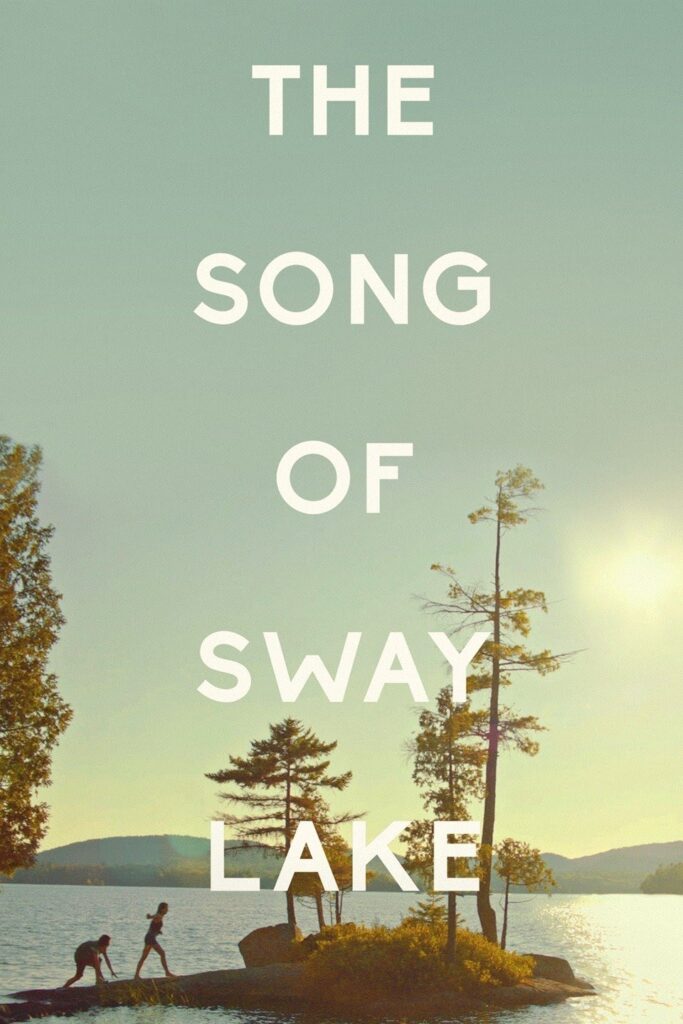
When I set out to make “The Song of Sway Lake,” I figured it would be a quick summer movie—designed to be shot in one location with mostly natural light—a cheap “practice movie” to get myself back into the groove of working with actors after my first film.
My co-writer Elizabeth Bull and I both loved the intellectual-romantic movies of Éric Rohmer that were set in a stunning vacation zone that provided beauty to a filmmaker who could only afford to choose shots wisely. But we also had our own American way of thinking, so of course our script became something completely different: a love triangle about family, nostalgia, theft, the lost jazz of the 1930s, and a young Russian’s passion for a much older woman. But it retained its eye towards being able to be shot very cheaply and still feel big and beautiful.
Spending summers in the Adirondacks as a kid, I was fascinated by this place that seemed to exist outside of time. On the lakes lived a declining American royalty. Along with having unfair privilege, its members were saddled with emotional paralysis. Still, I was jealous of those private lakes. For me, the “real sway” was always out of reach. Maybe I could get the life I wanted by recreating it in this movie—and traveling the world as a glamorous European style film director!
I knew that casting carefully was crucial to my success, and I figured that providing a rich and sexy role to a woman in her 70s or 80s would give me access to a neglected but glamorous movie star for a price I could afford. That’s a key with getting big actors into indies—give them chance to do something that mainstream Hollywood doesn’t.
However, low rates can lead to slow responses, and our casting director (who was also being paid a low rate) didn’t actually bother to send out my offers and inquiries. Realizing summer was rapidly approaching, we replaced the negligent casting director, and a great new one, Jessica Kelly, sprinted in to cast the film under the gun. With only weeks before the warm weather ended, we had to go by instinct, and I took the risk of casting an Irishman to play the Russian, since Robert Sheehan was the only actor of any nationality who seemed to understand the seriocomic aspects of a character we’d written based on a wild man friend from St. Petersburg. Seeking an immigrant whose adoration of a fabled America meets reality in the Sway family, a real Russian director helped me feel confident that Robert Sheehan was our man.
 For the character of the broken family heir Ollie Sway, we needed an actor who could carry the shock of family trauma on his face, and found it in Rory Culkin. And for the role of the matriarch Charlie Sway, which demanded icy majesty, sensual beauty, and hidden layers of feeling, we were lucky to find Mary Beth Peil—who came in at the last minute, with a cheerful and super-pro attitude (from lots of TV and stage experience) that was able to help us through indie nights without heaters or electricity.
For the character of the broken family heir Ollie Sway, we needed an actor who could carry the shock of family trauma on his face, and found it in Rory Culkin. And for the role of the matriarch Charlie Sway, which demanded icy majesty, sensual beauty, and hidden layers of feeling, we were lucky to find Mary Beth Peil—who came in at the last minute, with a cheerful and super-pro attitude (from lots of TV and stage experience) that was able to help us through indie nights without heaters or electricity.Every movie thinks it doesn’t have enough money. Shooting a low budget film can be crazy making, but it also can help a small crew feel like they’re all on the same team. We filmed on Blue Mountain Lake, New York, pretending that the entire lake was once a glamorous private estate, and its residents played along. The schedule was in constant flux as we danced to the ever-changing weather, which was written intricately into the plot—but never quite on the days we planned.
Plenty of adventures were there for the summer camp atmosphere. I’ll never forget rowing under the moon for a secret midnight conversation with Elizabeth Peña, who played the resentful family maid. Elizabeth asked me to consider adding a secret about her character: that she’d had an affair with the patriarch “Captain Sway” decades before. I loved it and suggested new dialog to tease her secret to the audience. “I’ll play a secret better if no one knows it,” Elizabeth said. What a rare actor to ask for less lines! Her loss is a huge one.
By the time our four weeks of shooting were up, I felt that we’d triumphed by finishing on time and on budget. I didn’t expect what happened next: my brother Ethan, who was composing the essential jazz score, suffered a traumatic brain injury; our rough-cut was politely turned down by my old standby Sundance; and my support-team moved on to other projects.
Suddenly I was sitting alone with an unfinished film and no prospects. It’s hard even for me to admit this, but I then spent several years, on and off, cutting and re-cutting the movie to figure out how to resurrect its rhythm, while my brother worked his way back to health—and finally to an ability to create the beautiful orchestral-jazz score that was essential to the story.
Music is a boobytrap that yanks us into the past, which can be intoxicating or toxic, depending how we process it. But feeling I’d orphaned the film and my own aspirations, I sunk into a depression. I didn’t have proper funds to finish the movie, without a festival acceptance to give my investors confidence; I couldn’t get into a festival without proper funds to complete it. Classic Catch-22!
Nostalgia and trauma are often linked. My characters were in it, as was I. Two days into my first silent meditation retreat, the image of a sinking wristwatch shot into my mind. I didn’t understand what it meant. When I emerged, I realized that this vision was both my life’s greatest challenge and the meaning of my film. I was linked to the three main characters not by biography, but by the struggle to let go of my mistakes. I had to look at my characters: Charlie Sway, a glamorous matriarch in her seventies, seeks her own past; her burdened grandson Ollie seeks the past’s perfection only to destroy it; and the outsider, Nikolai, wants to steal someone else’s past as his own. I was also stuck on the past, trying to relive it or destroy it or steal it.
 Understanding that this sinking watch was the missing shot, I got a watch on eBay, used my iPhone to film it sinking in a local pond, did some VFX for it to match the lake water, and with this simple change and a new voiceover recorded on my bed with the noble Brian Dennehy, was able to complete the film and get it into the Los Angeles Film Festival.
Understanding that this sinking watch was the missing shot, I got a watch on eBay, used my iPhone to film it sinking in a local pond, did some VFX for it to match the lake water, and with this simple change and a new voiceover recorded on my bed with the noble Brian Dennehy, was able to complete the film and get it into the Los Angeles Film Festival.We had great reviews–riding on 100% on Rotten Tomatoes, as long as the reviewers knew we were a tiny film—but no sales agents came to the screening. Feeling great about the reaction but scared about the finances, I accepted an invitation to be the opening night film at a festival on the island of Mallorca, Spain. Eight hundred people showed up—more great press!—and I sat with Oscar winner Paul Haggis to hear the thunderous applause. Surely this would mean I’d get the film out! But still, no one in the industry cared. Paul commiserated, and made a subtle suggestion: cut another ten minutes from the movie.
Terrified to open that can of worms, I rolled the dice with an editor friend, to see what we could do to unlock the mixed and colored cut and shave off 10% of the film. Three laborious months later, I began to swap the new cut into dozens of festivals, from Emir Kusturica’s Kustendorf festival in the mountains, to a Chinese festival, all of which were now playing and awarding the film with prizes. Still, even with Paul’s help, no distributor wanted to touch a European-style American movie about nostalgia—even with some sexy nudity and a pile of festival trophies. “Americans critics aren’t going to get it,” I was told. At one industry screening, we were told that “for a $20 million movie, it’s very gentle.” When we told them that we’d spent well below one million, people were totally confused. “But it looks so expensive!”
Realizing that for my own sanity I had to make the film available to regular people—and gamble that I could make some kind of return for my investors—we granted world-sales rights to a company called Kew Media, and worked with The Film Collaborative and The Orchard to release it in theaters in my home country. Kew made a bunch of small sales in the countries we’d had screenings, but in the States, despite massive work by our tiny team, we could barely get anyone to notice the film except a few hostile reviewers who reluctantly watched it on their laptops. The market was in a state of massive change, and these years of work got chewed into the wheels. Then, worst of all, Kew Media declared bankruptcy without having paid a single penny of my earnings. I learned the hard way that one has to be relentless about invoicing your own partners, and my team also learned the hard way that no one is to be trusted until they write you a check.
However, the movie is now available all over the world. Ever so slowly, fans are trickling into Instagram, some telling me it’s their favorite movie of all time. All my pain and nostalgia for the old world of cinema as an art form is there on the screen—and in the movie itself. I stuck to my guns and got the film into the universe, and I am finally “dancing with the real sway”—which the movie told me to do from the beginning. Sometimes our creative dreams are telling us the truth.
admin September 11th, 2020
Posted In: Uncategorized

